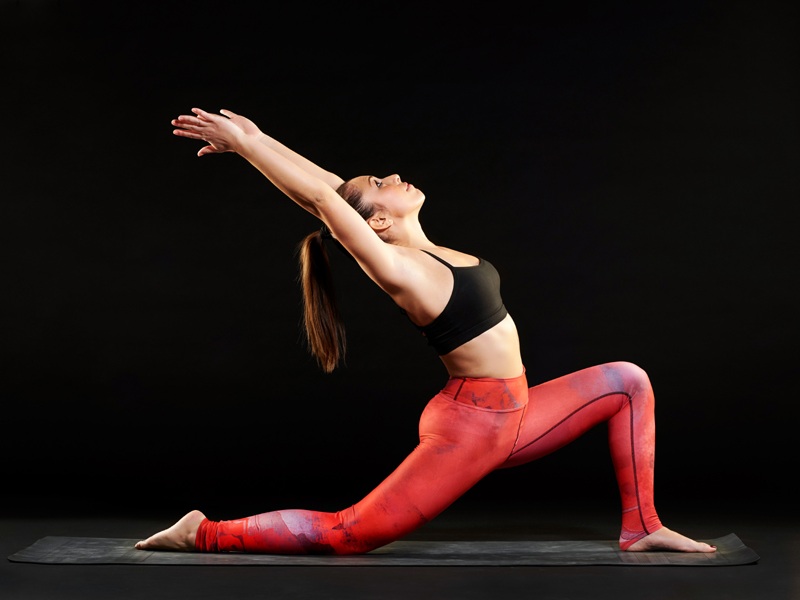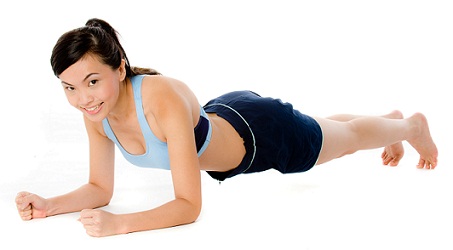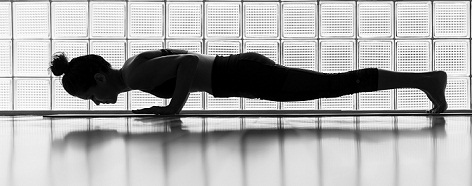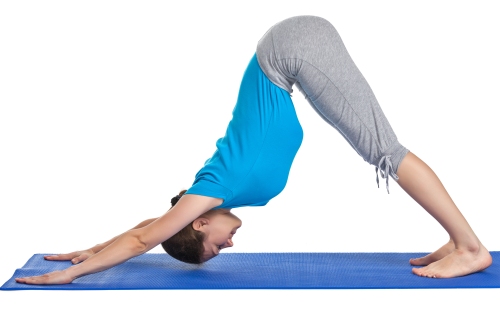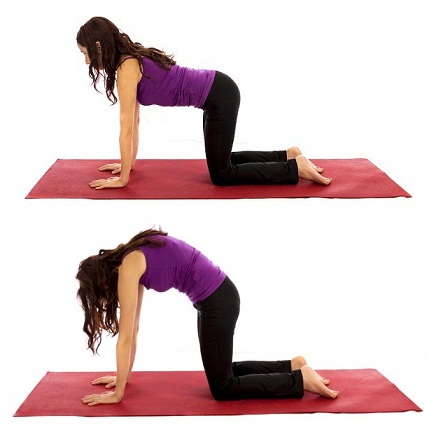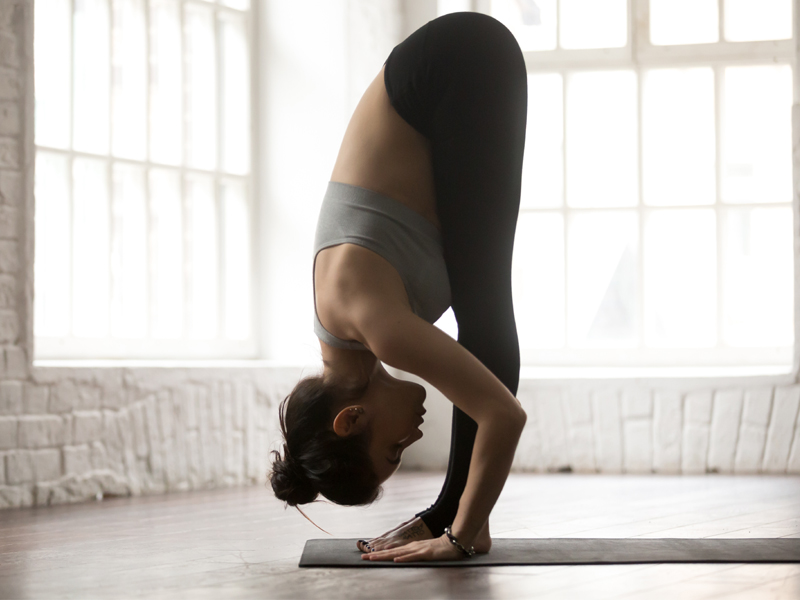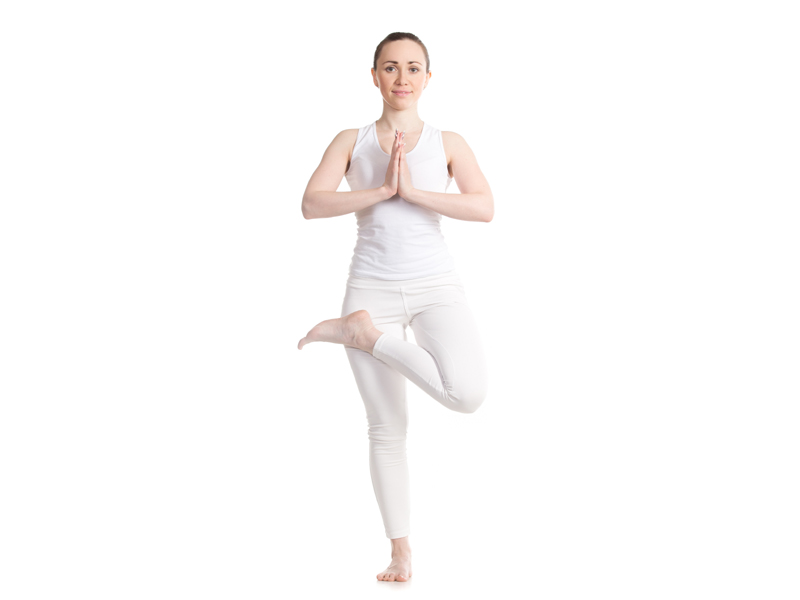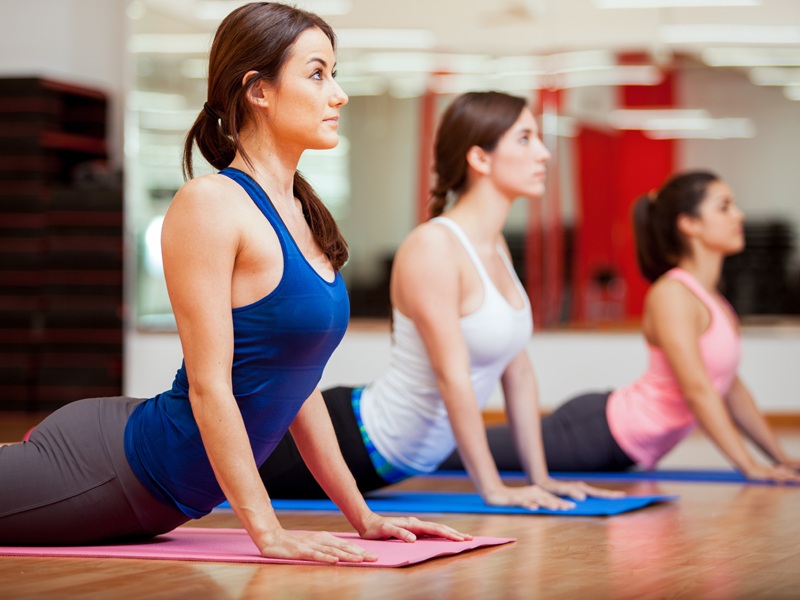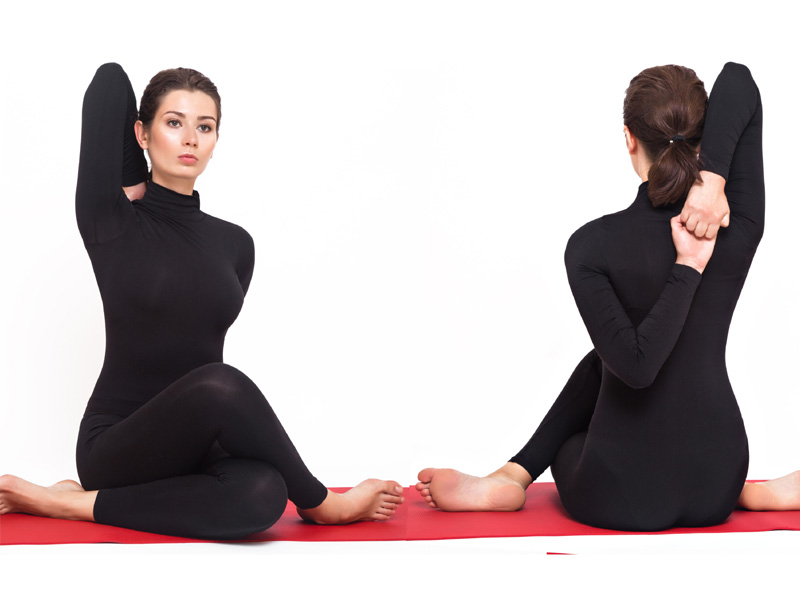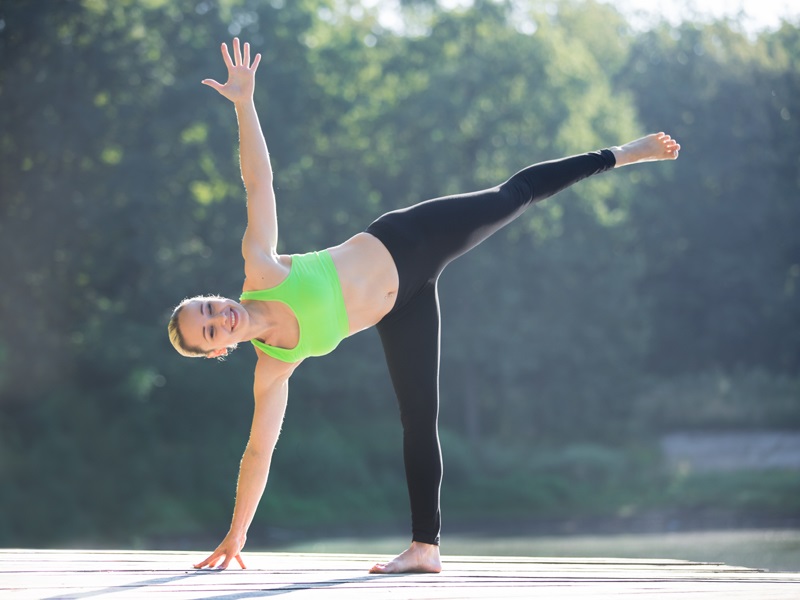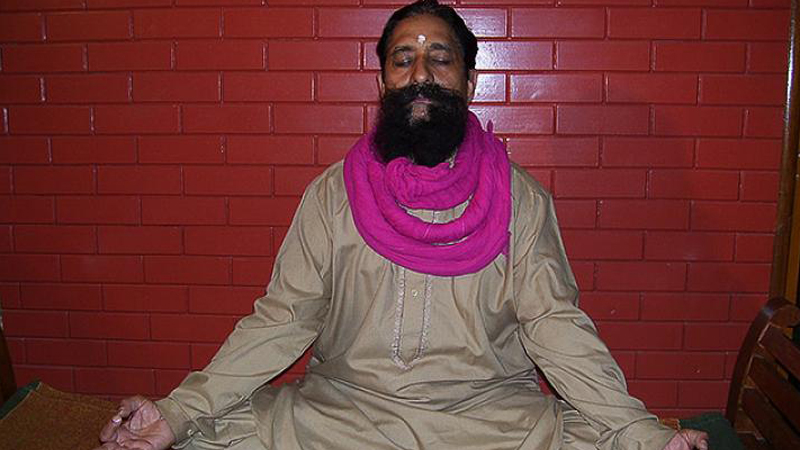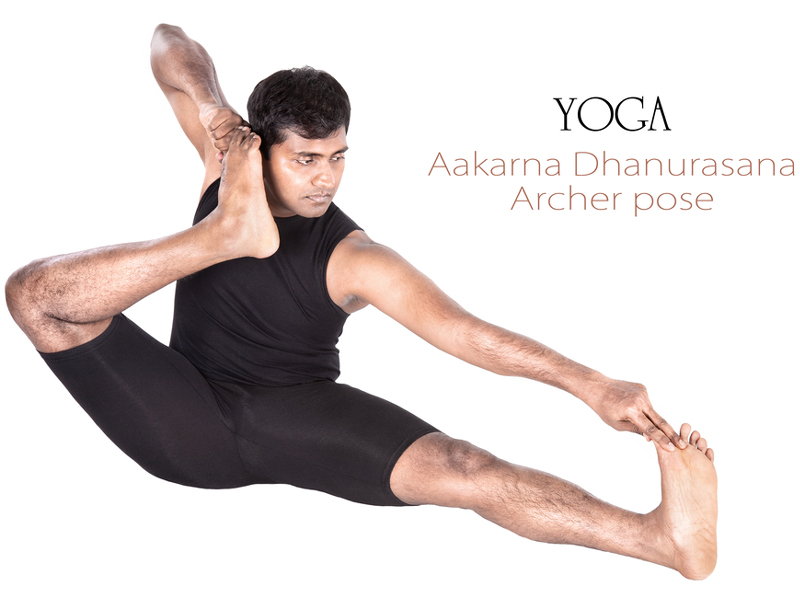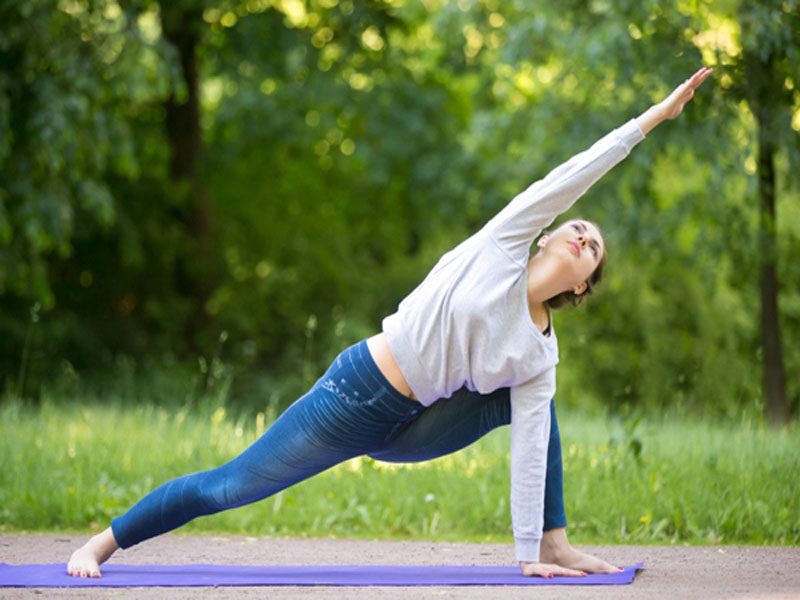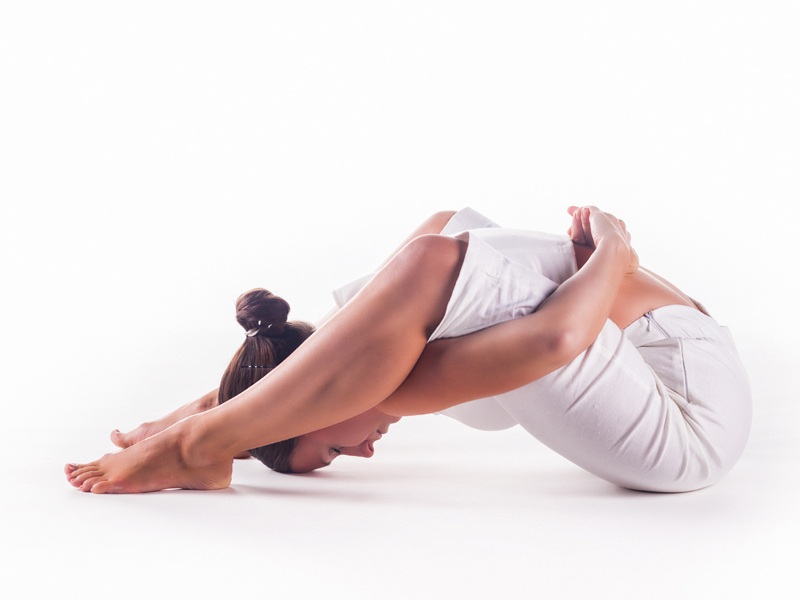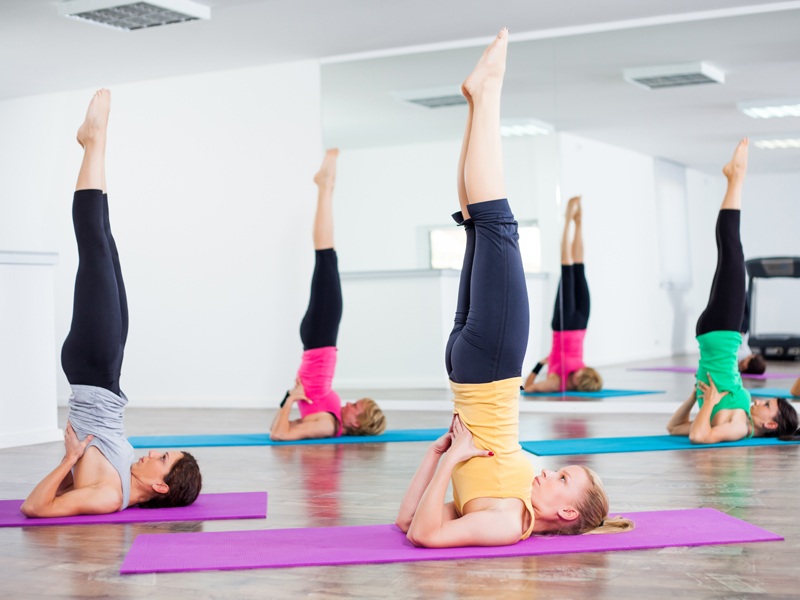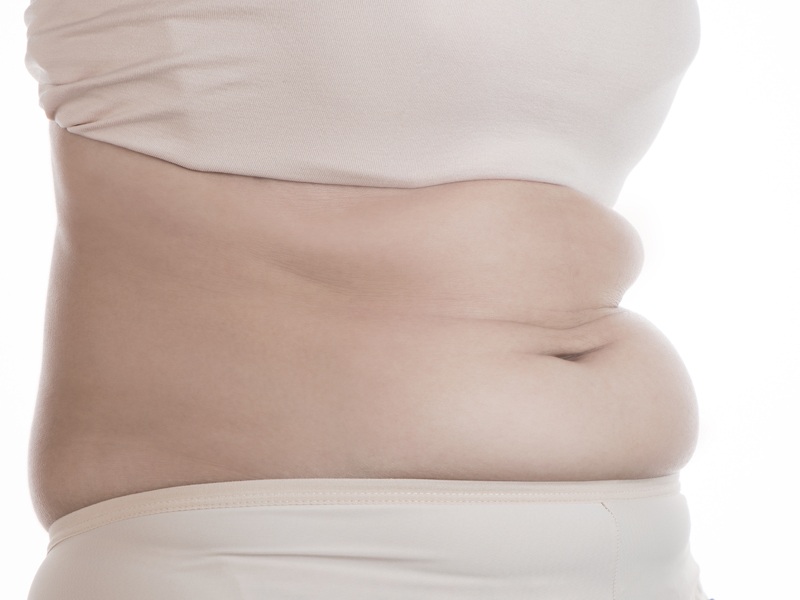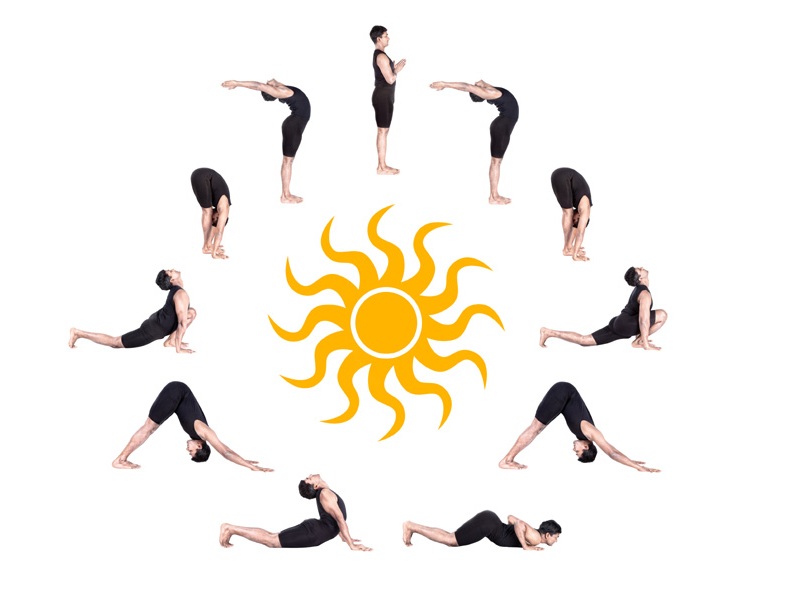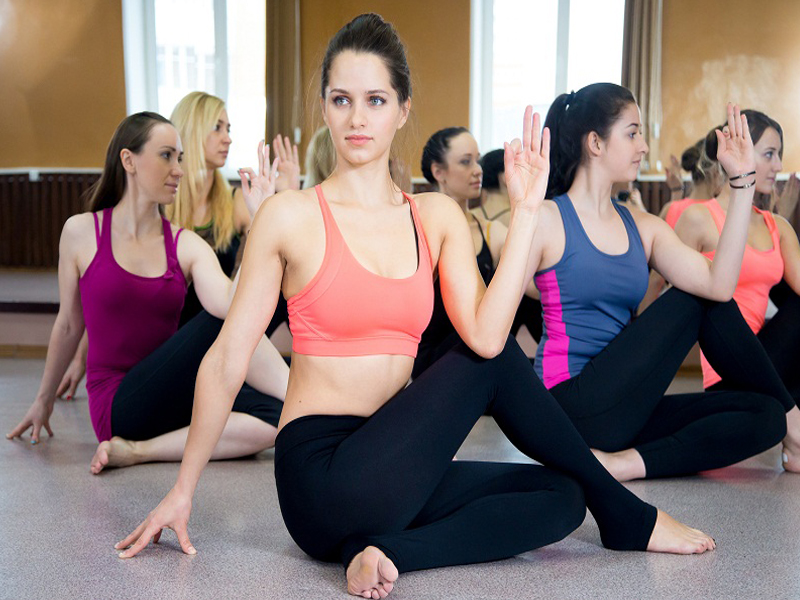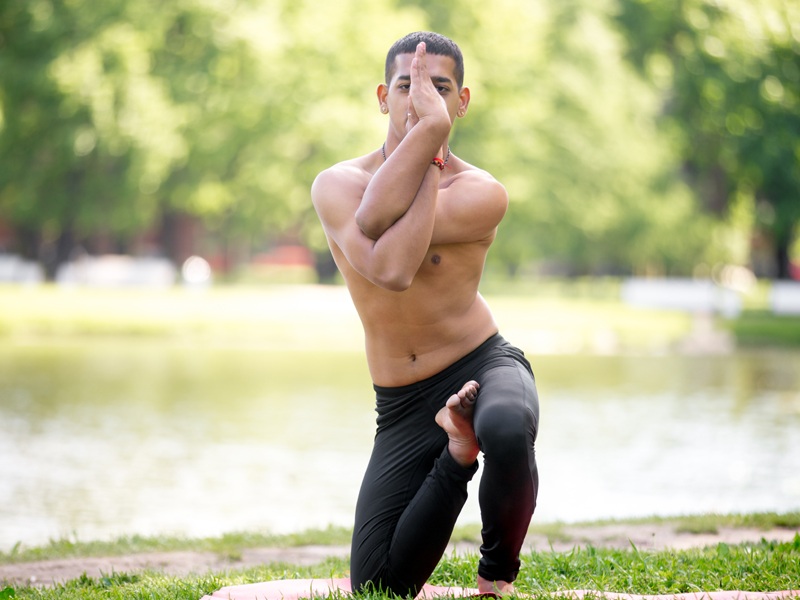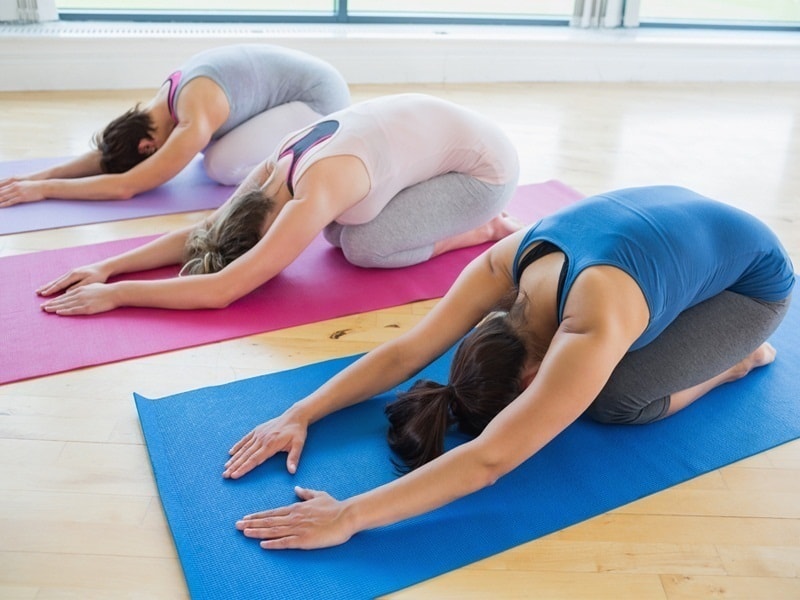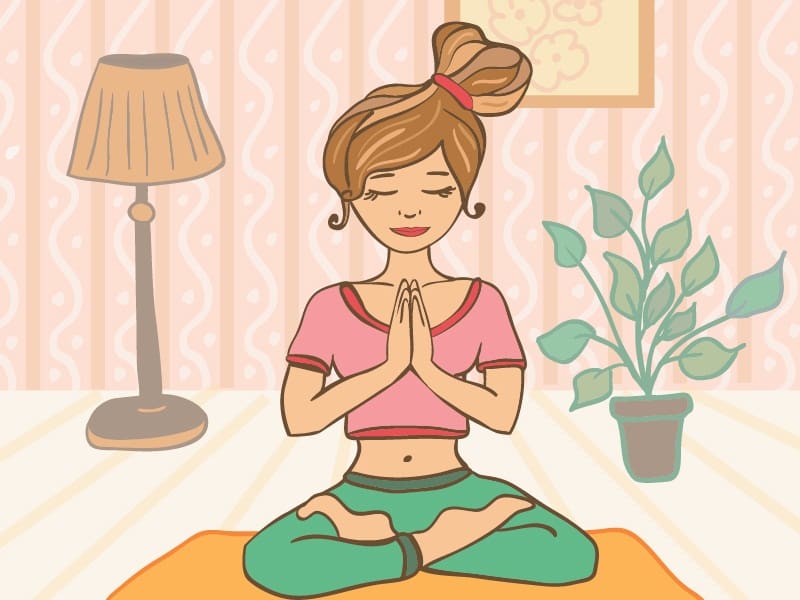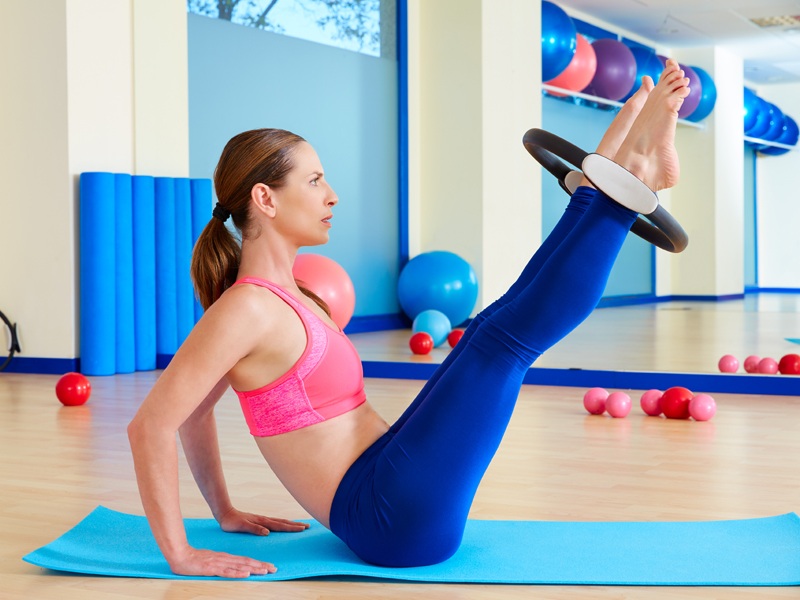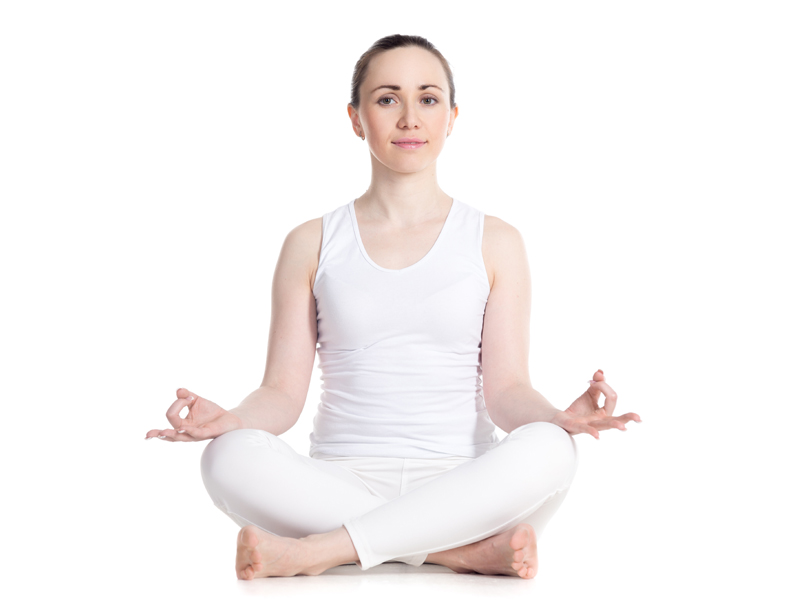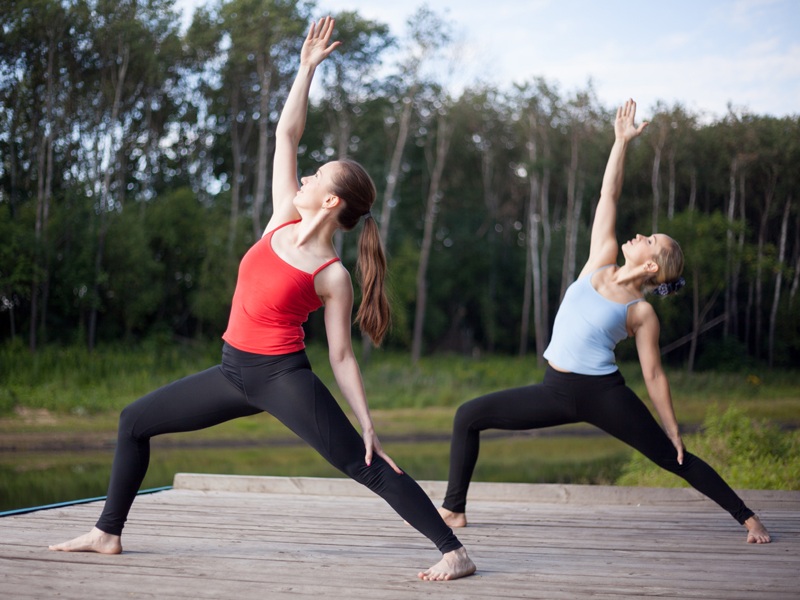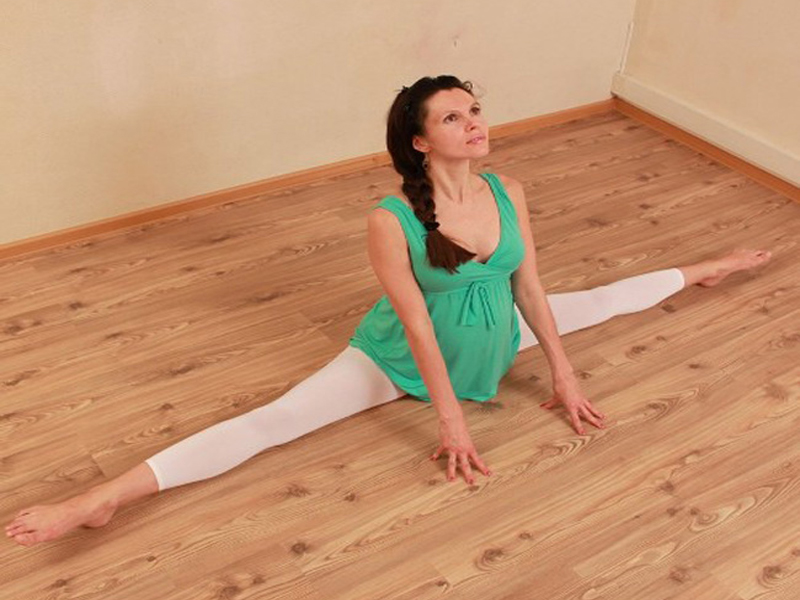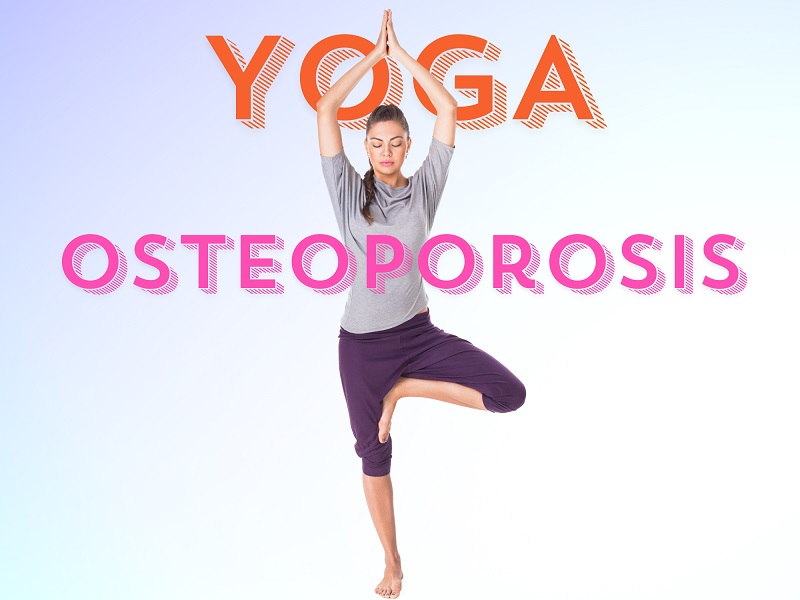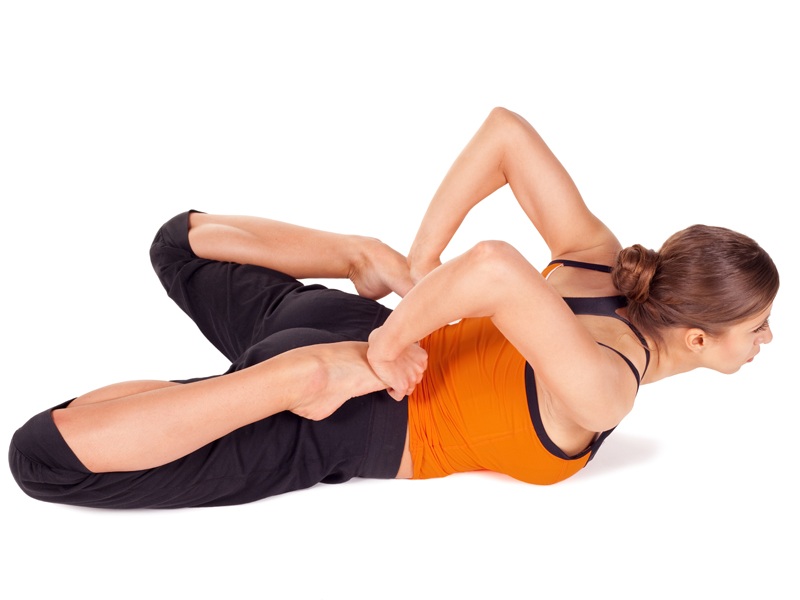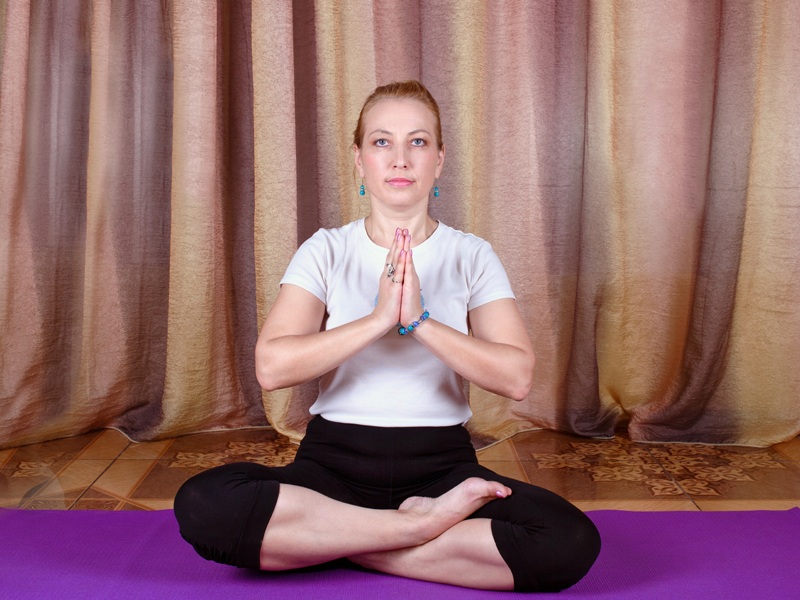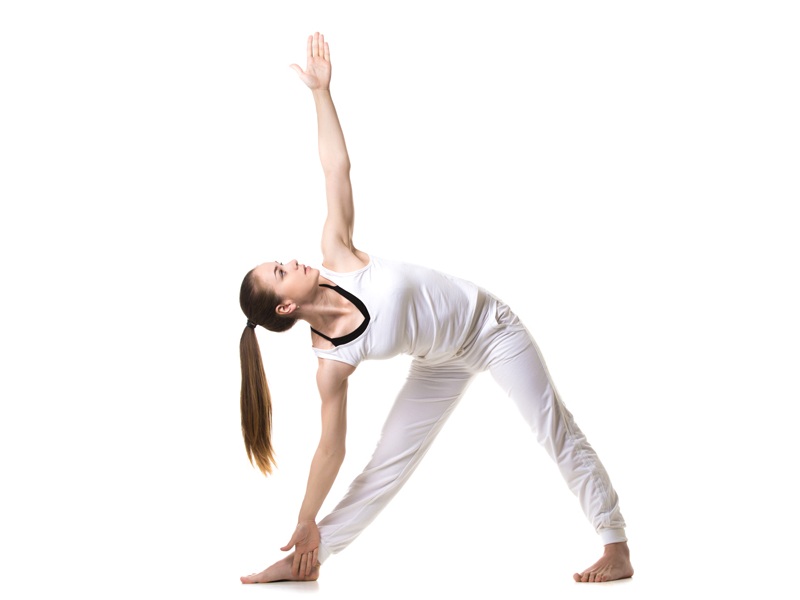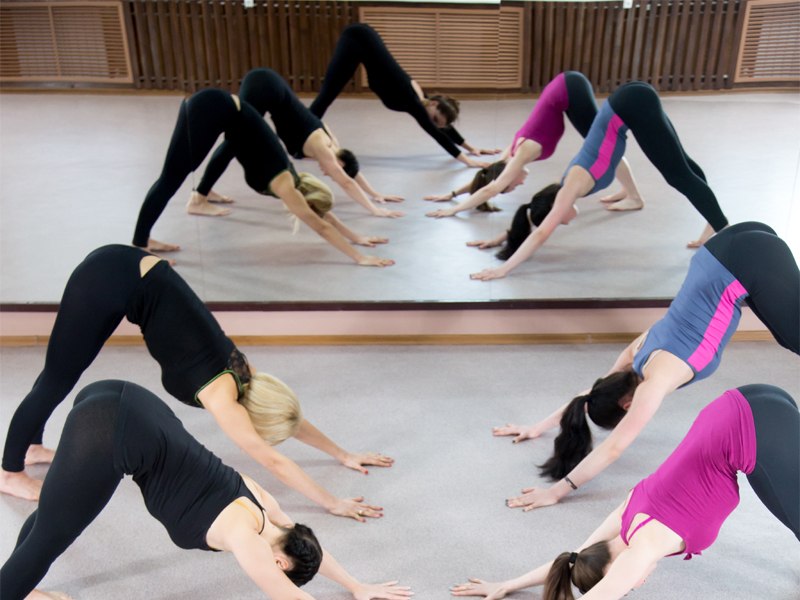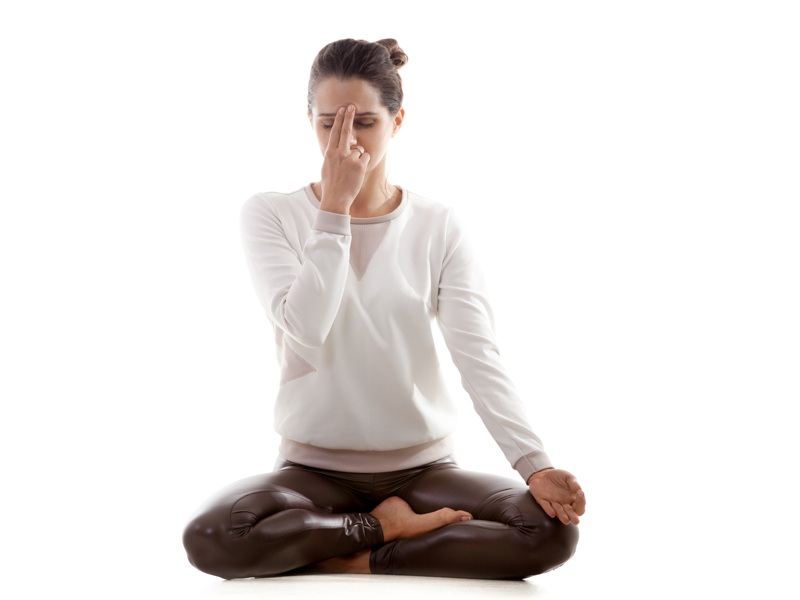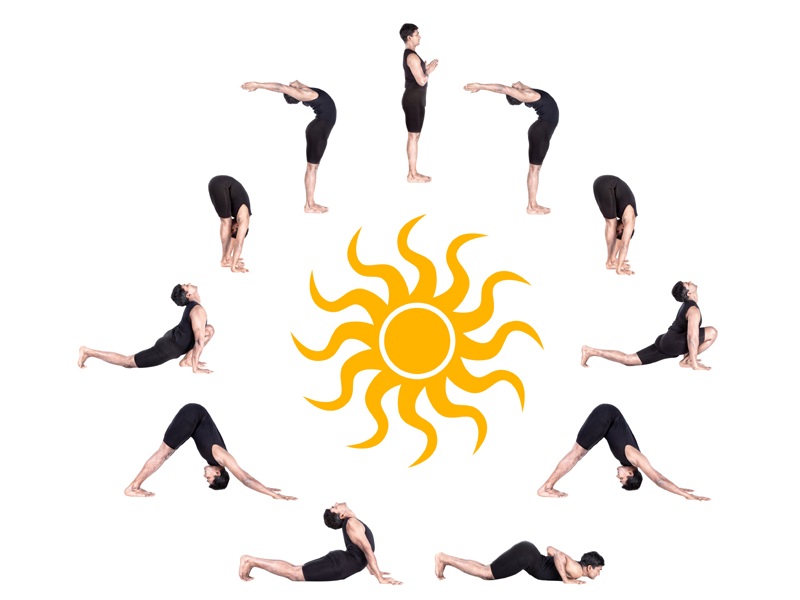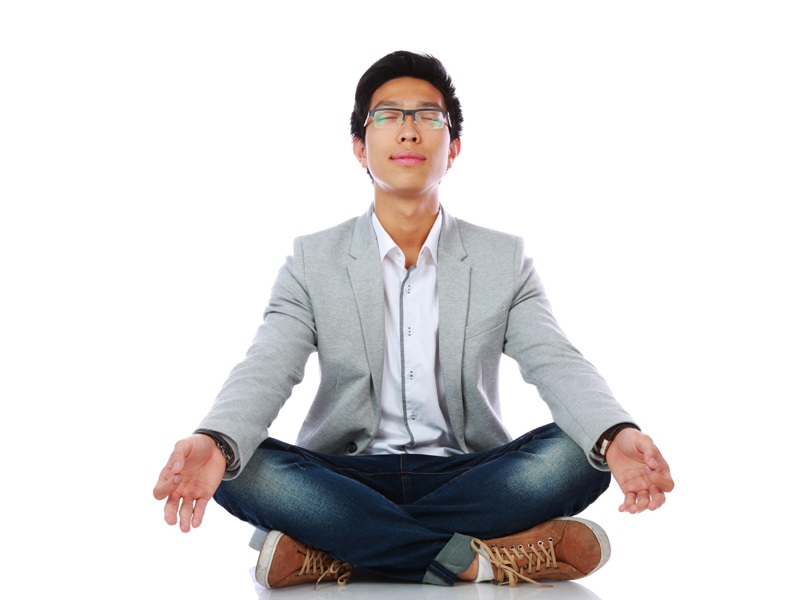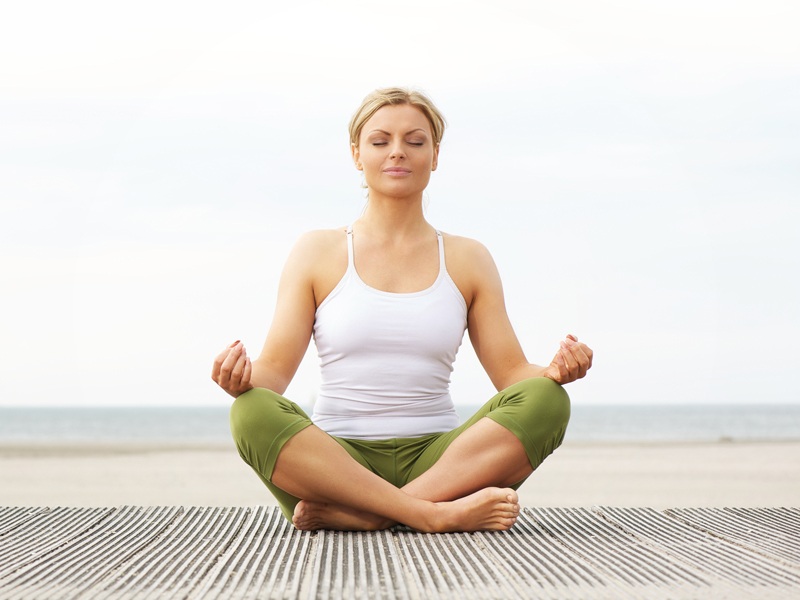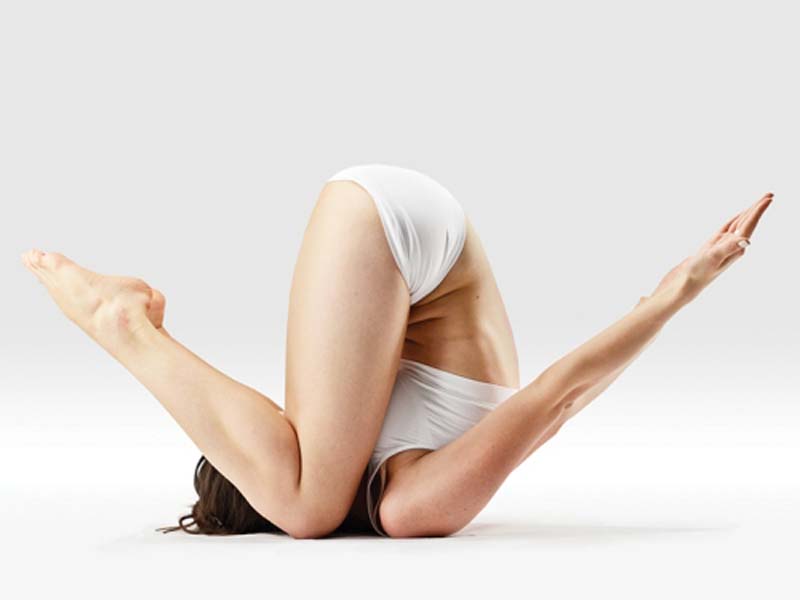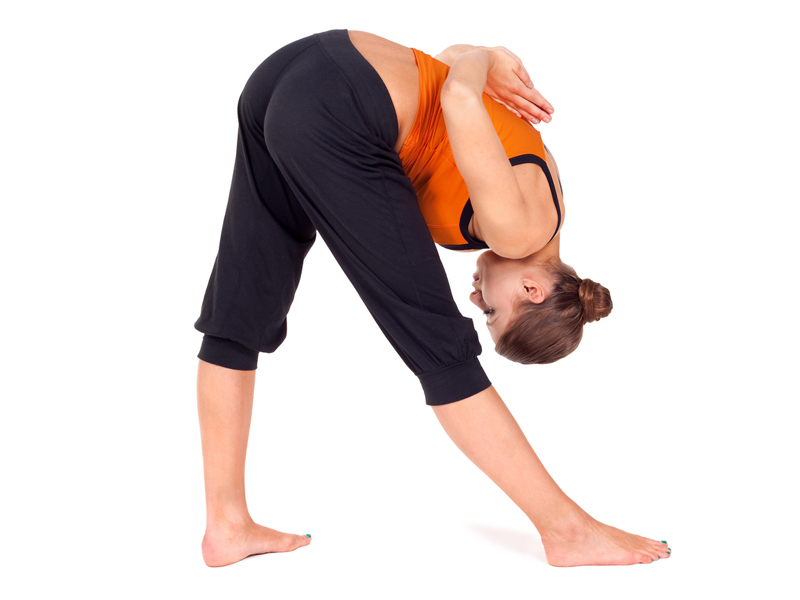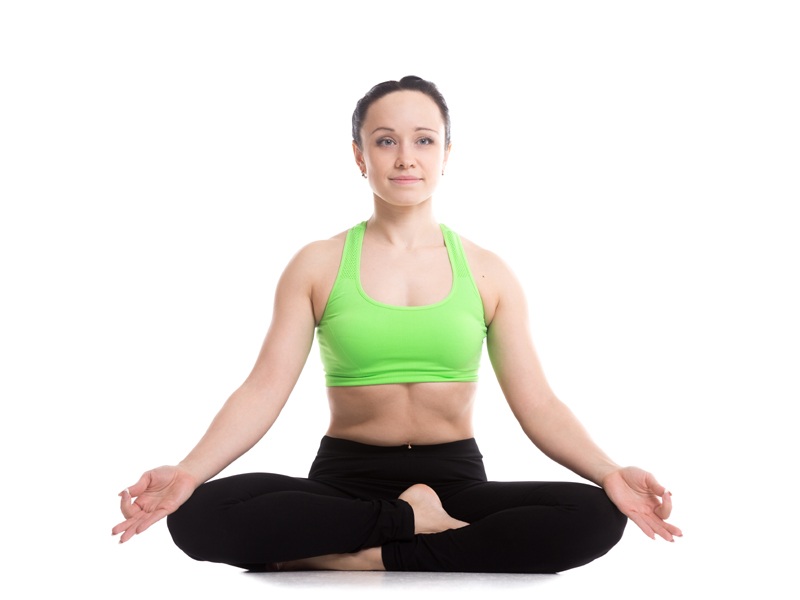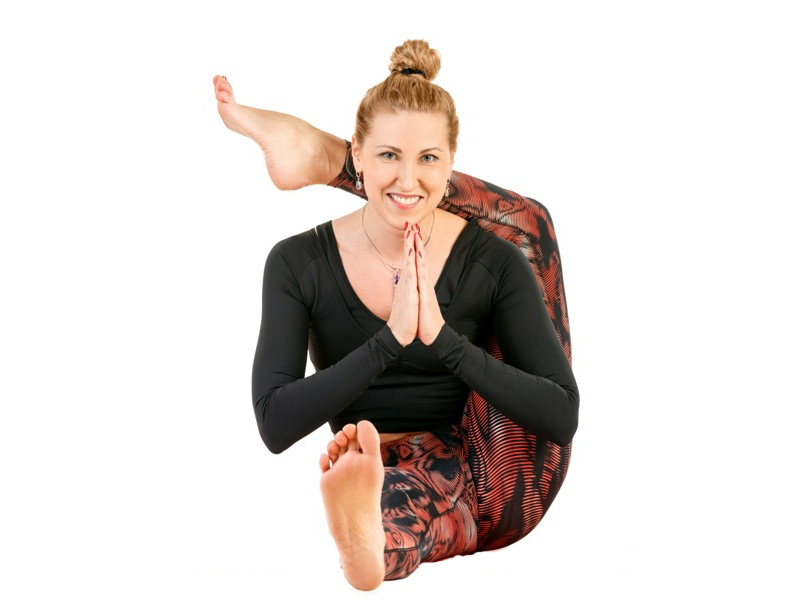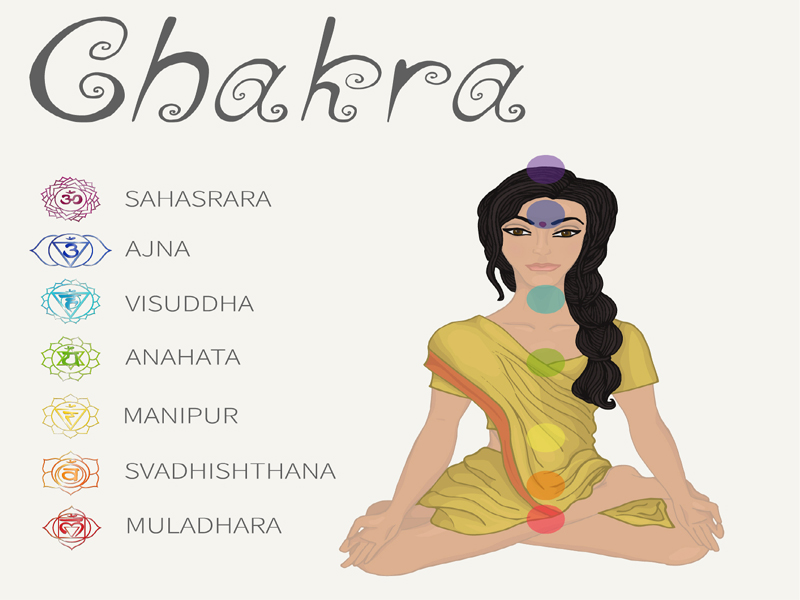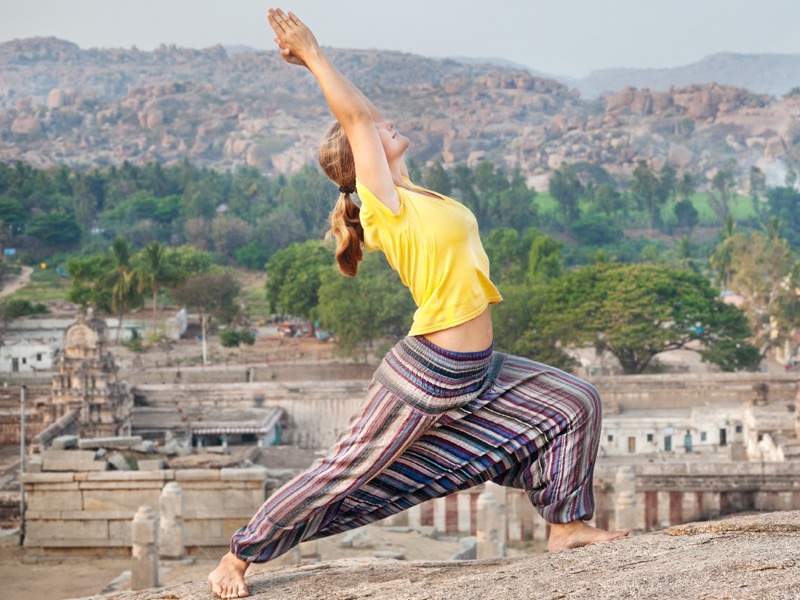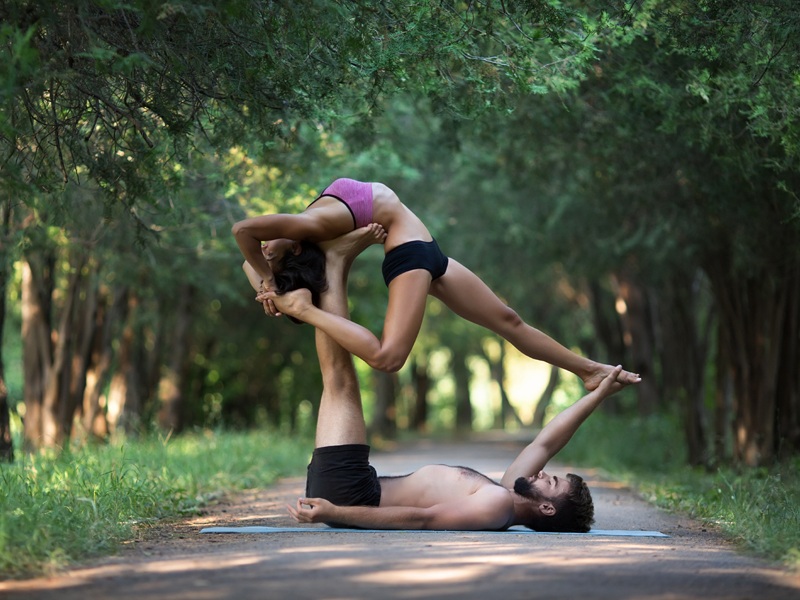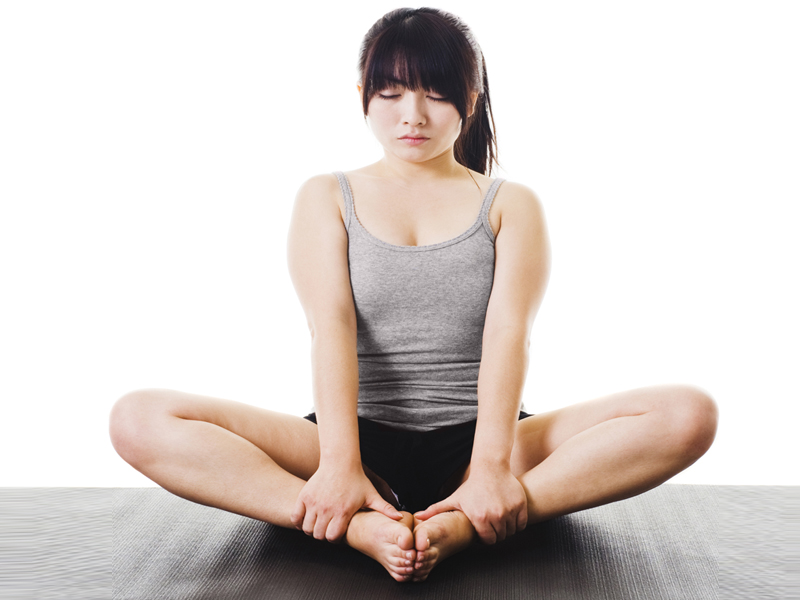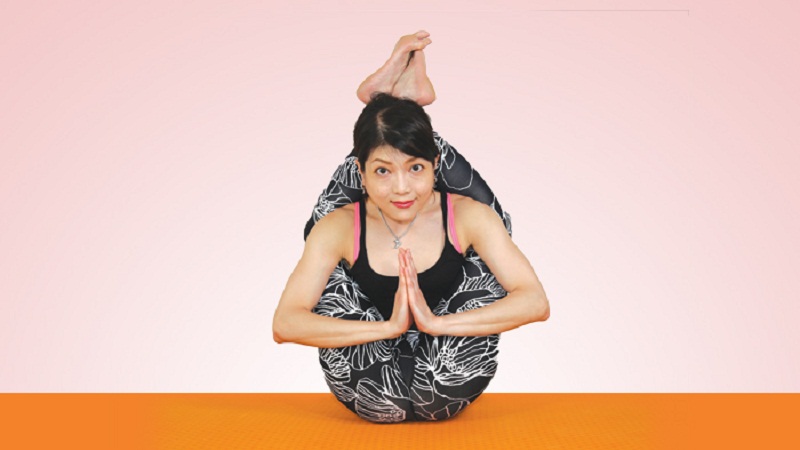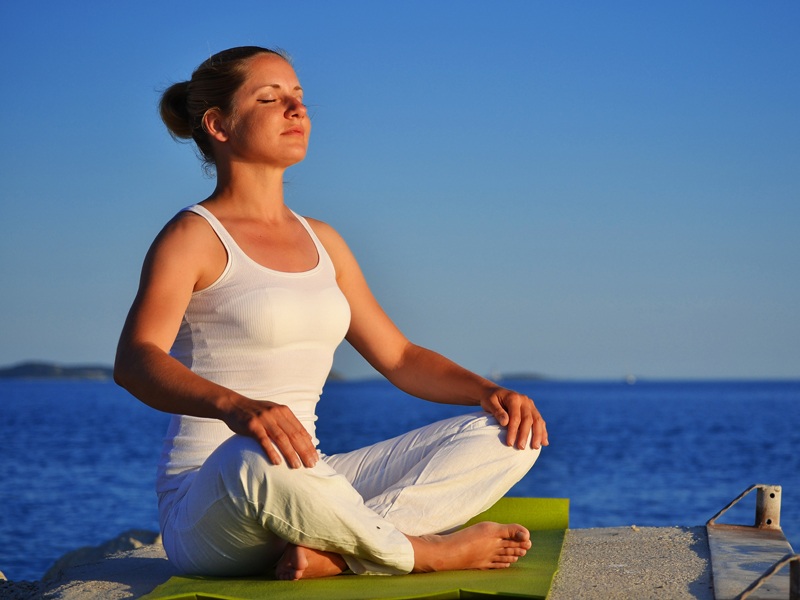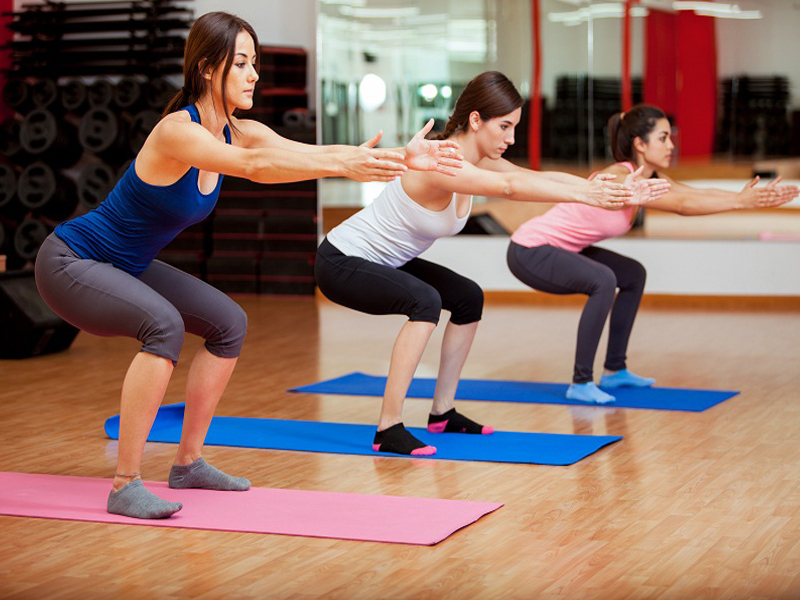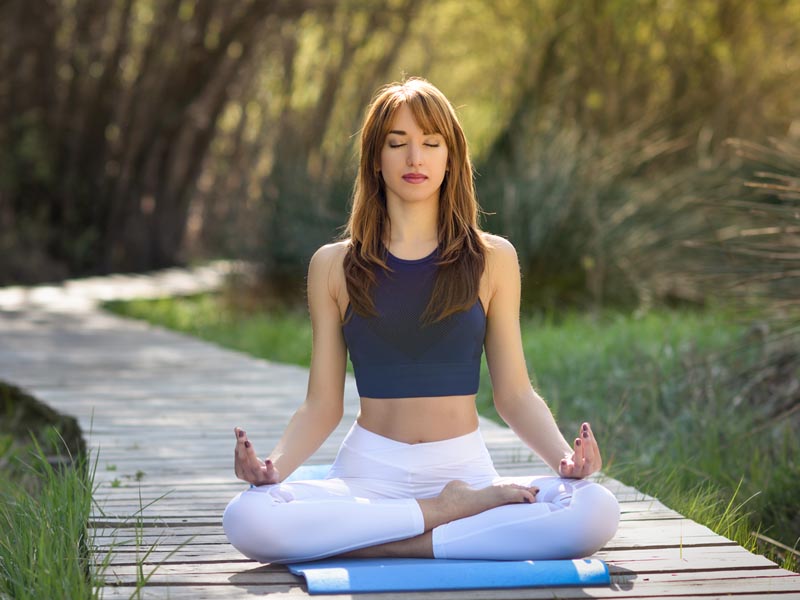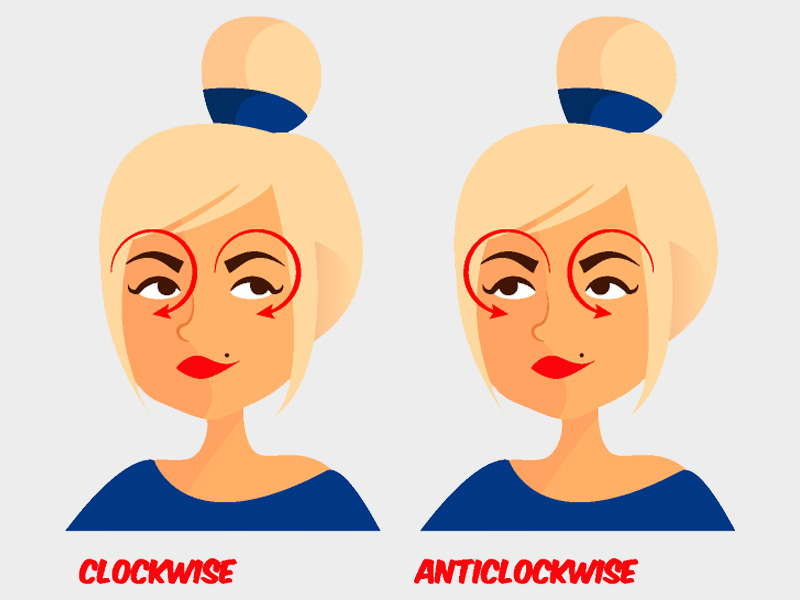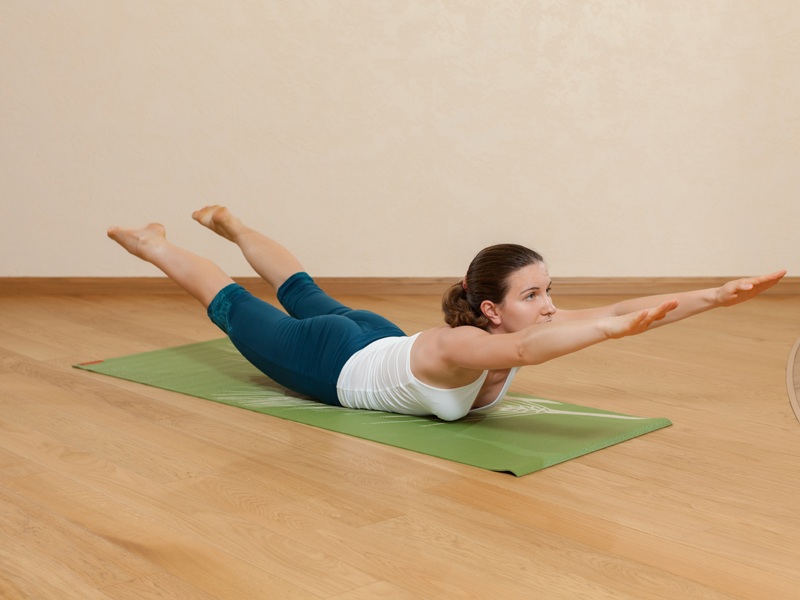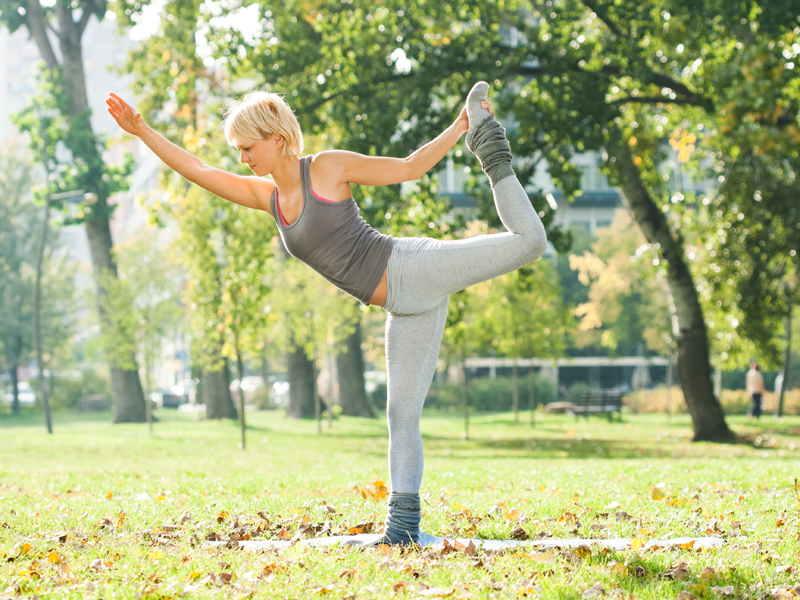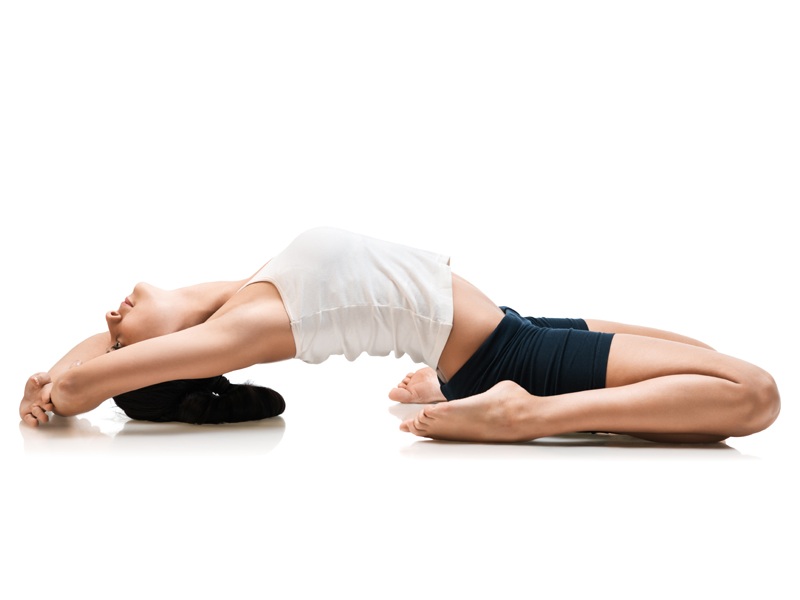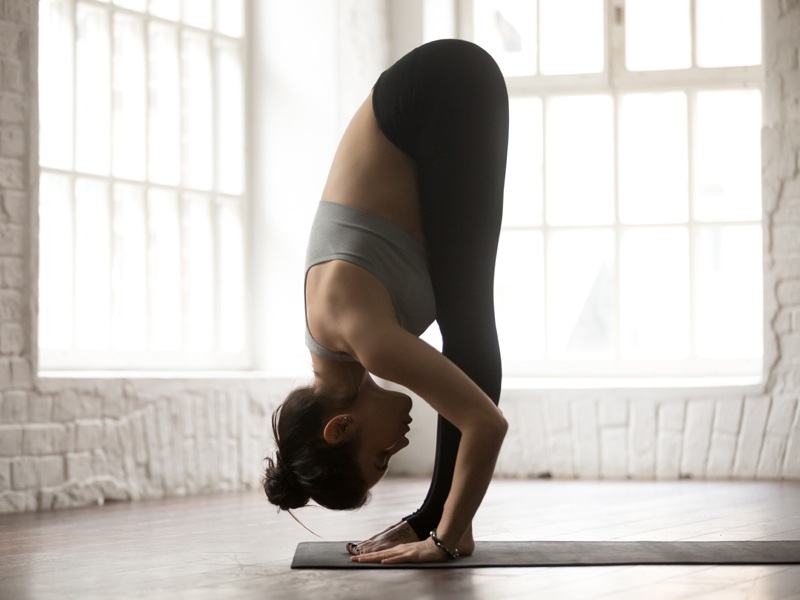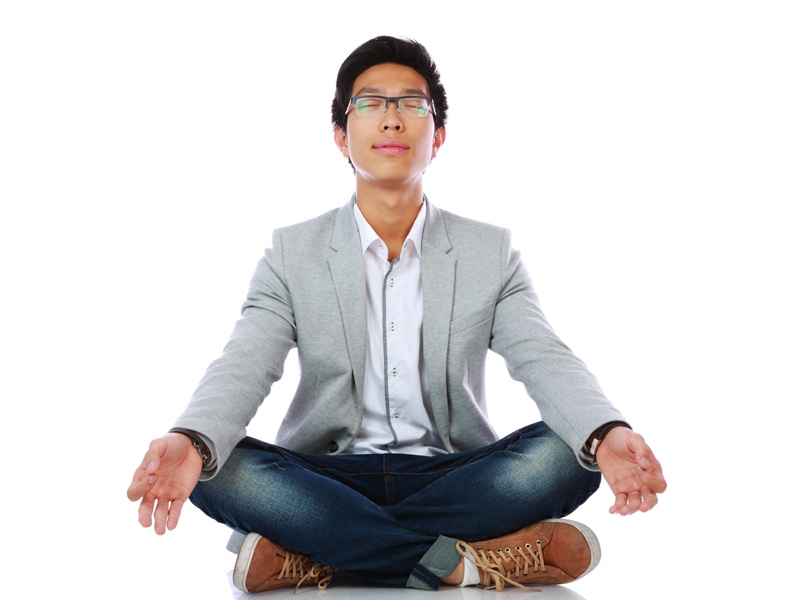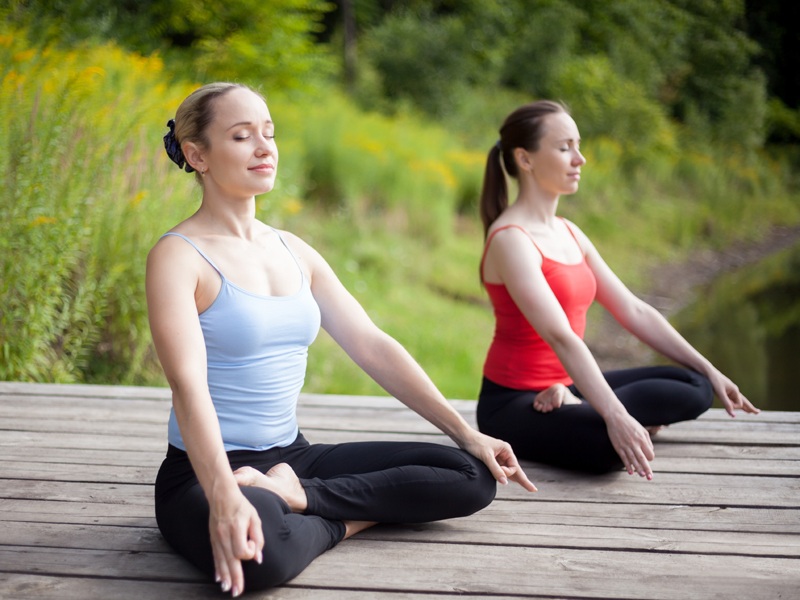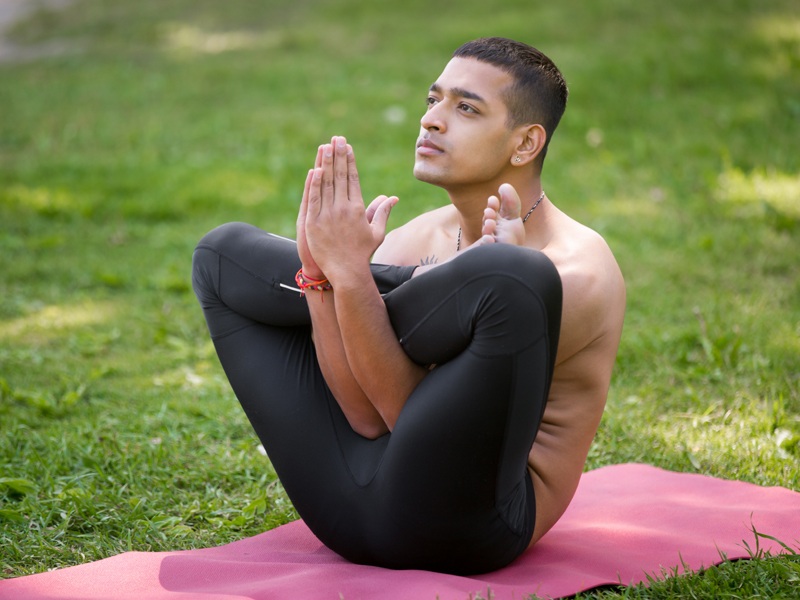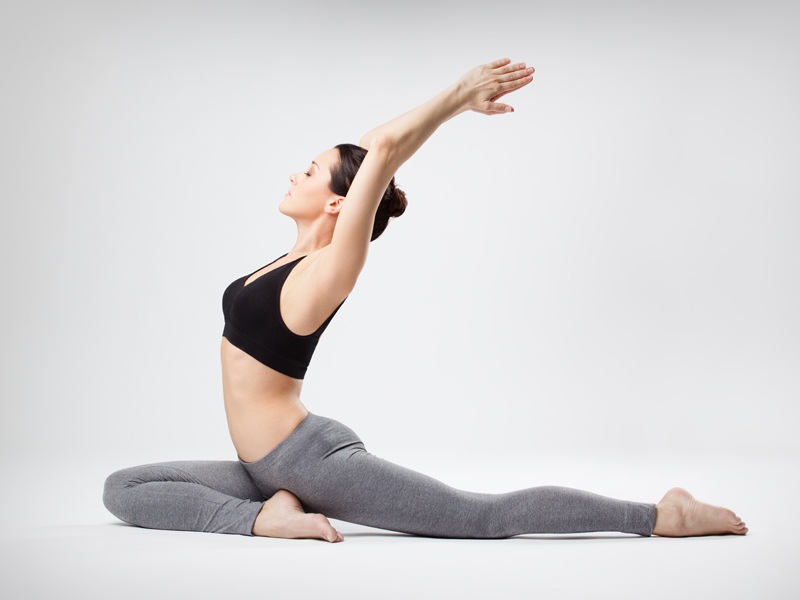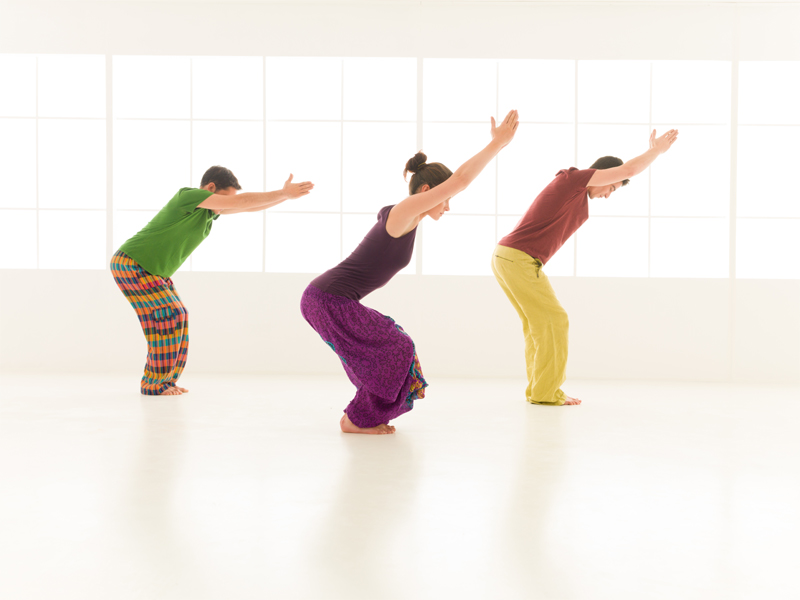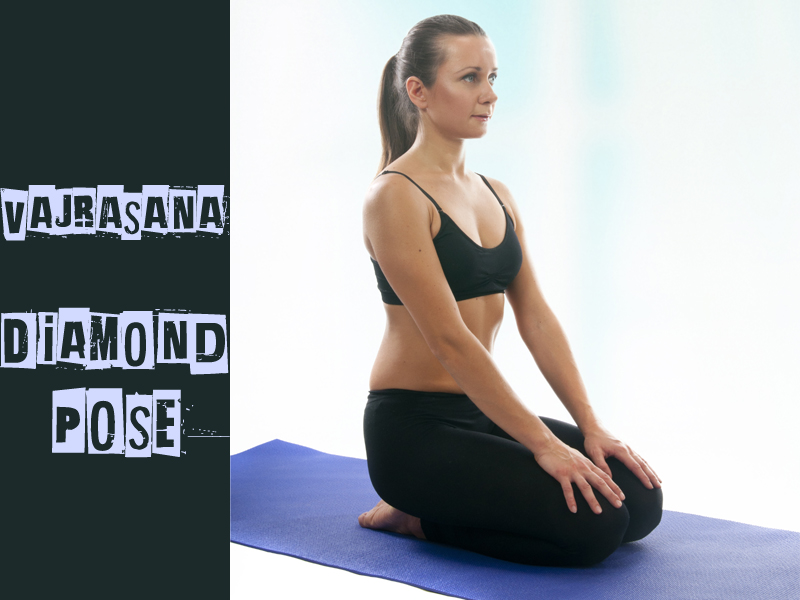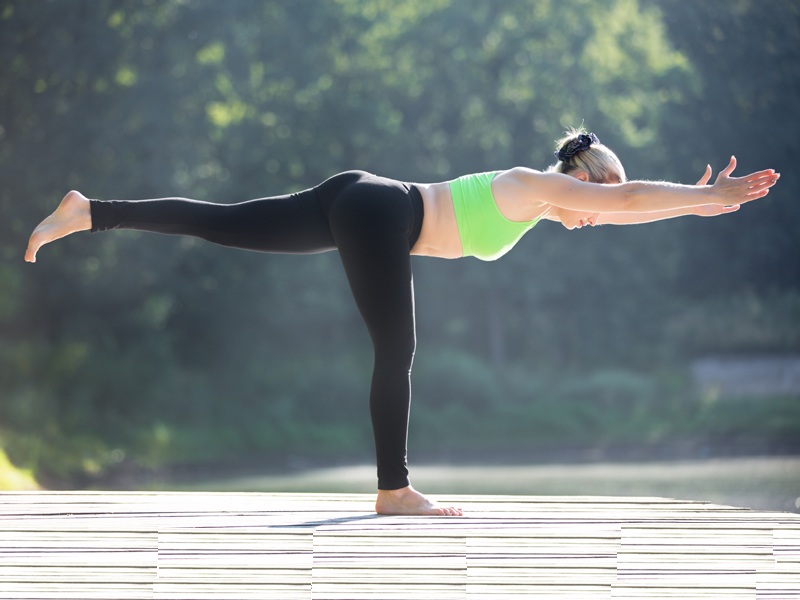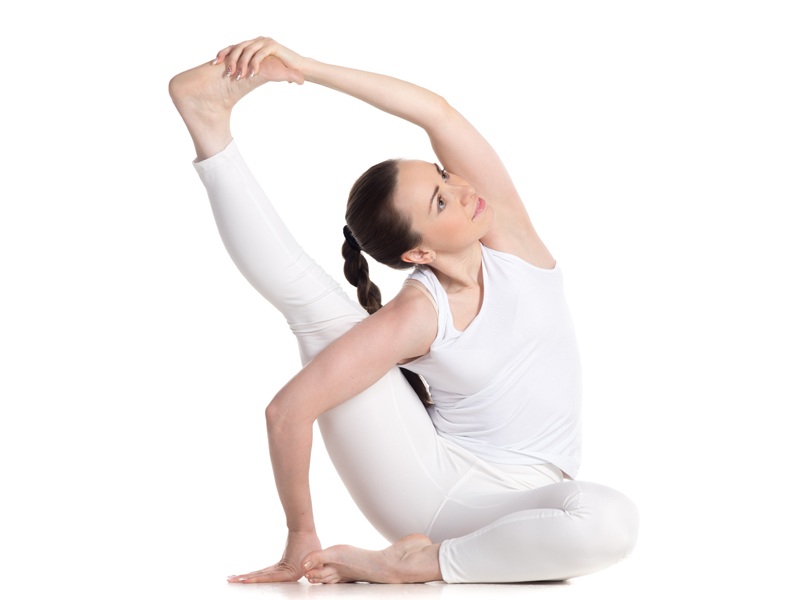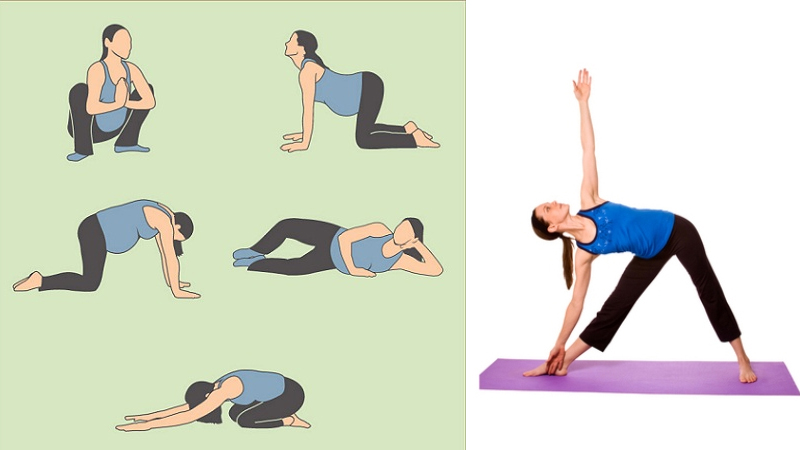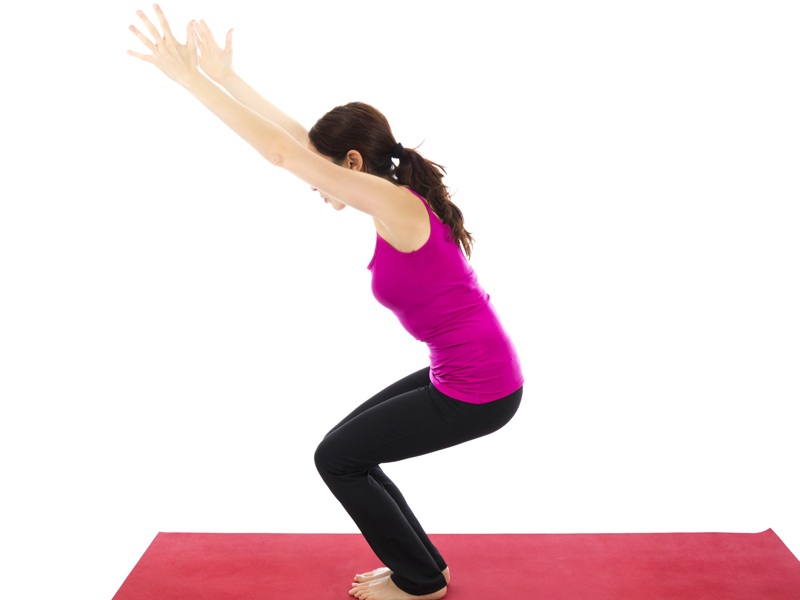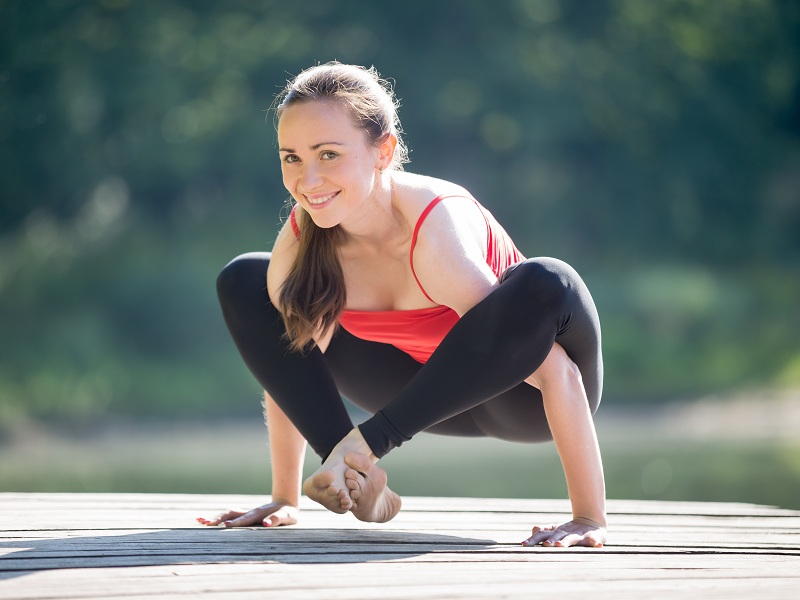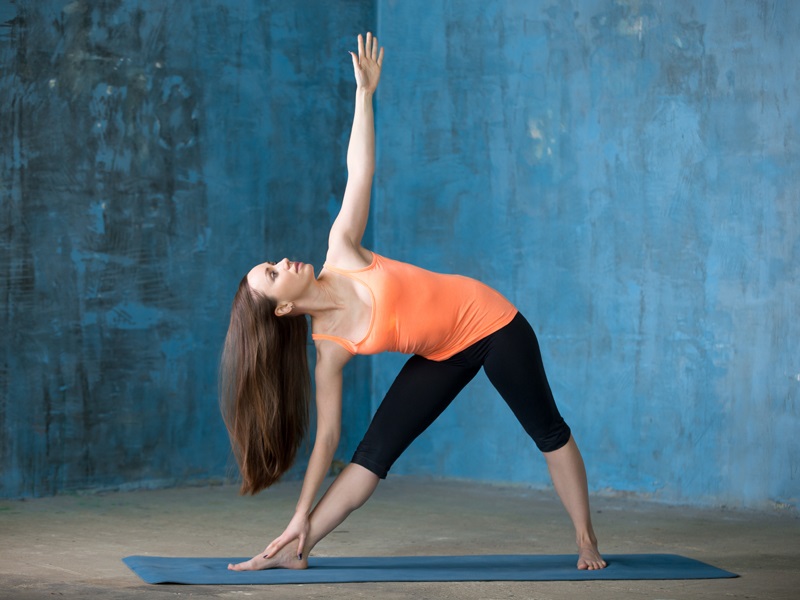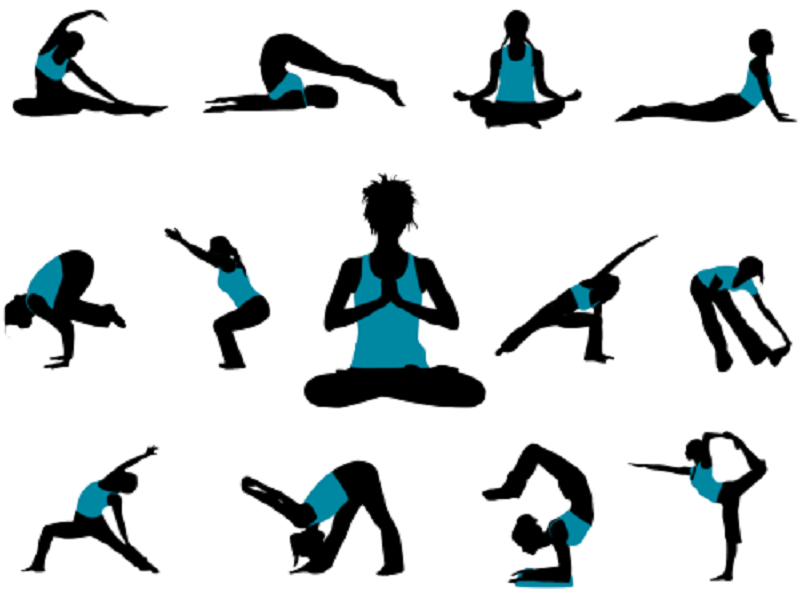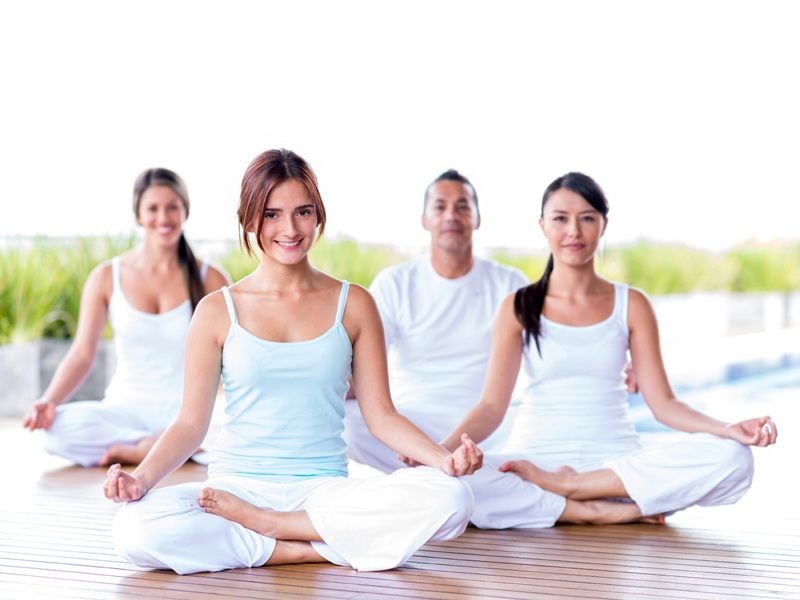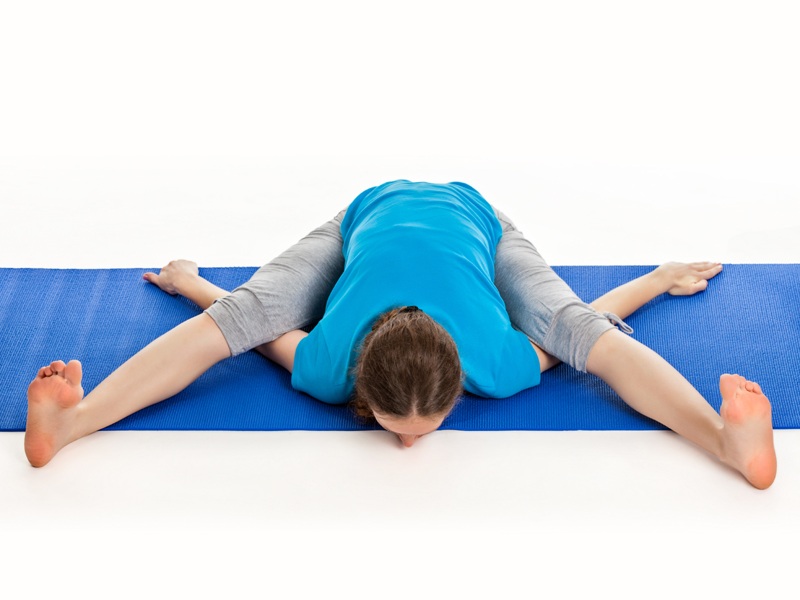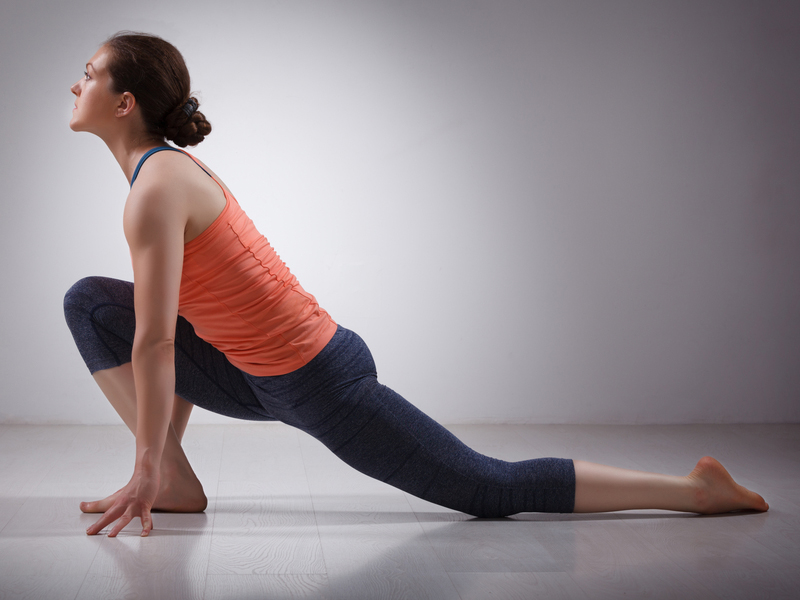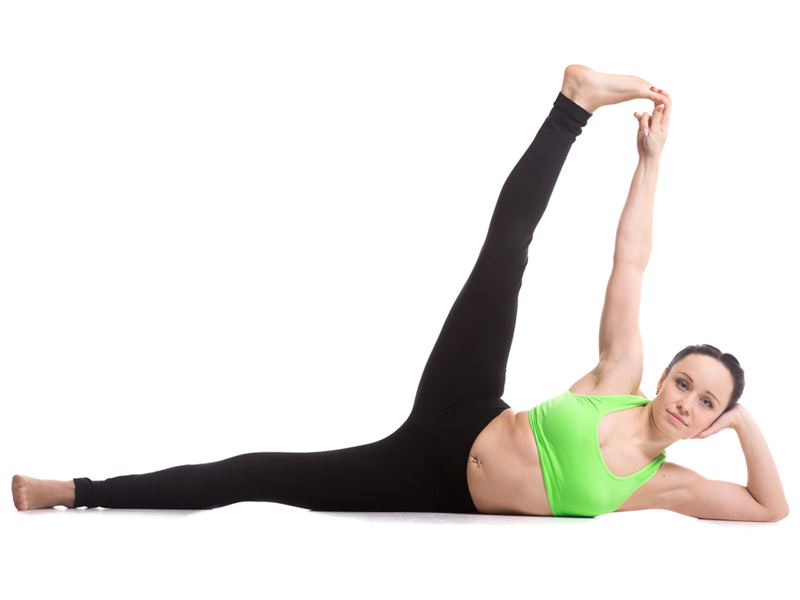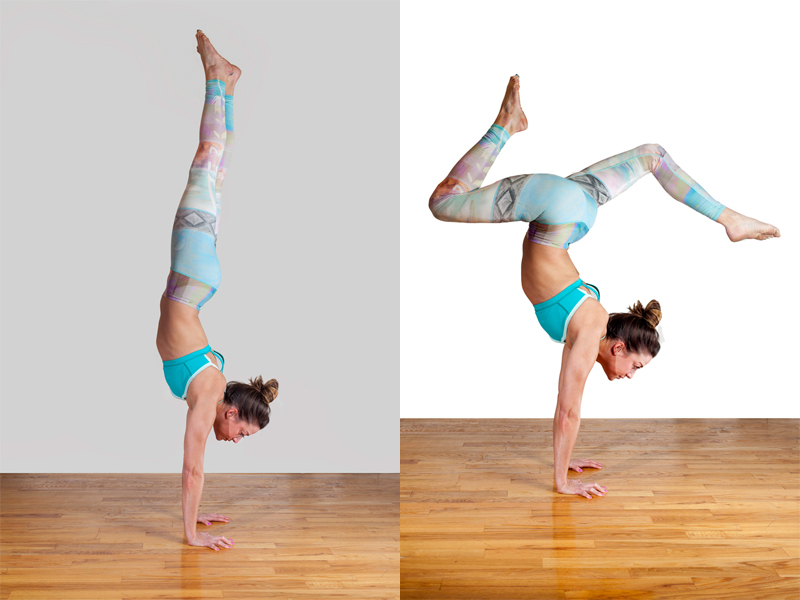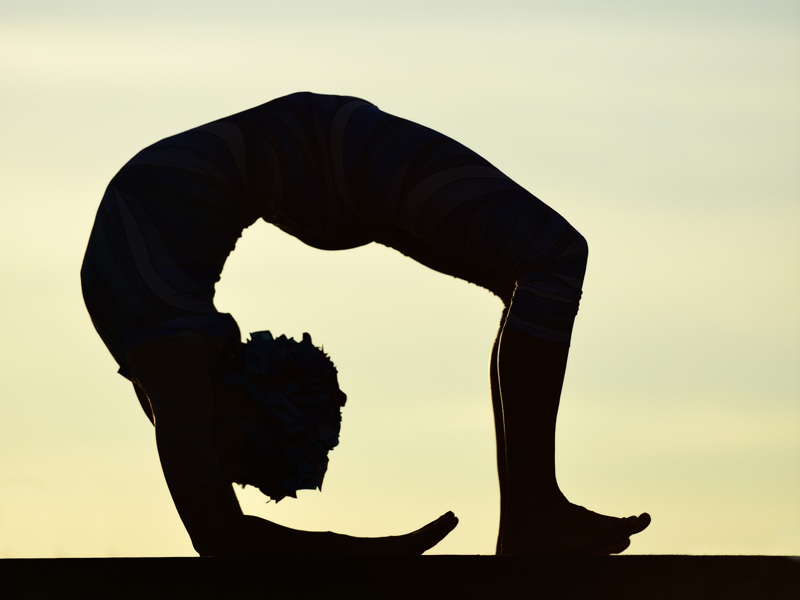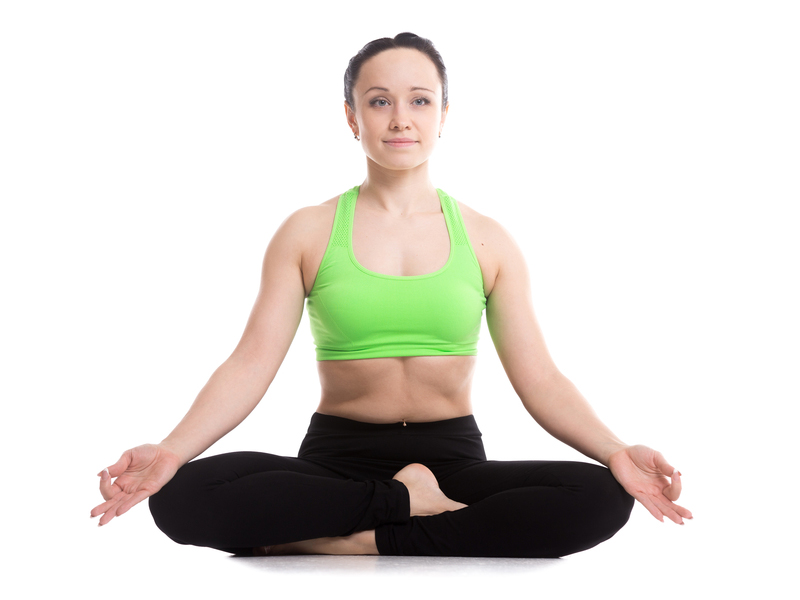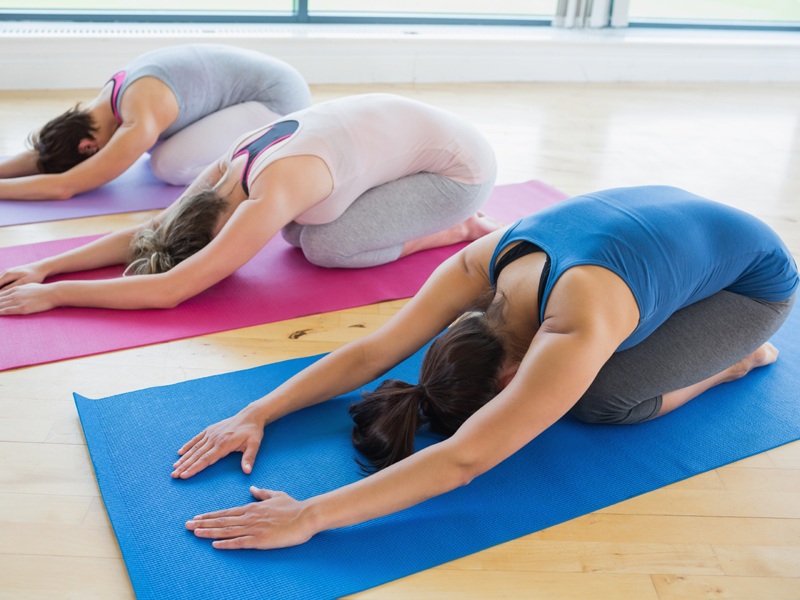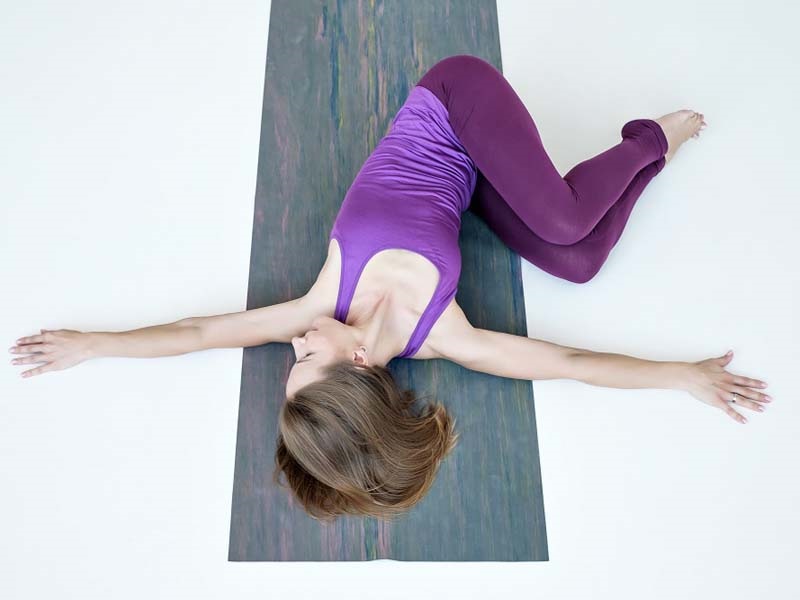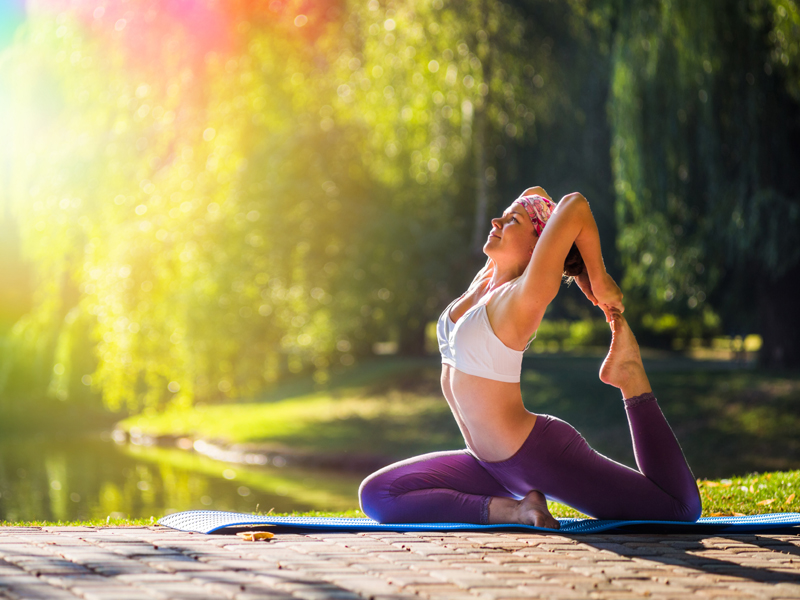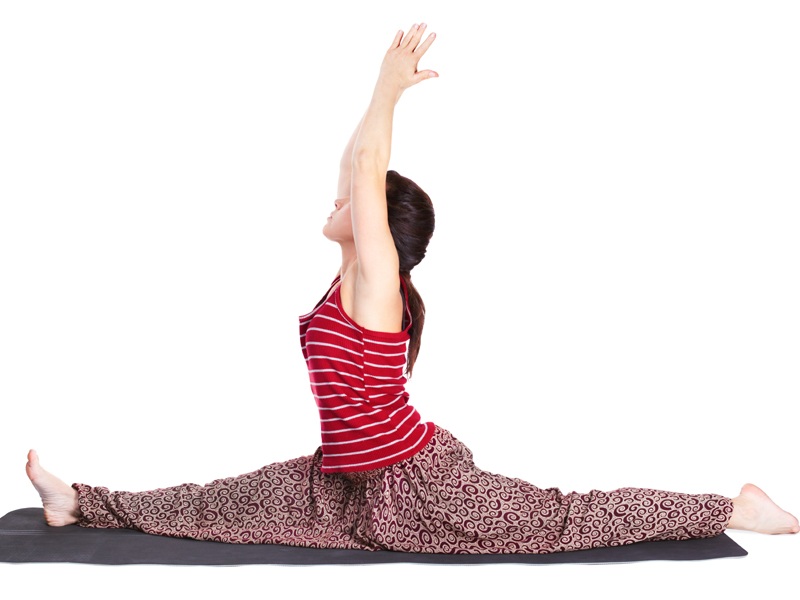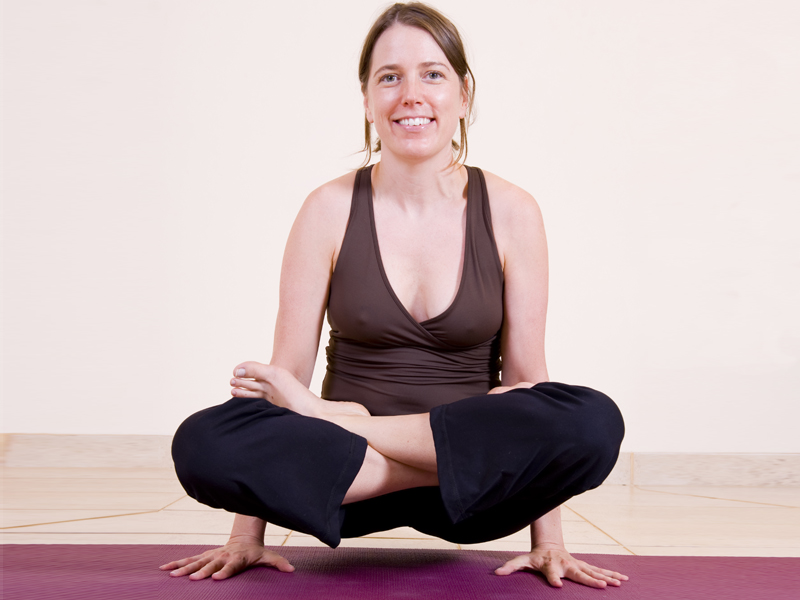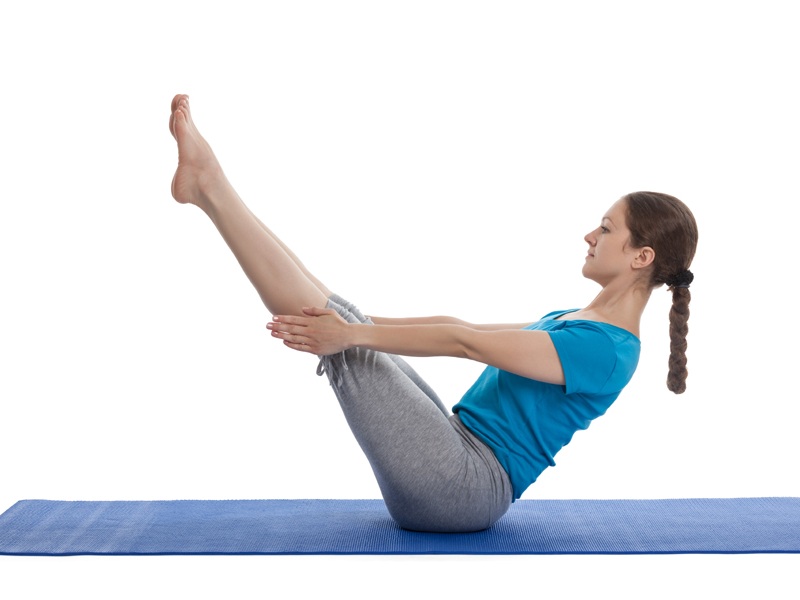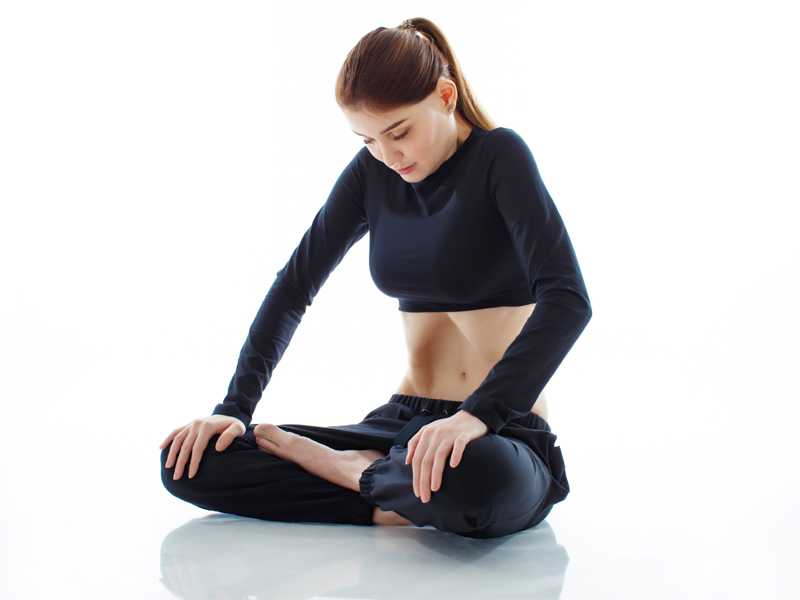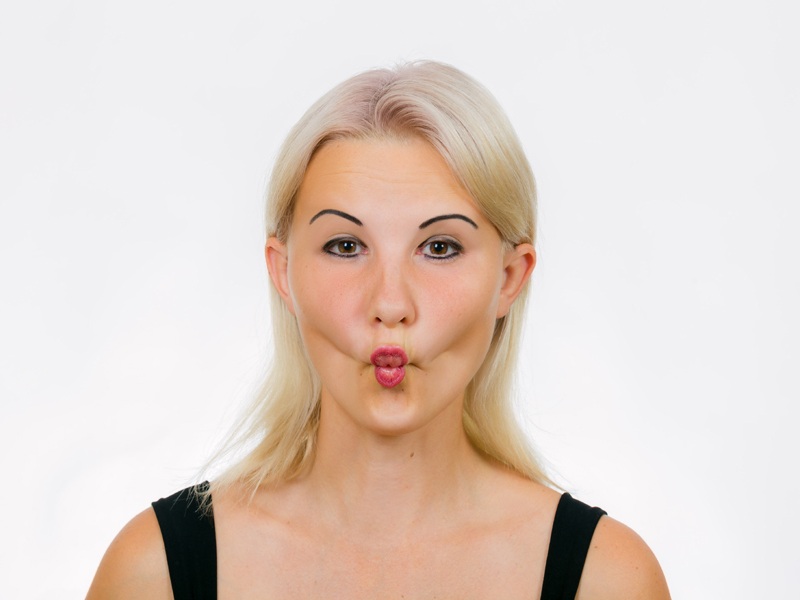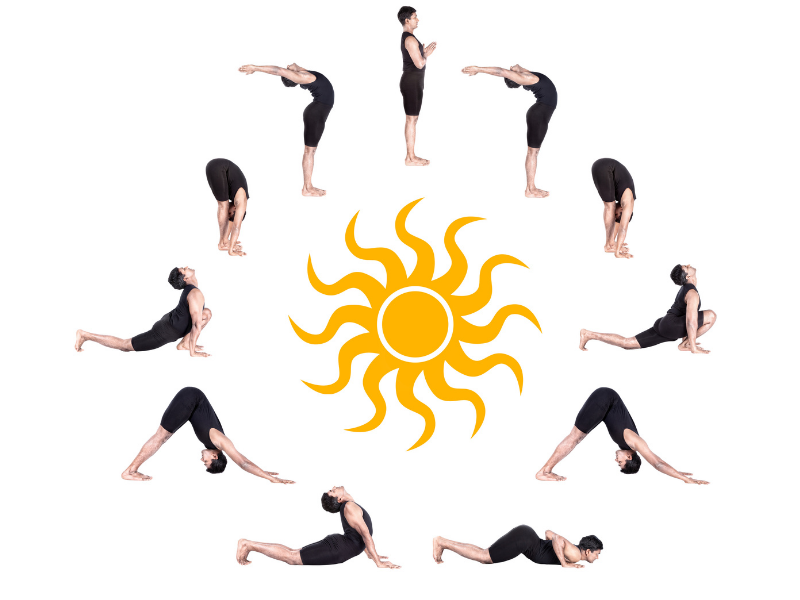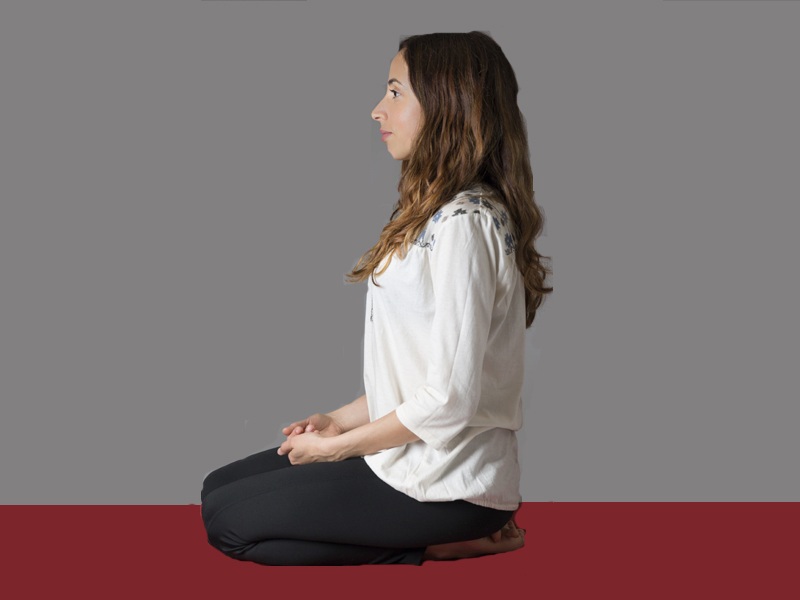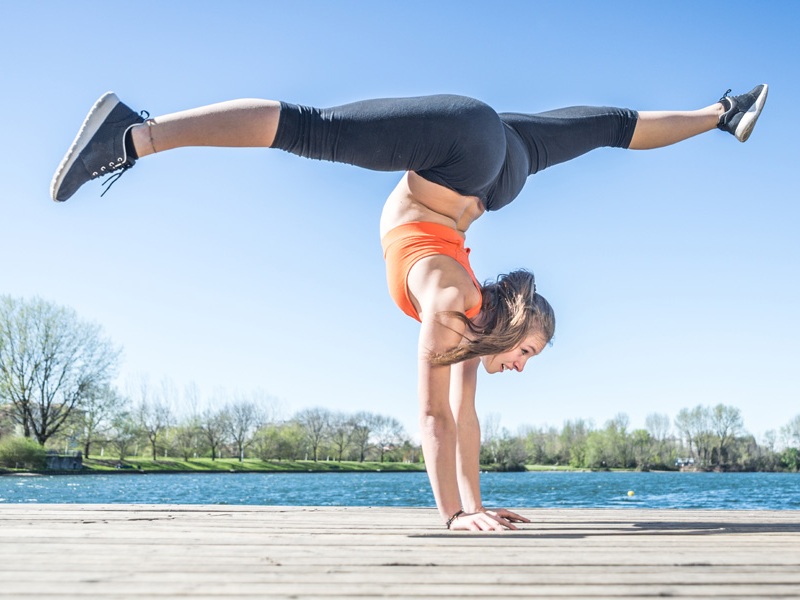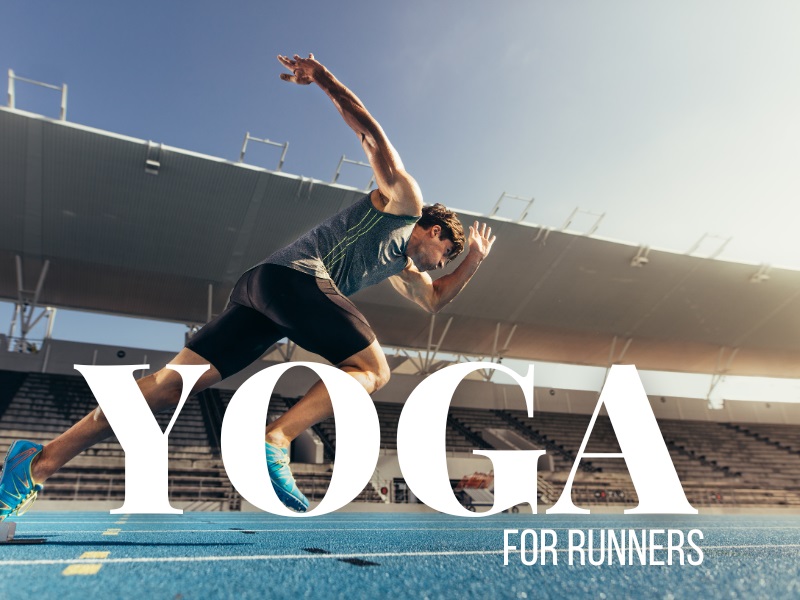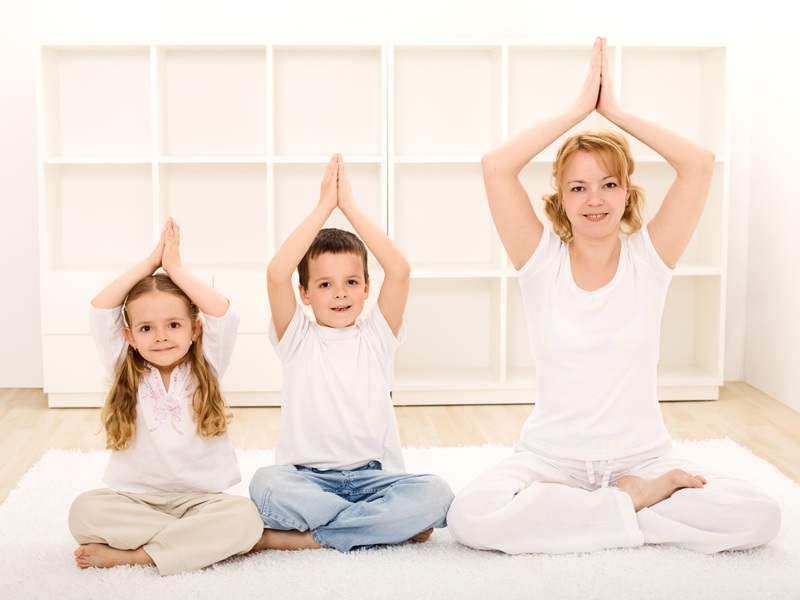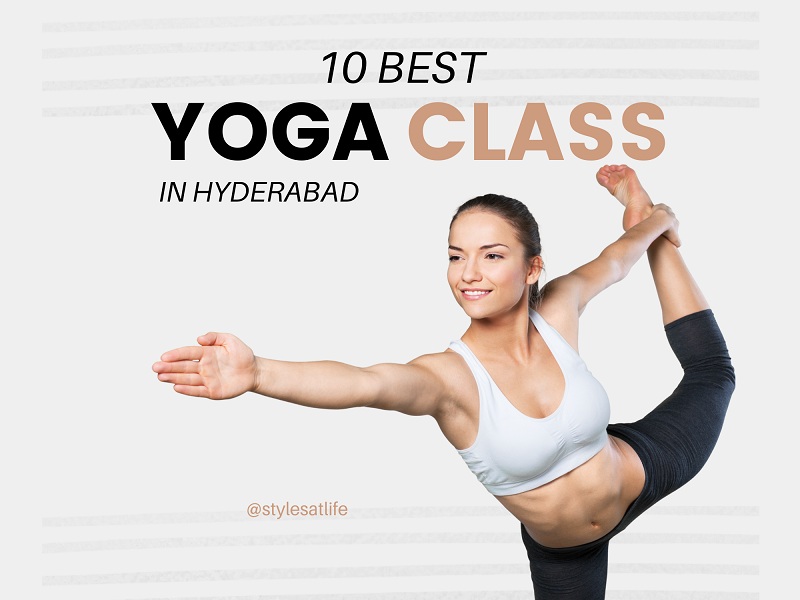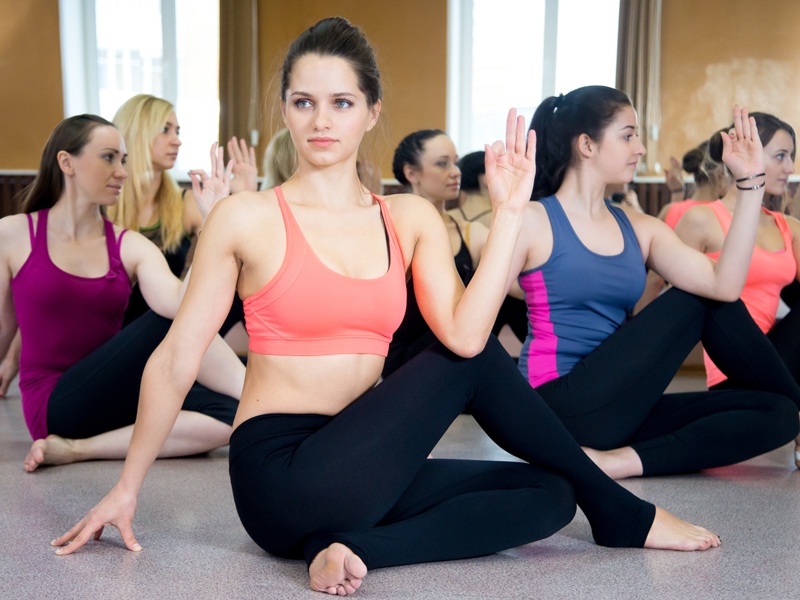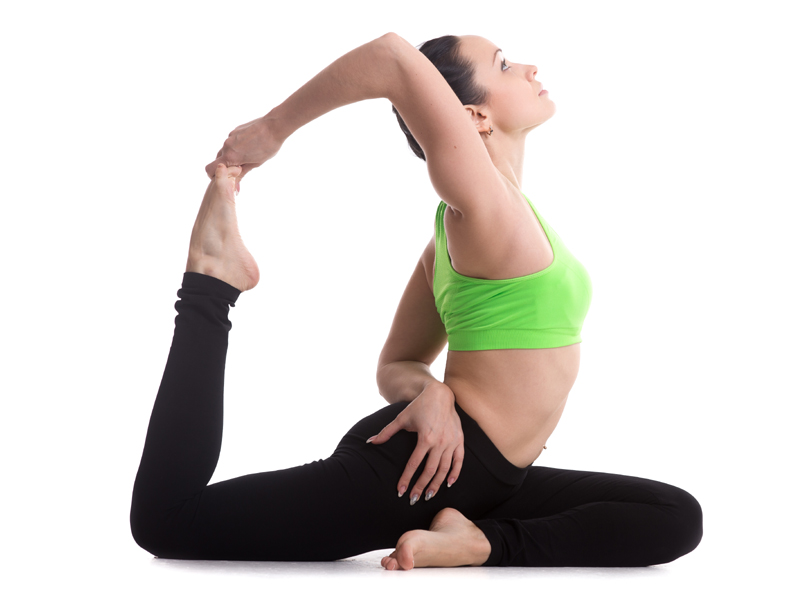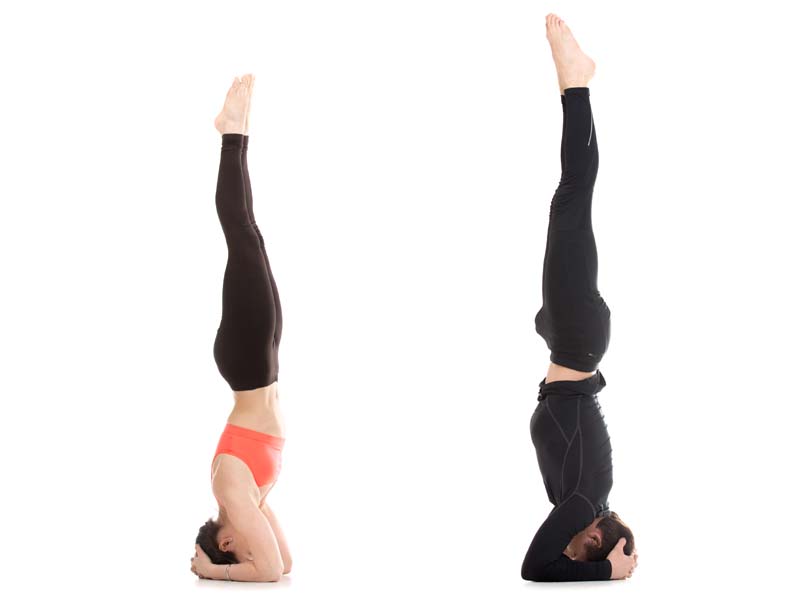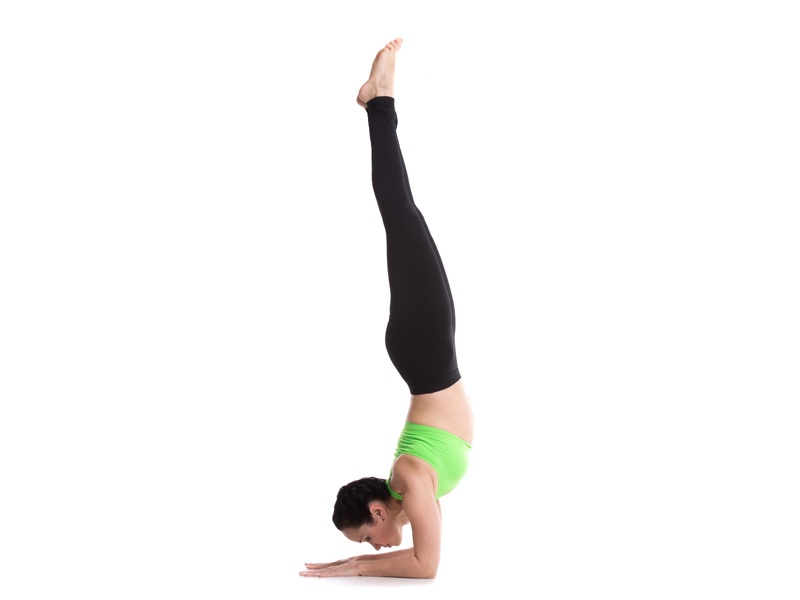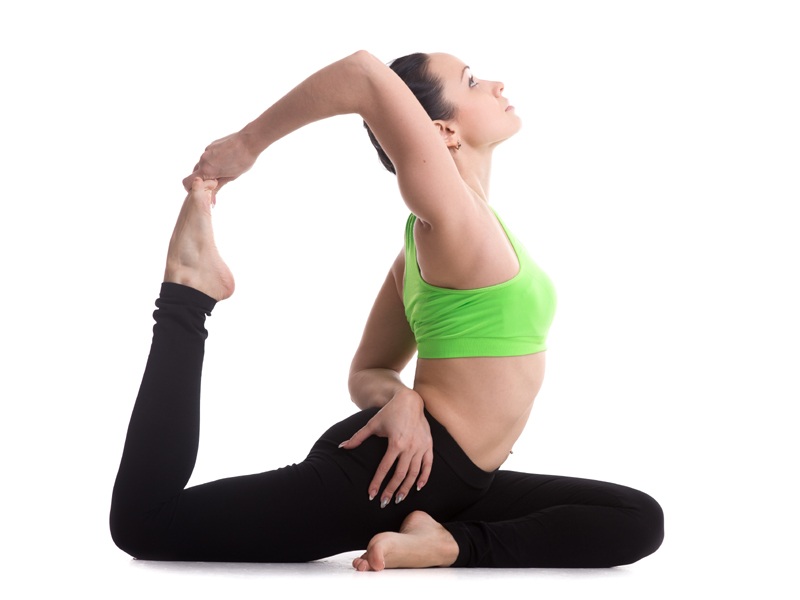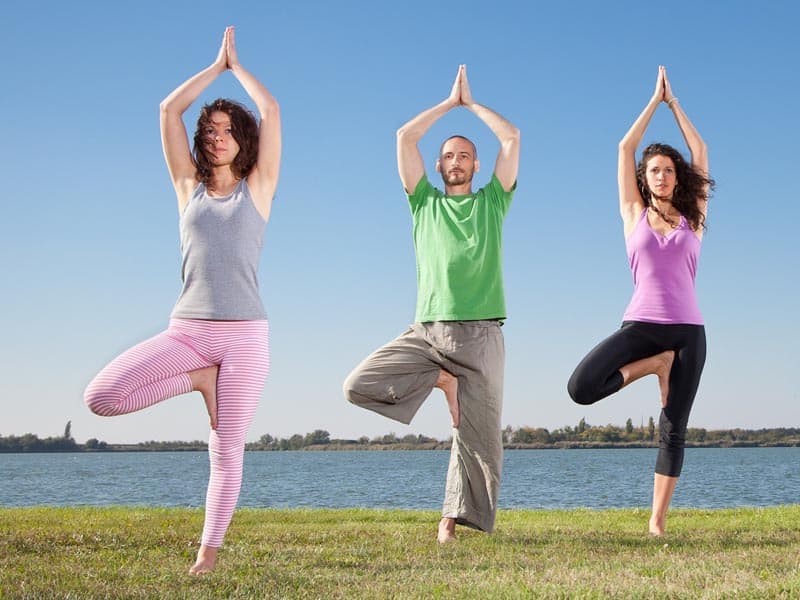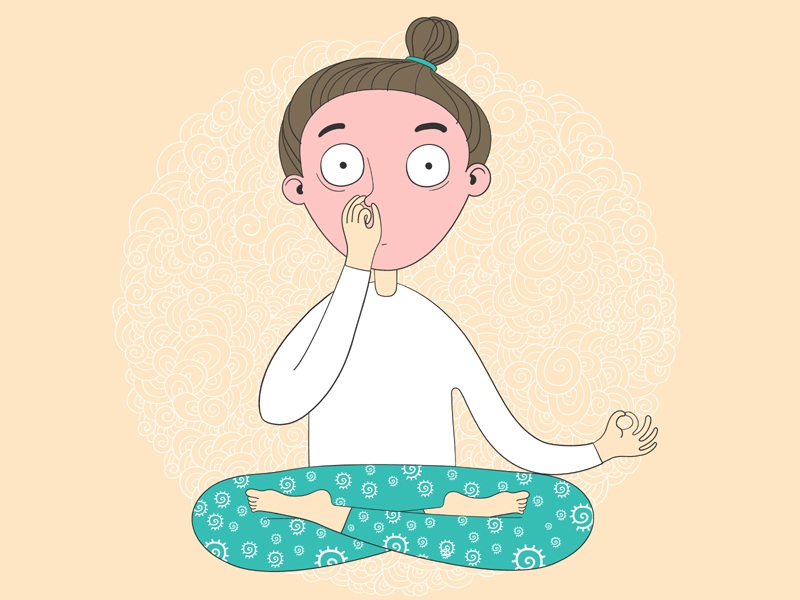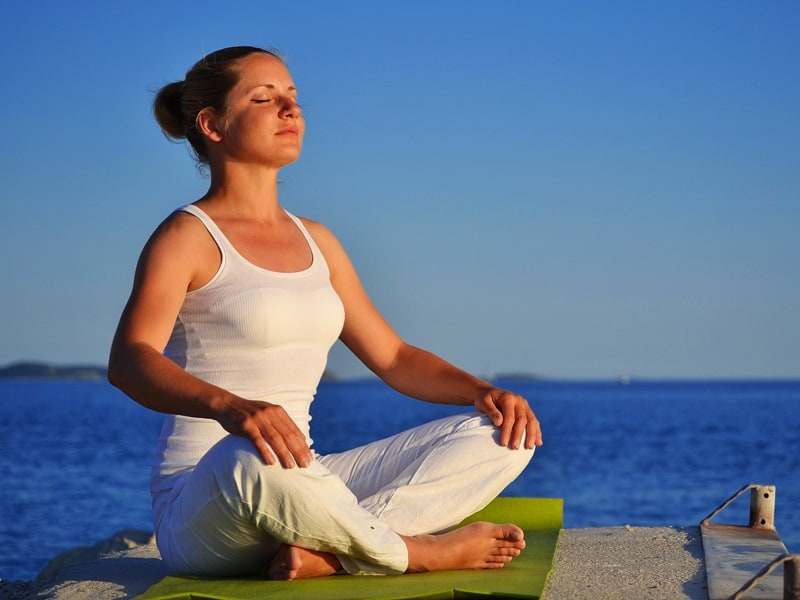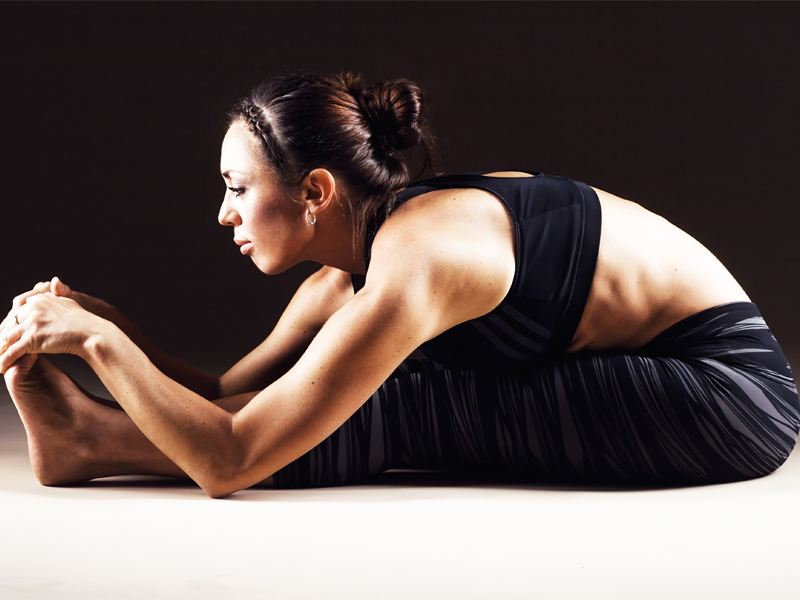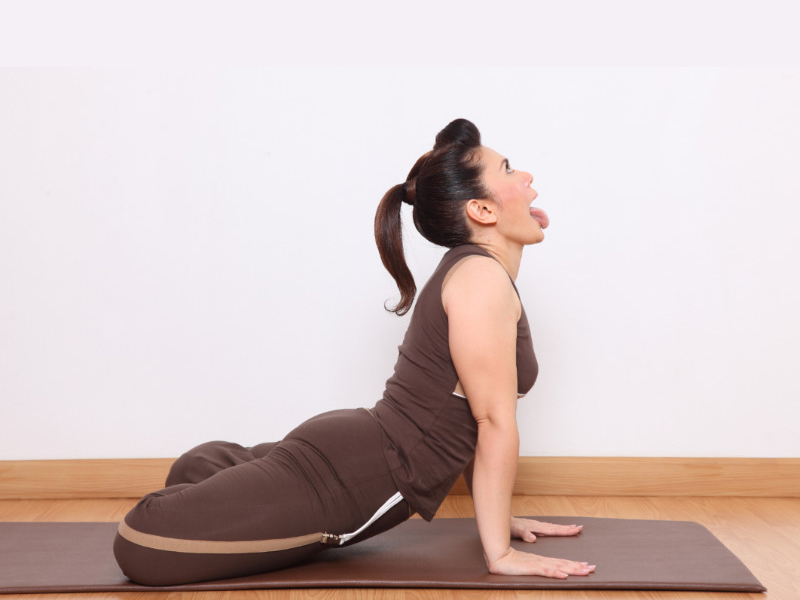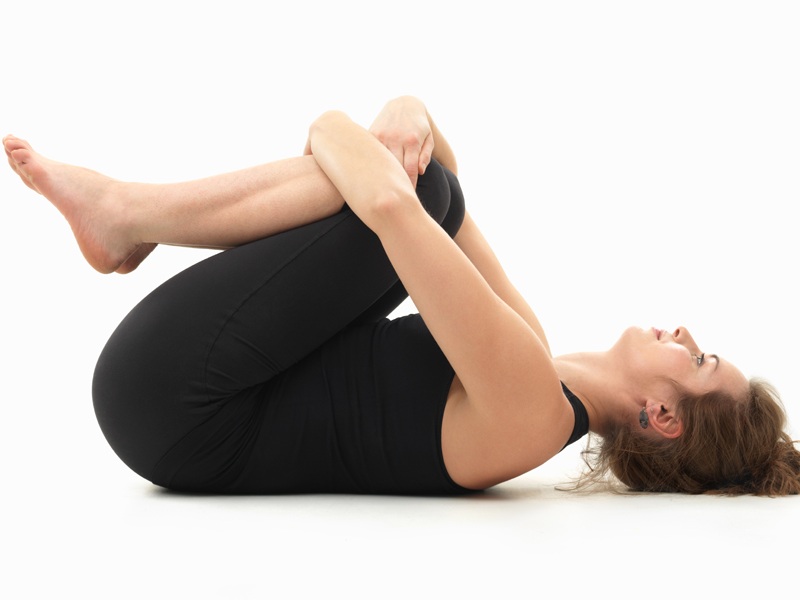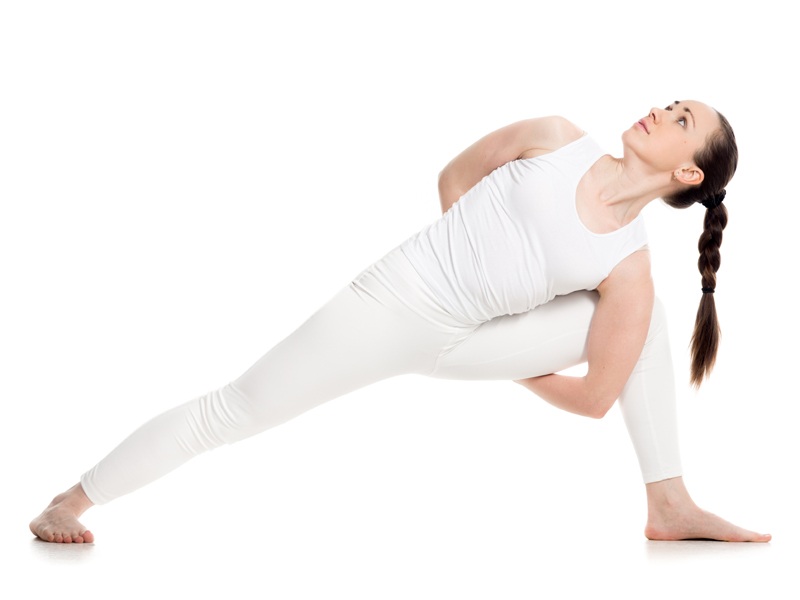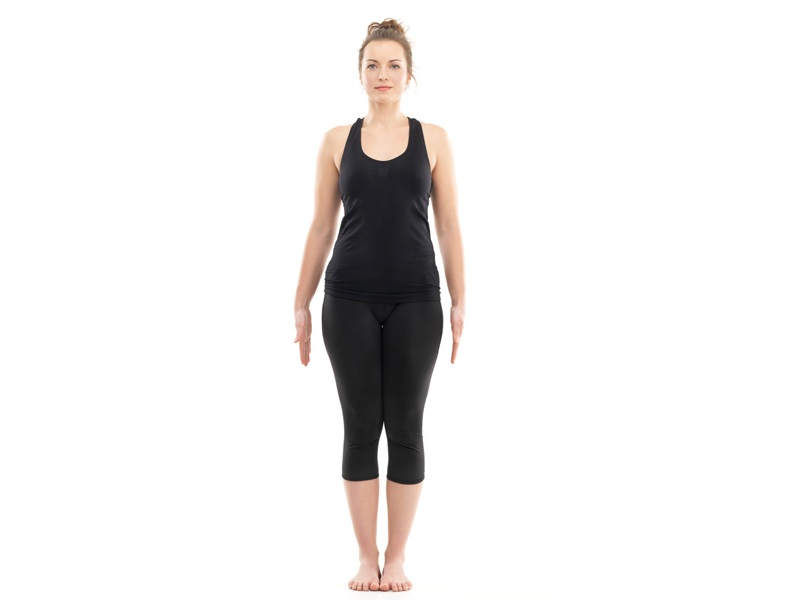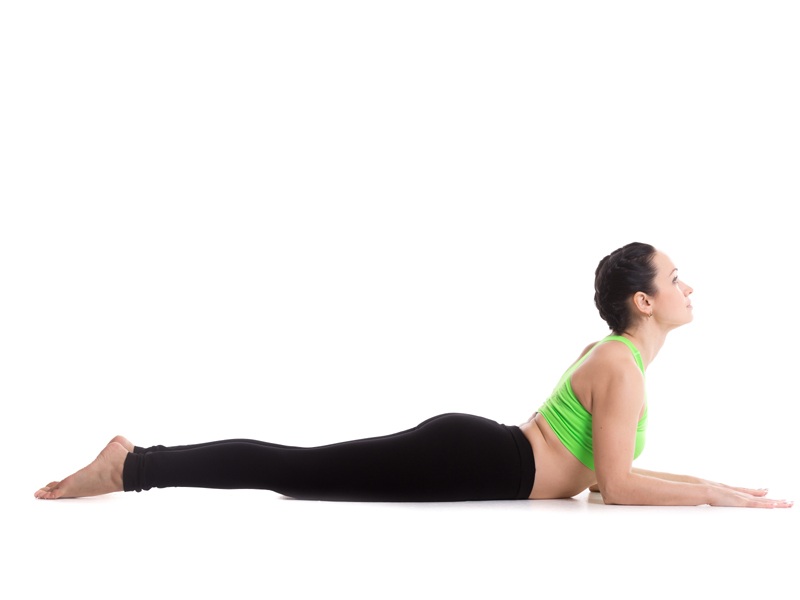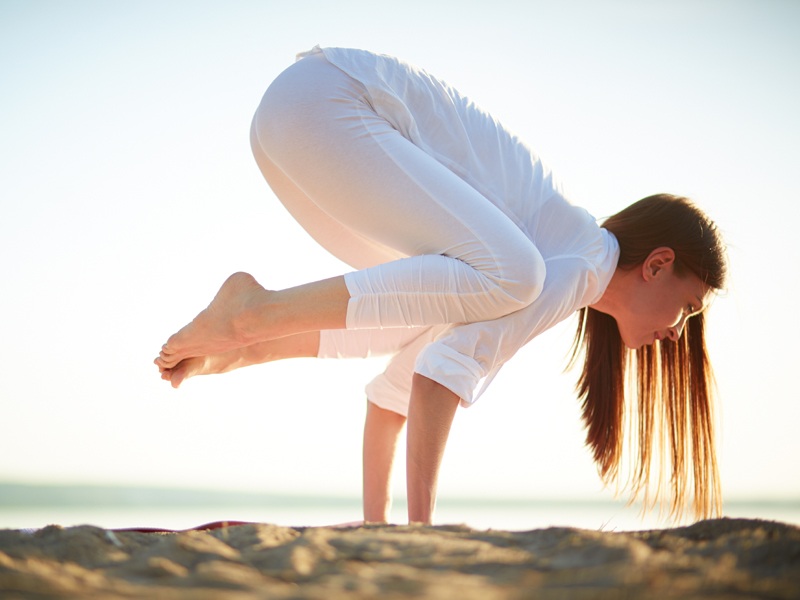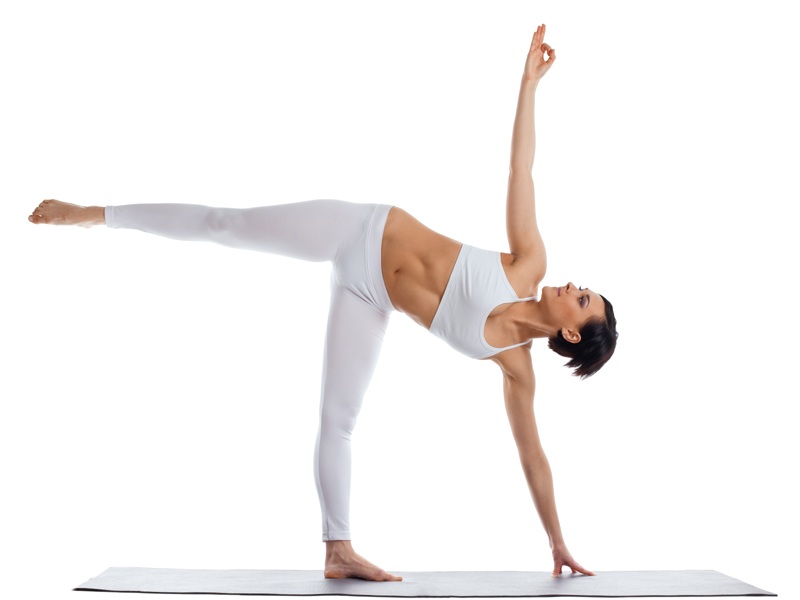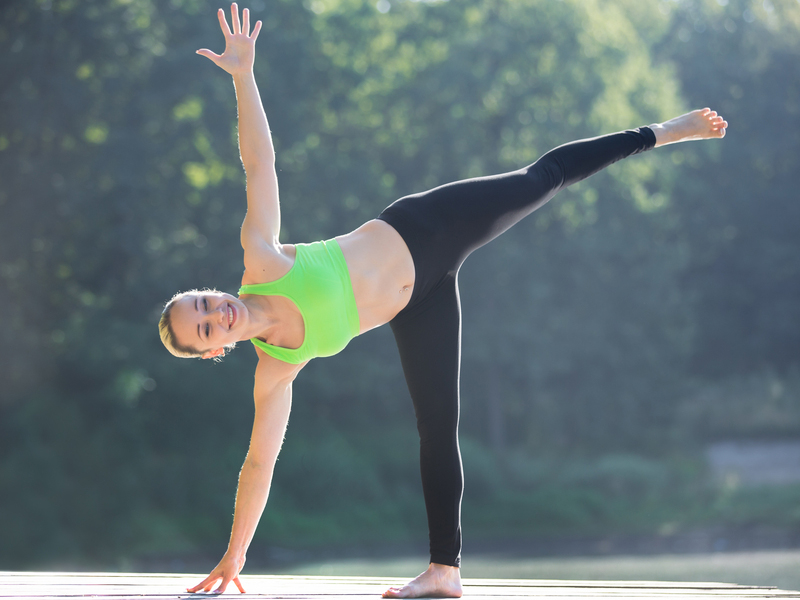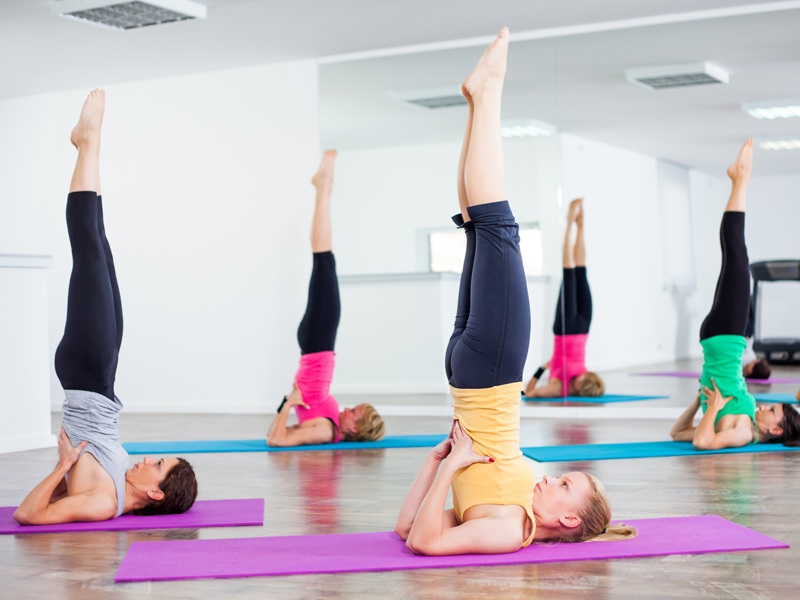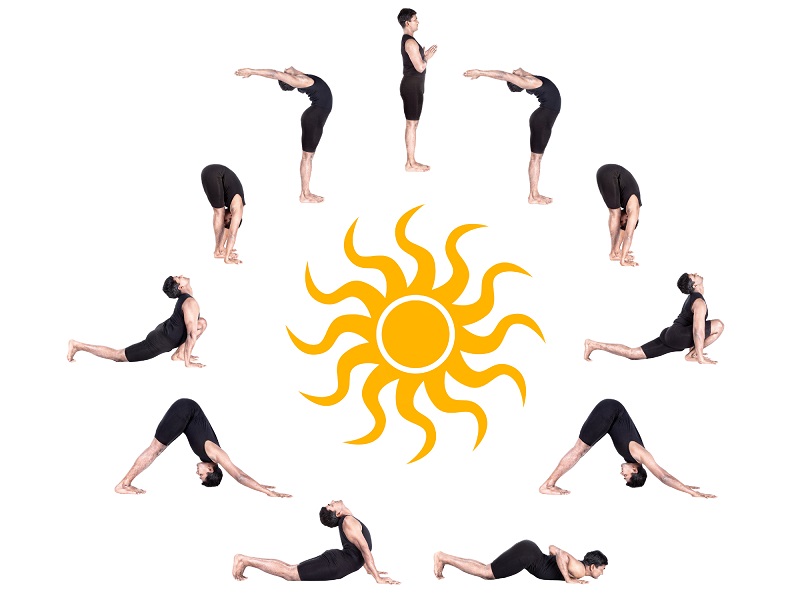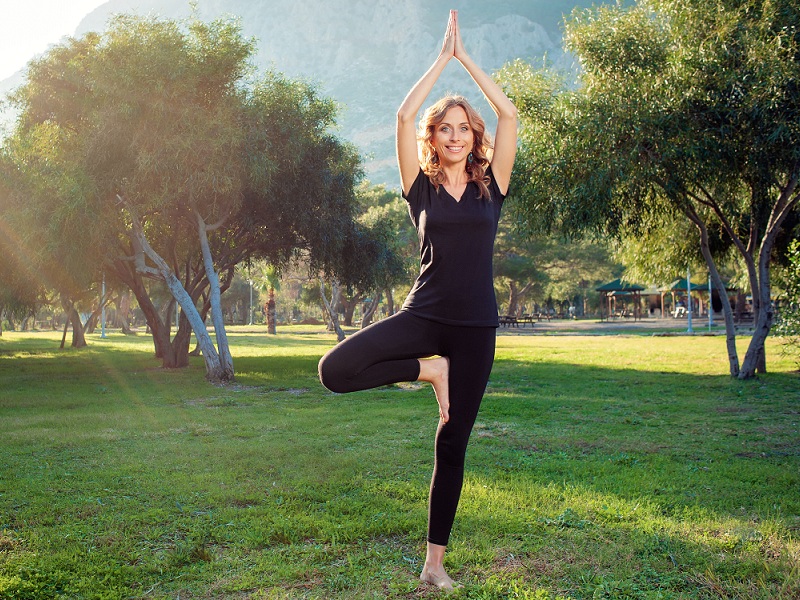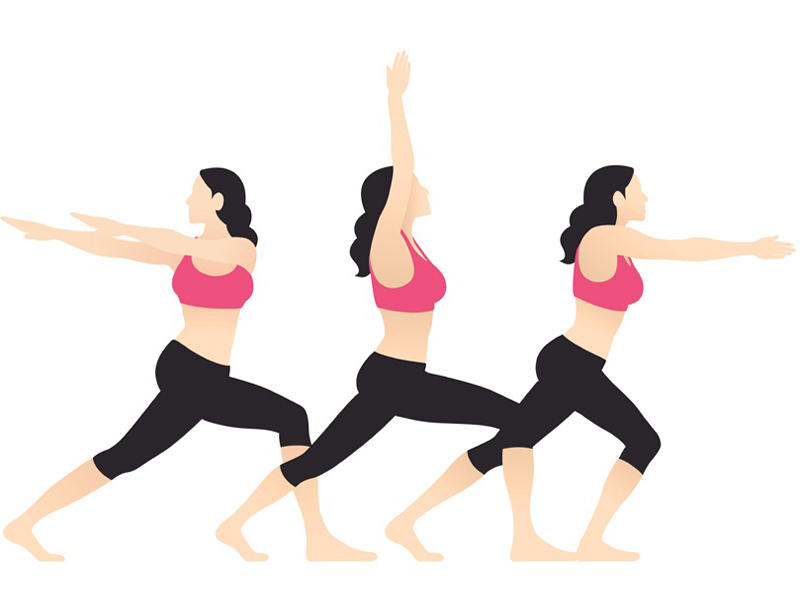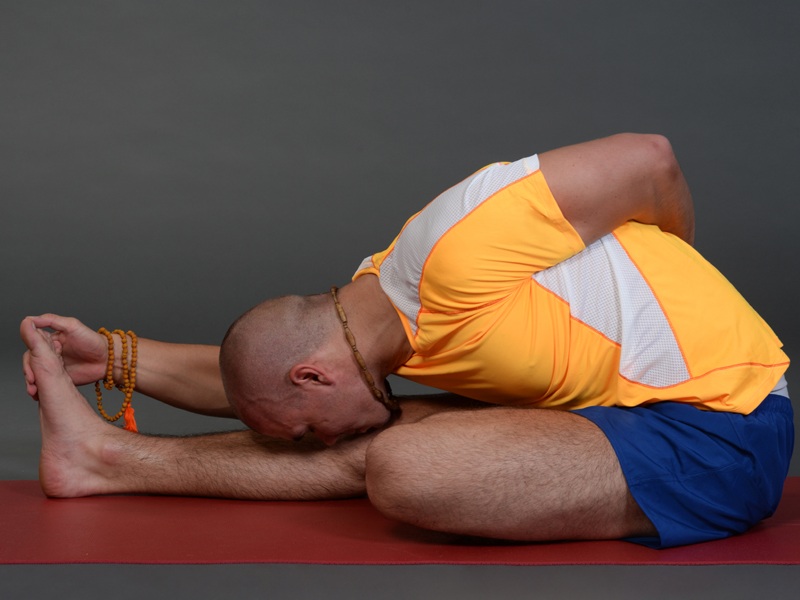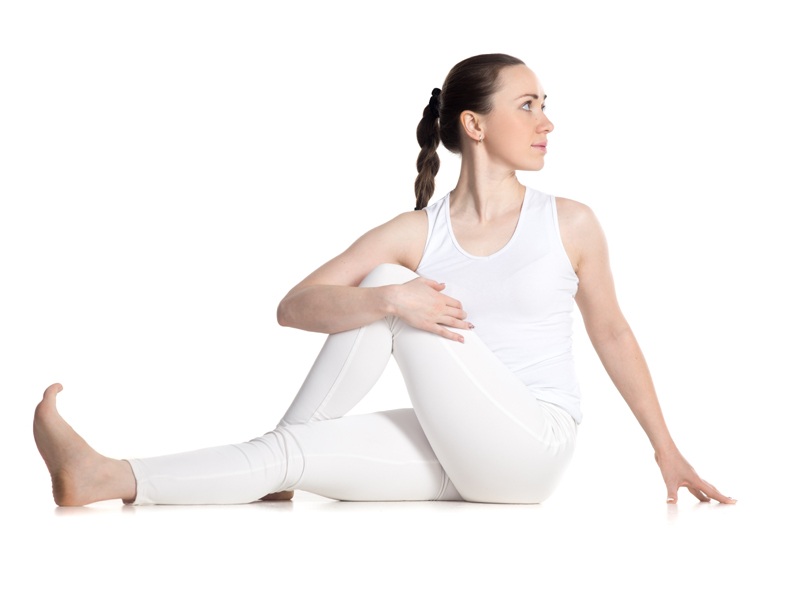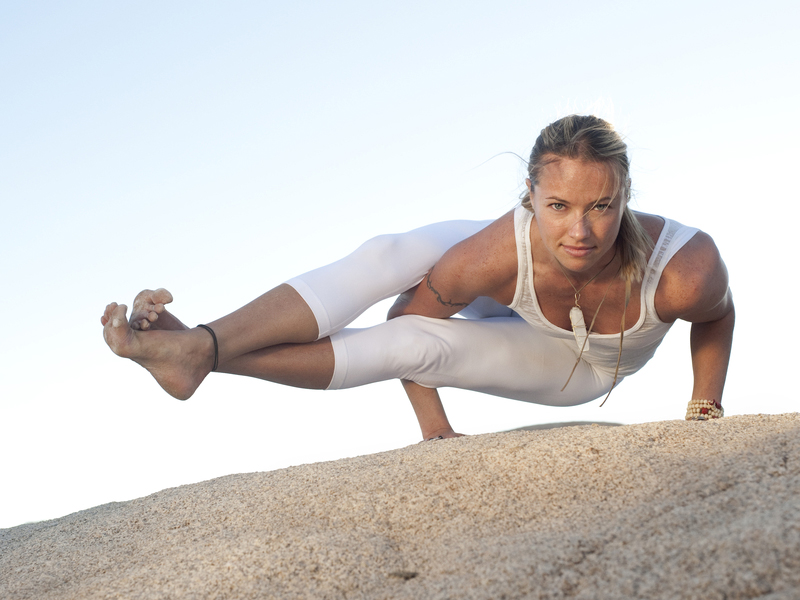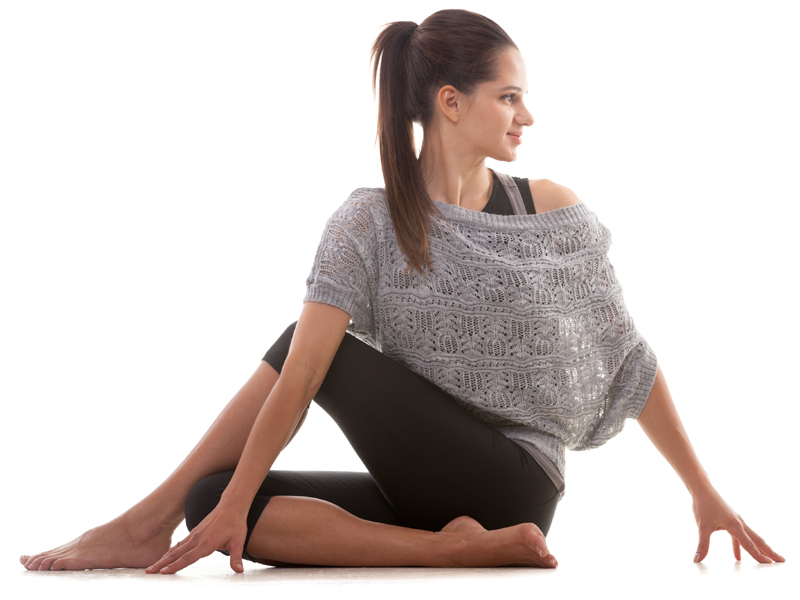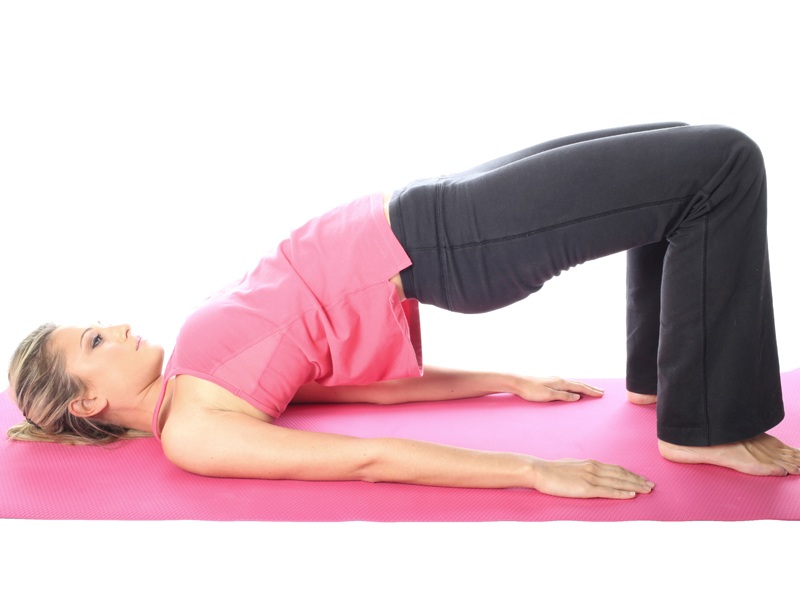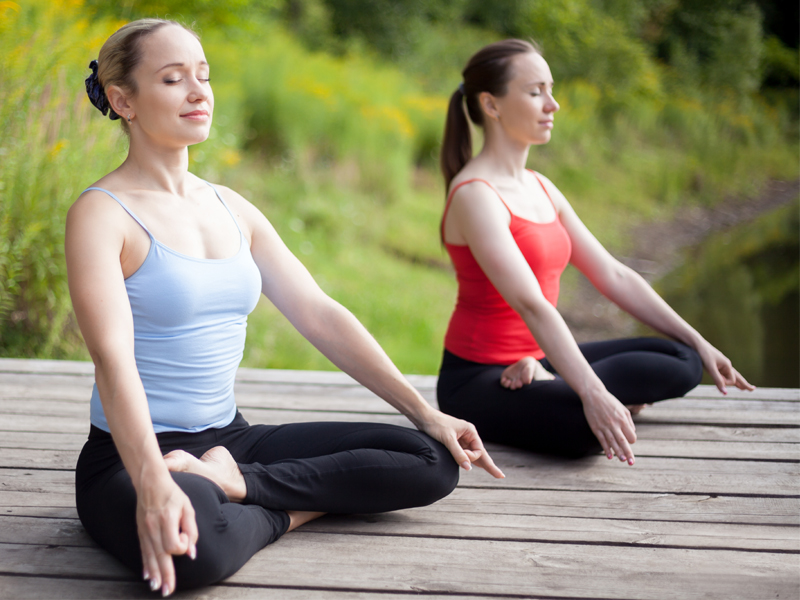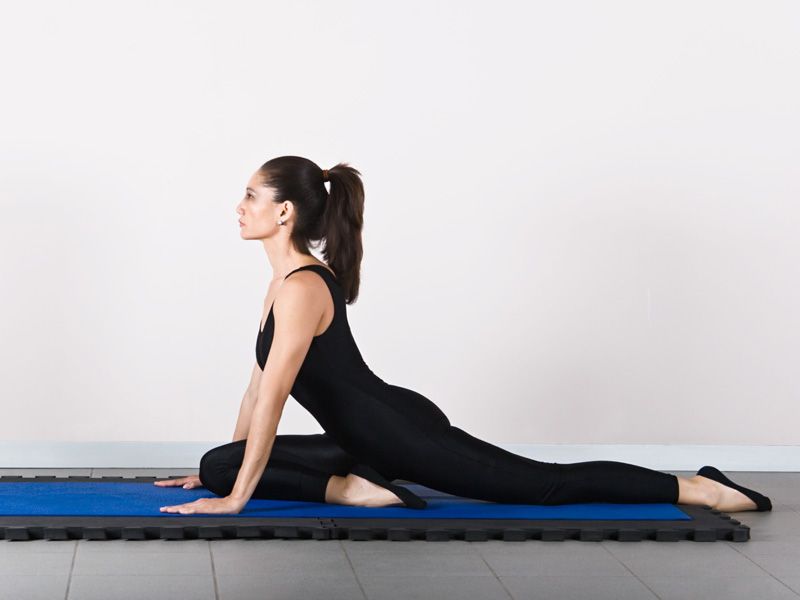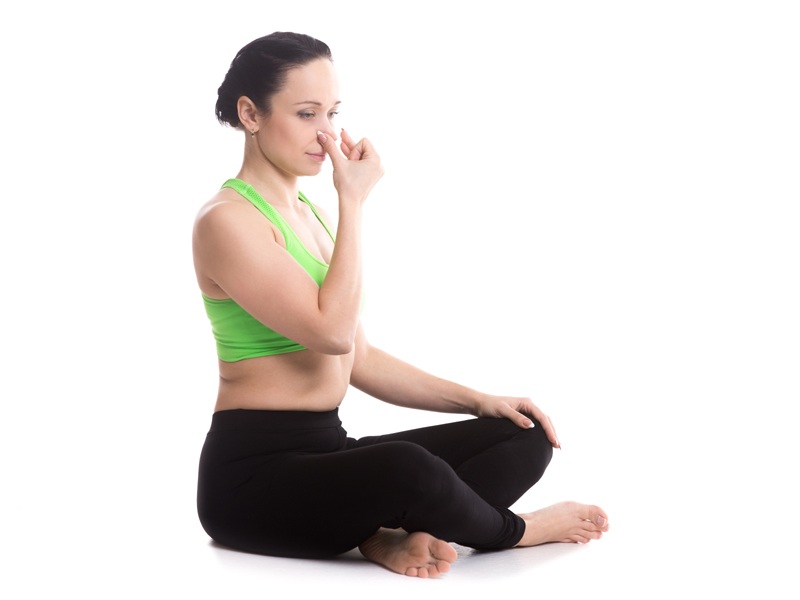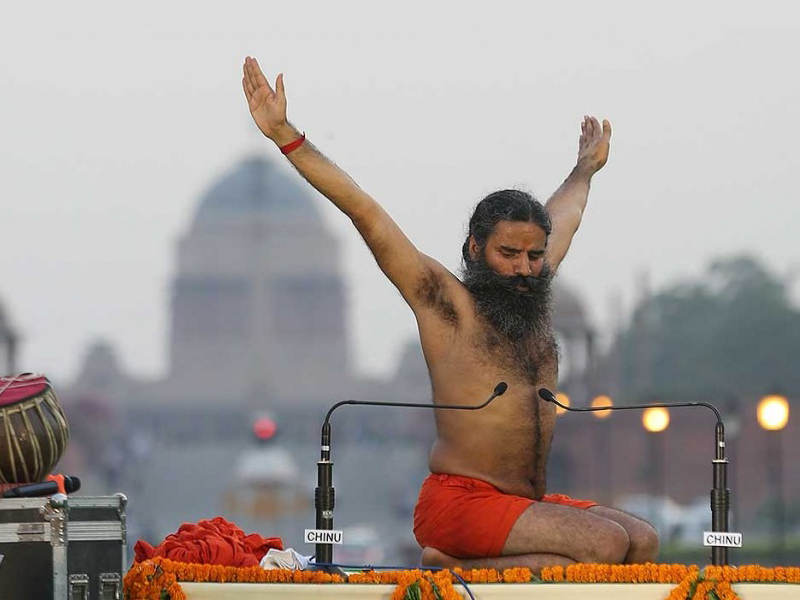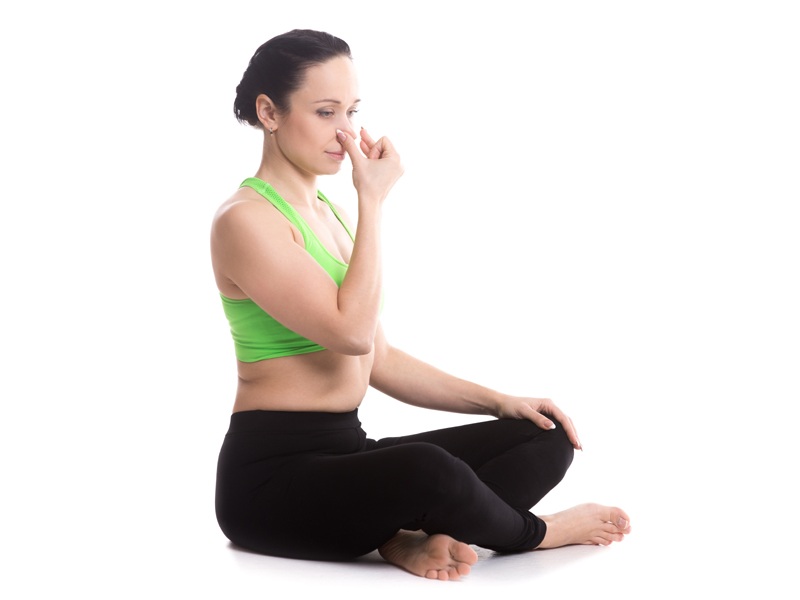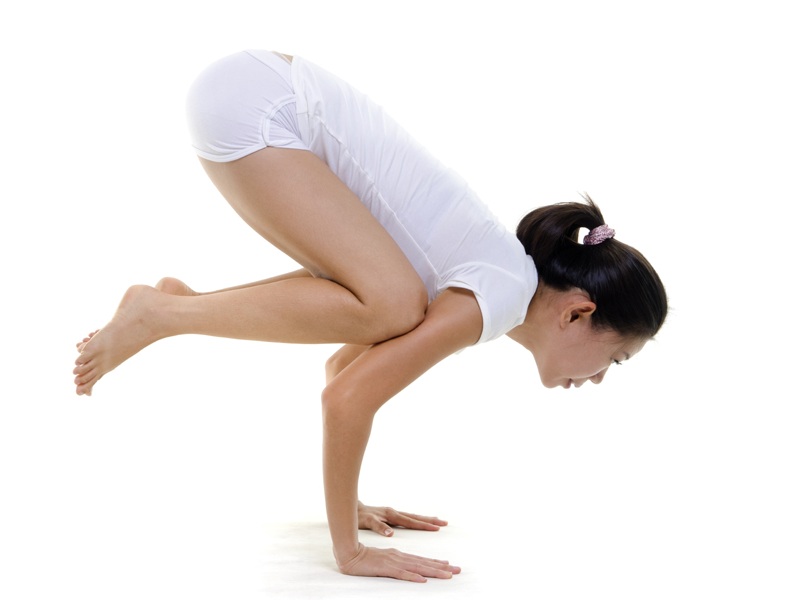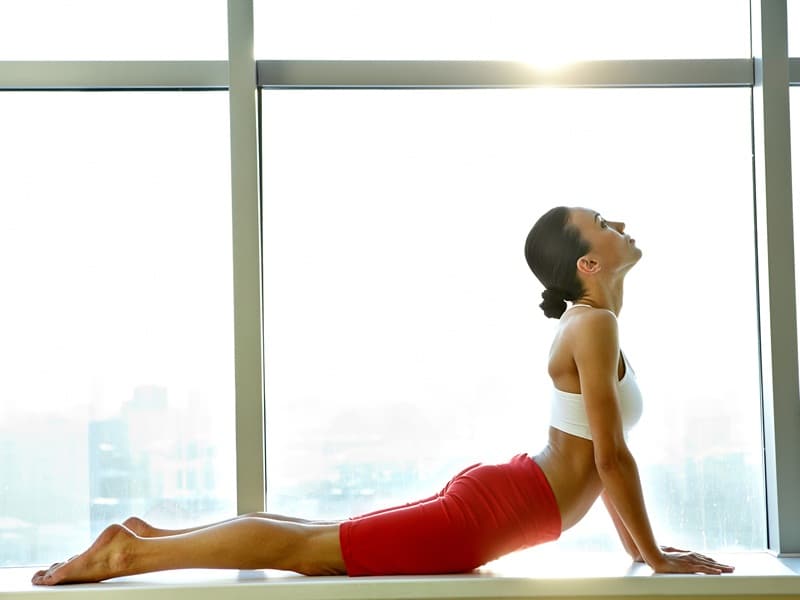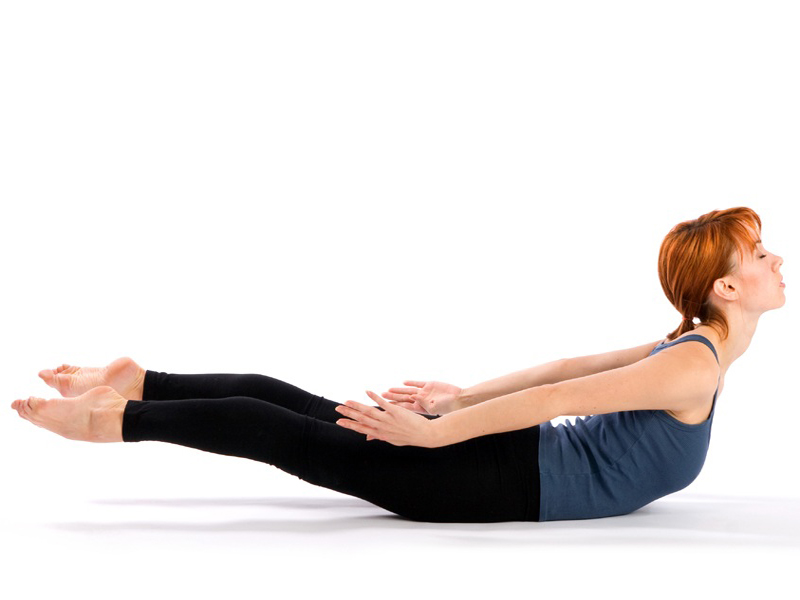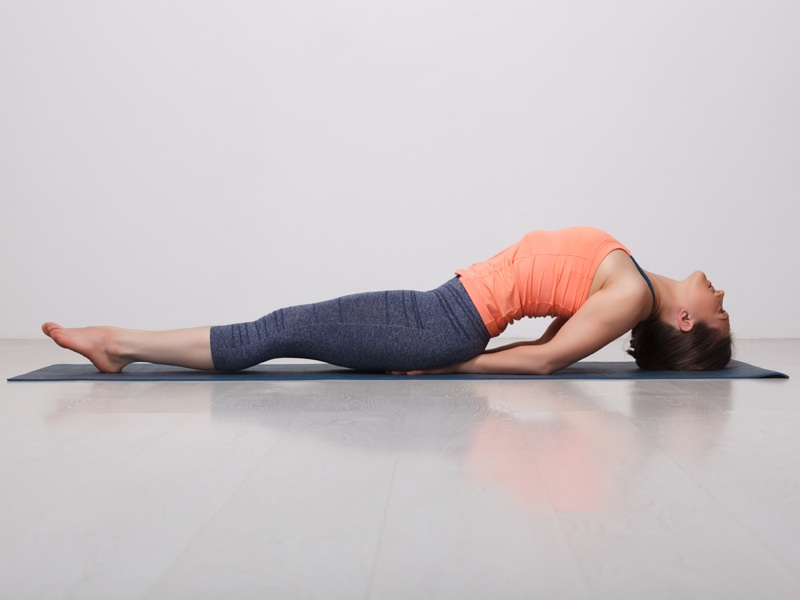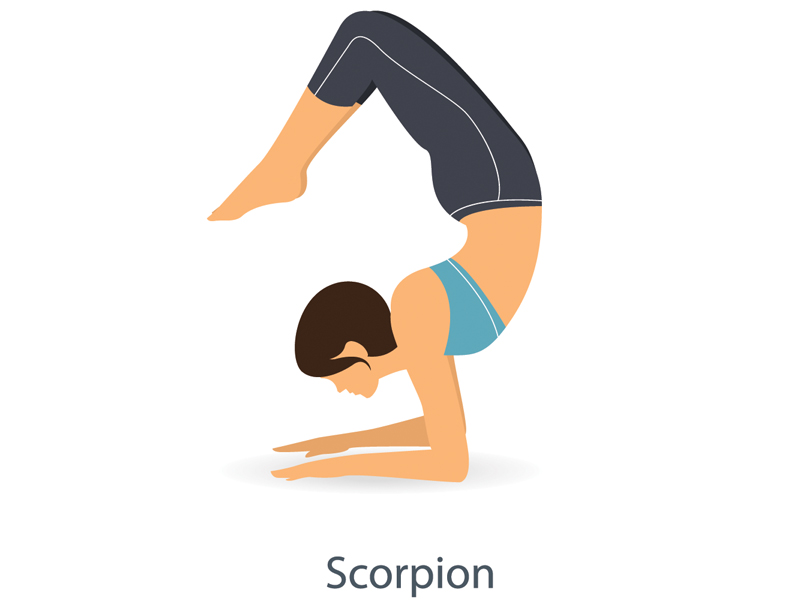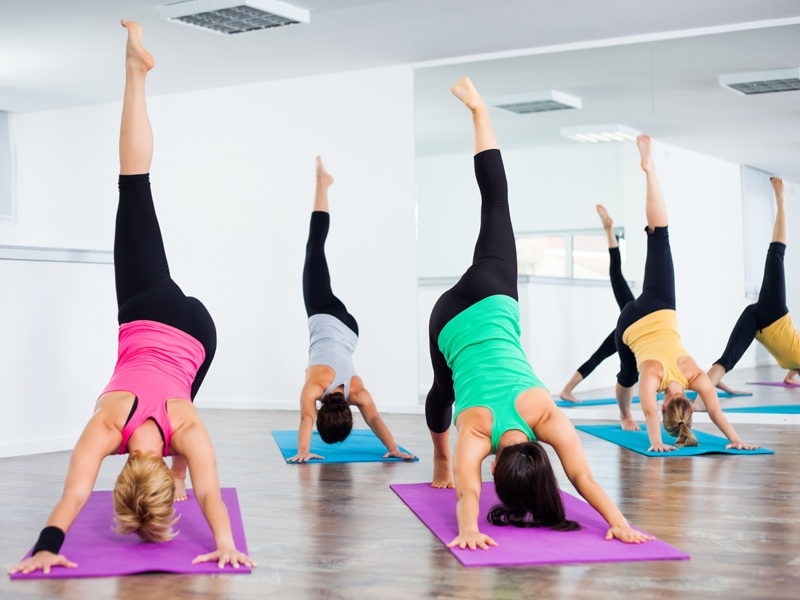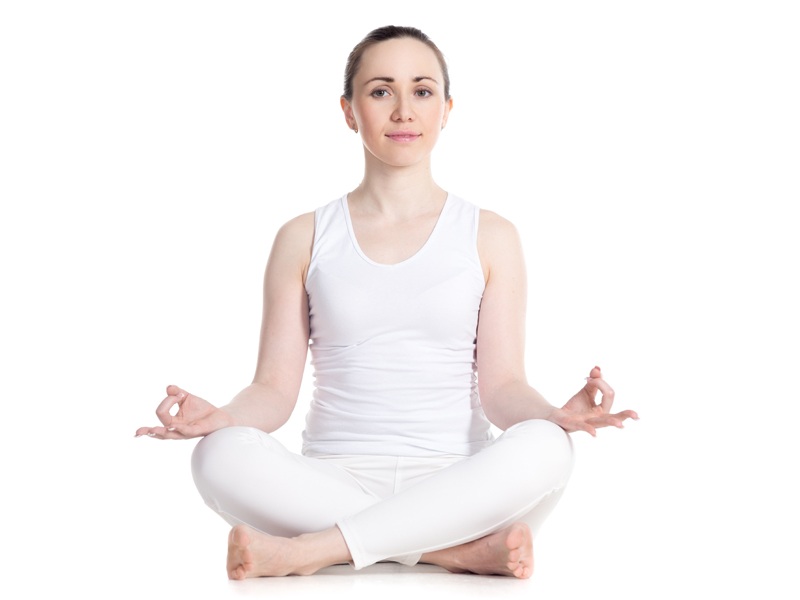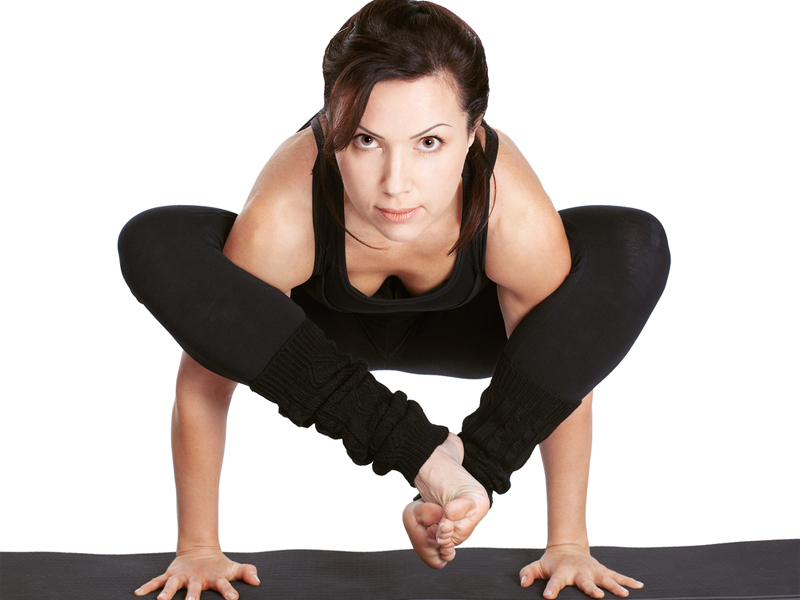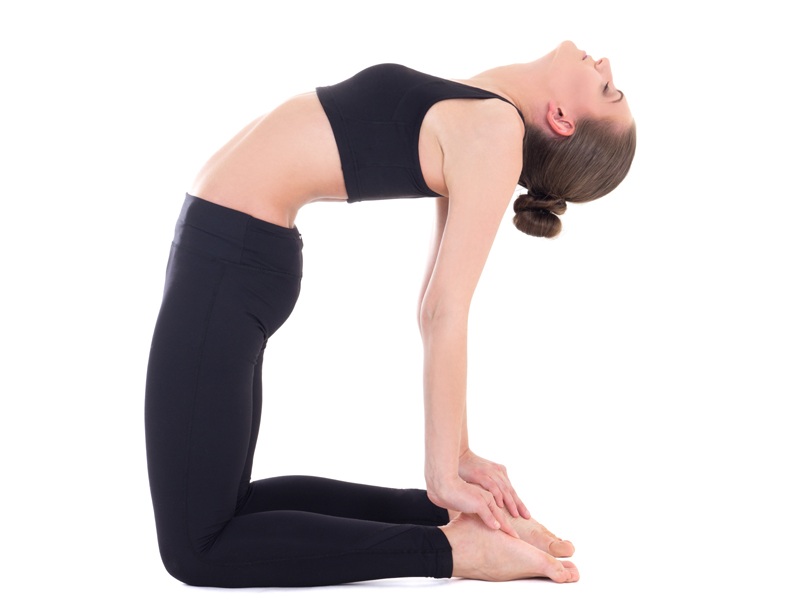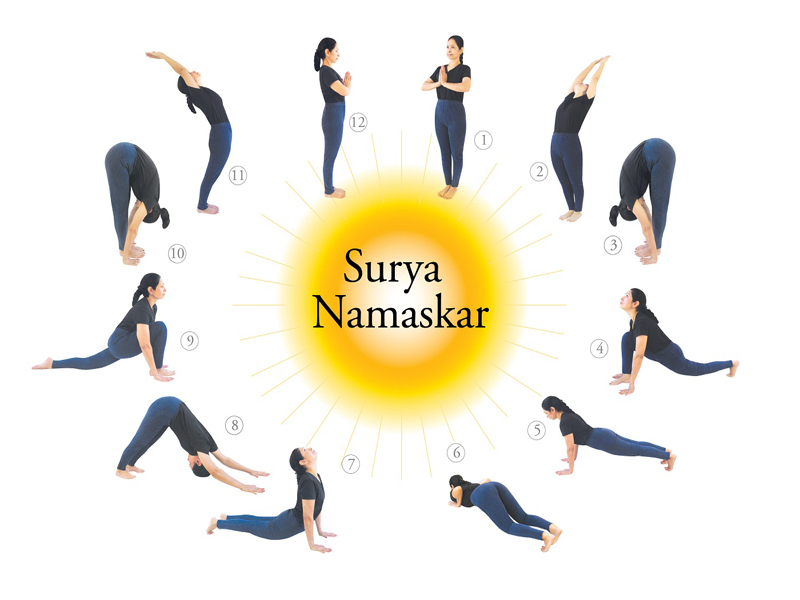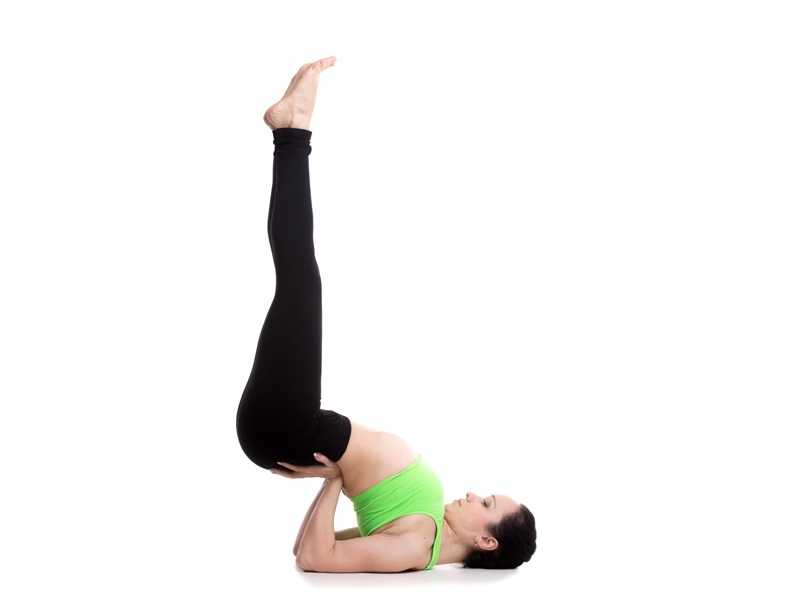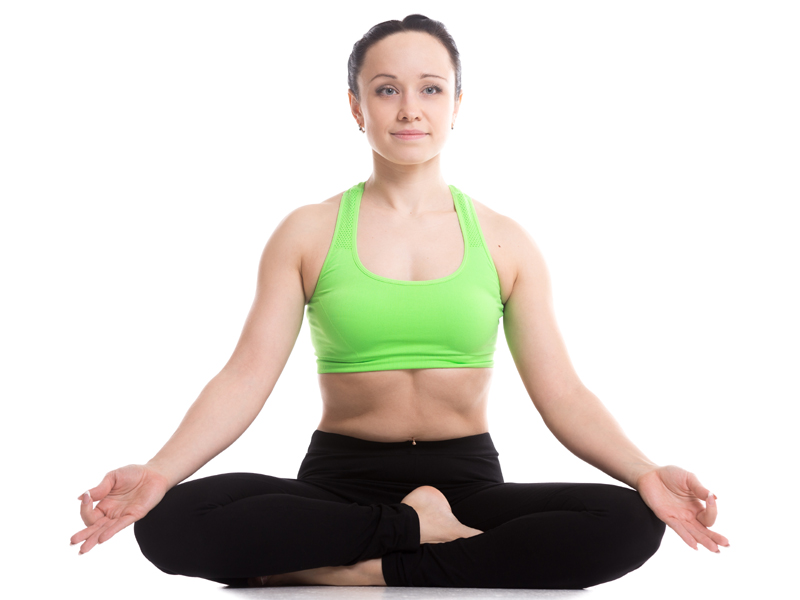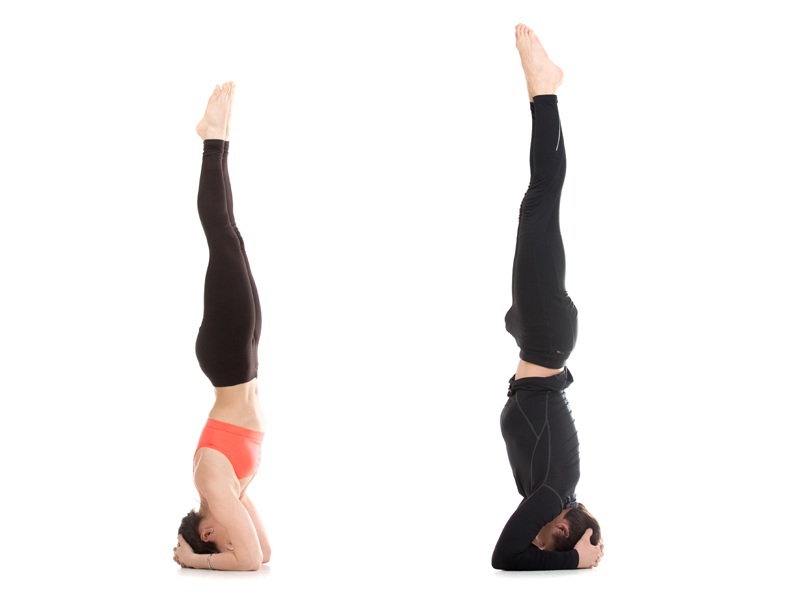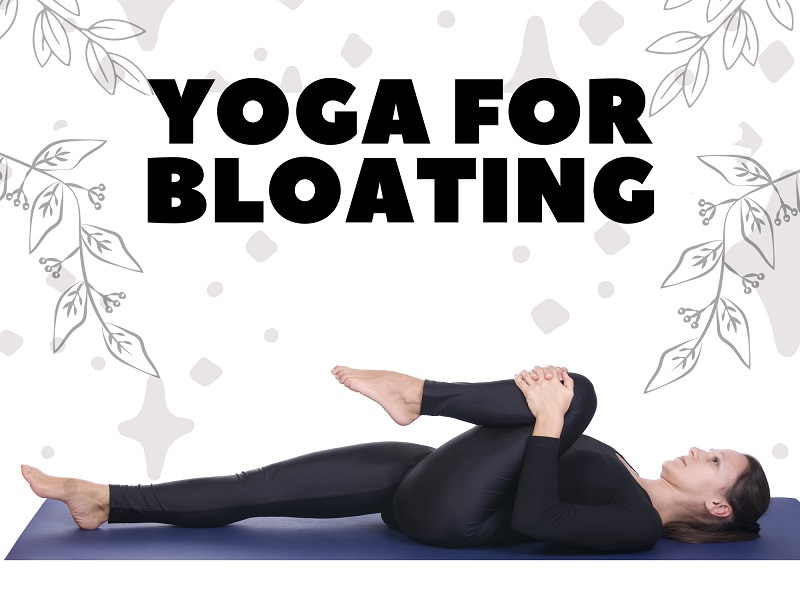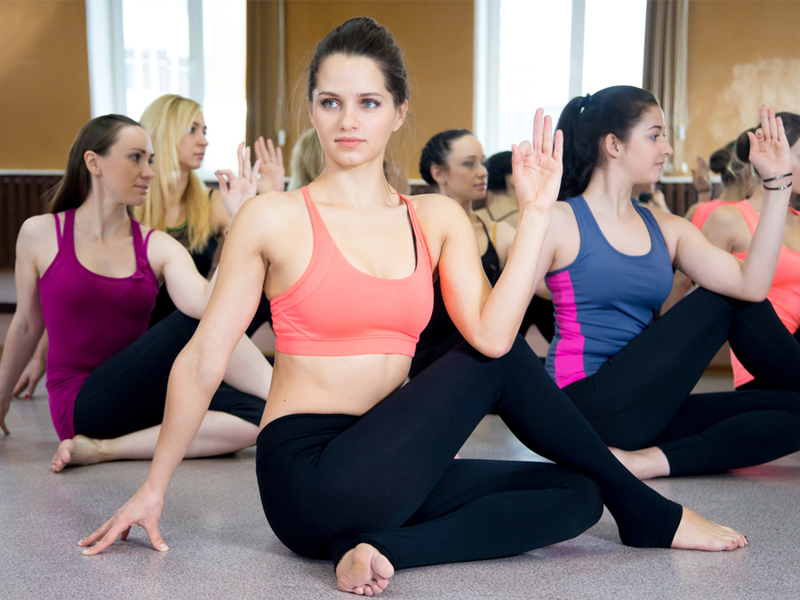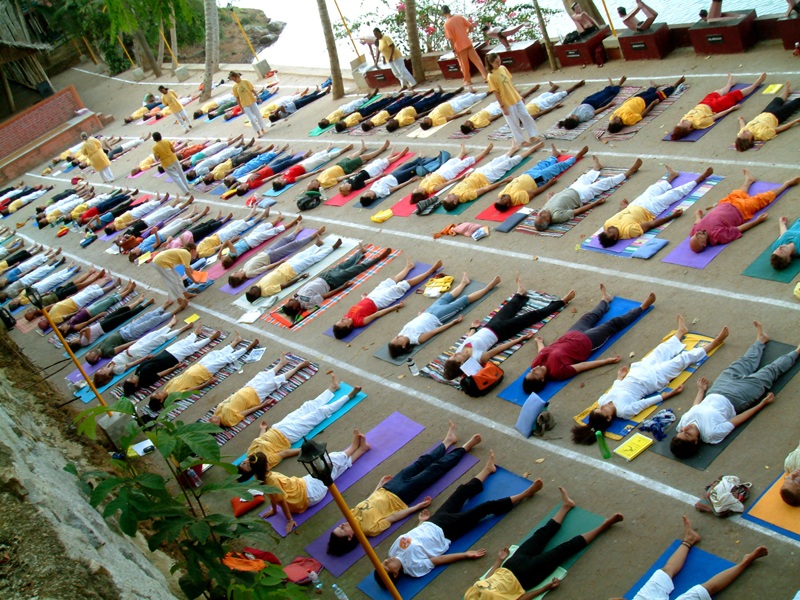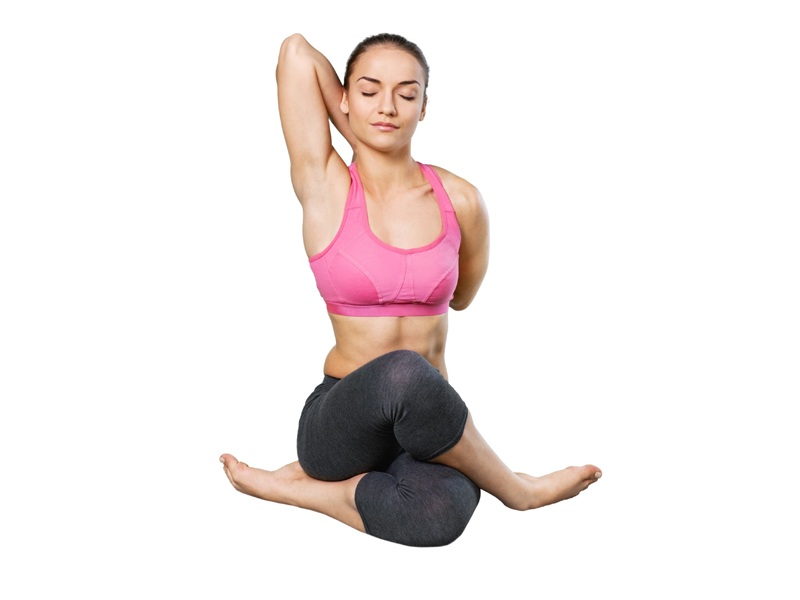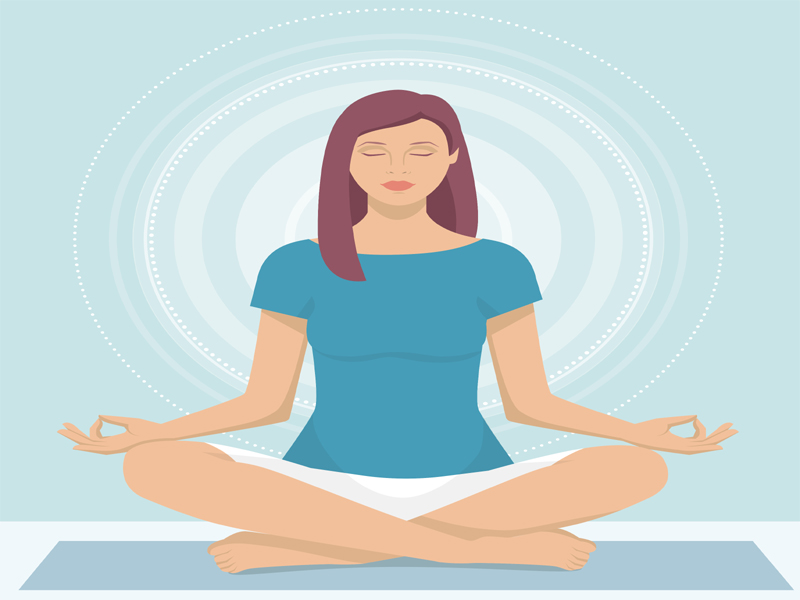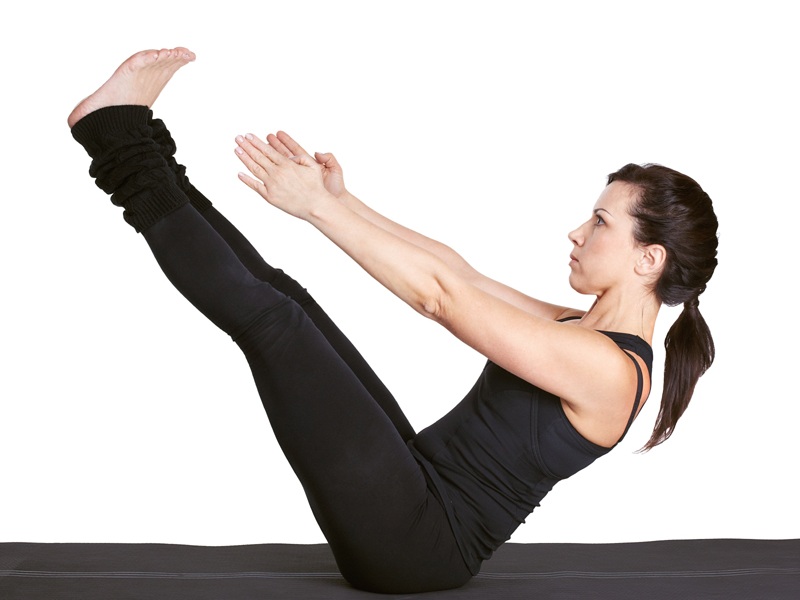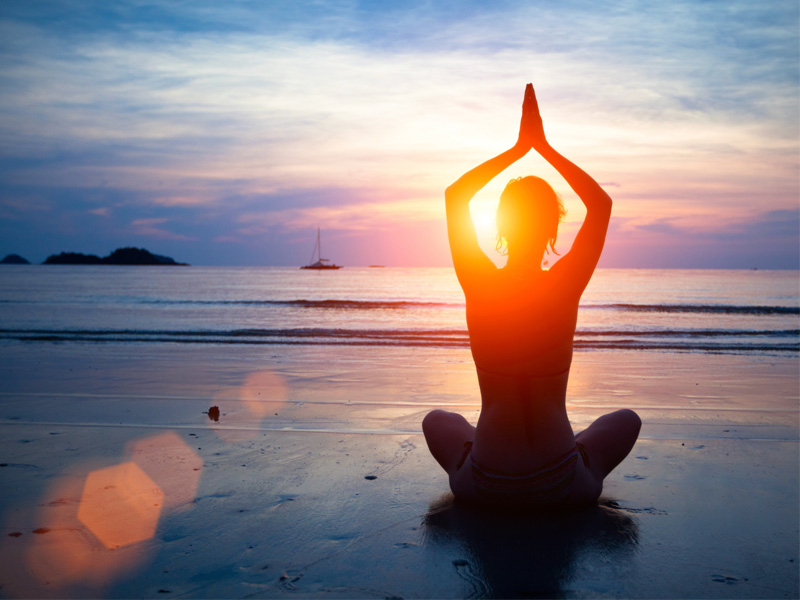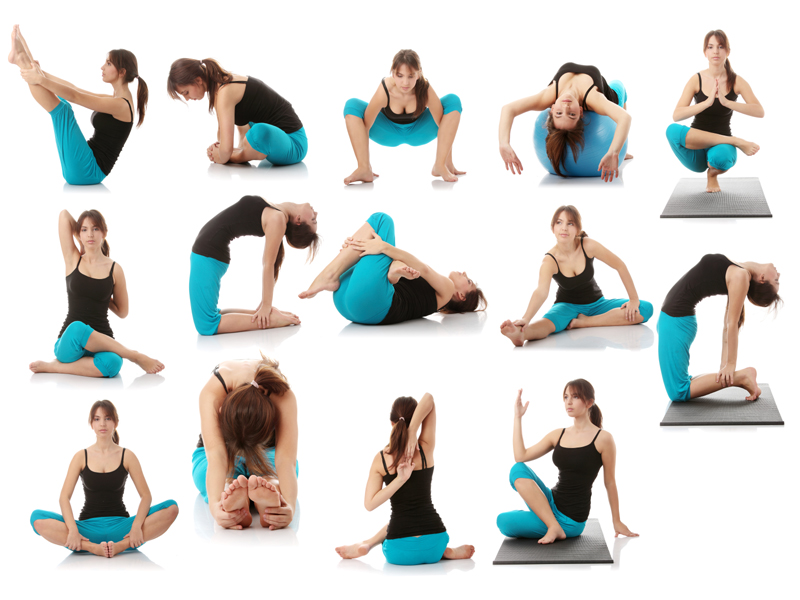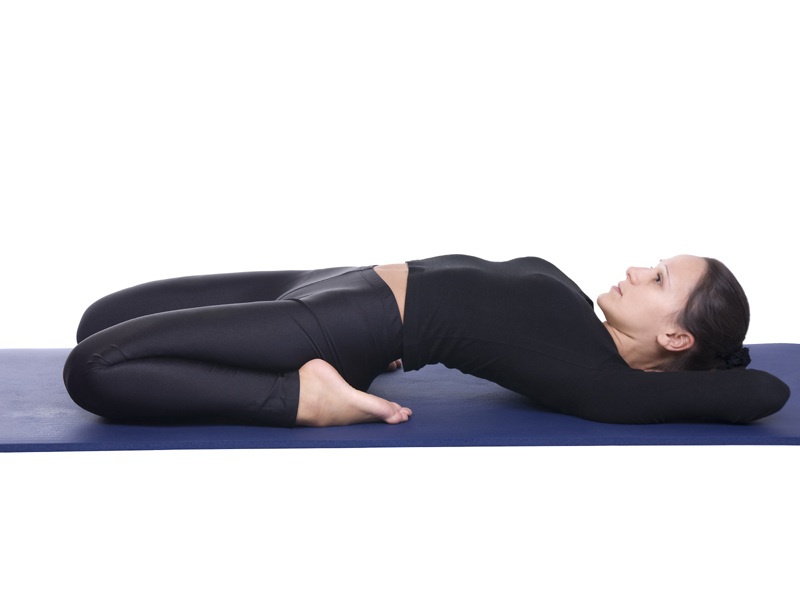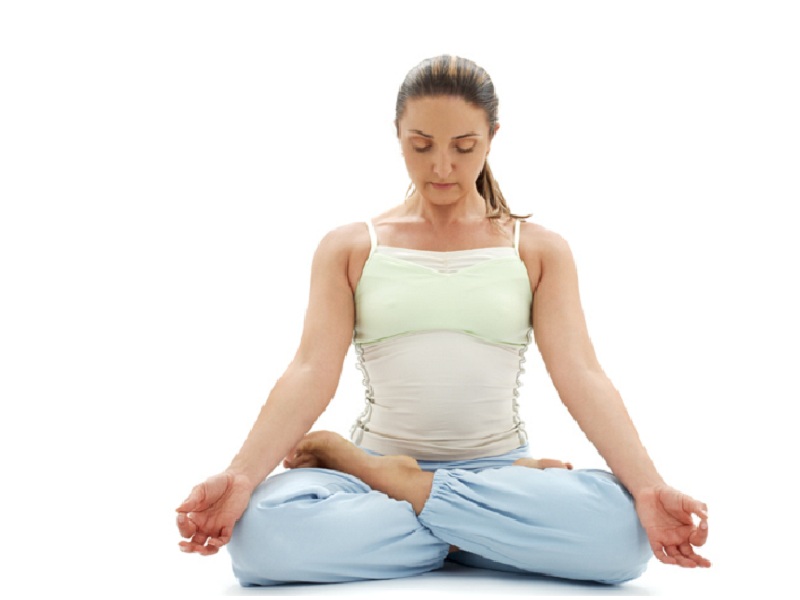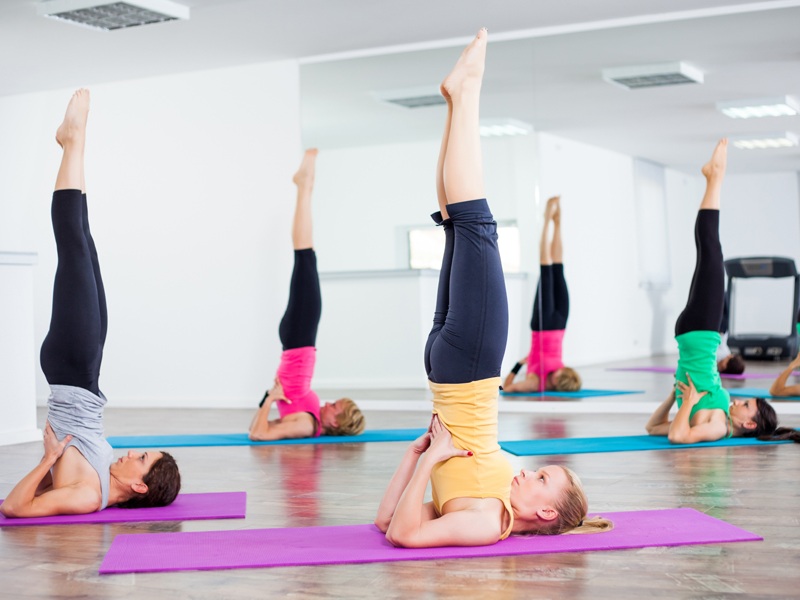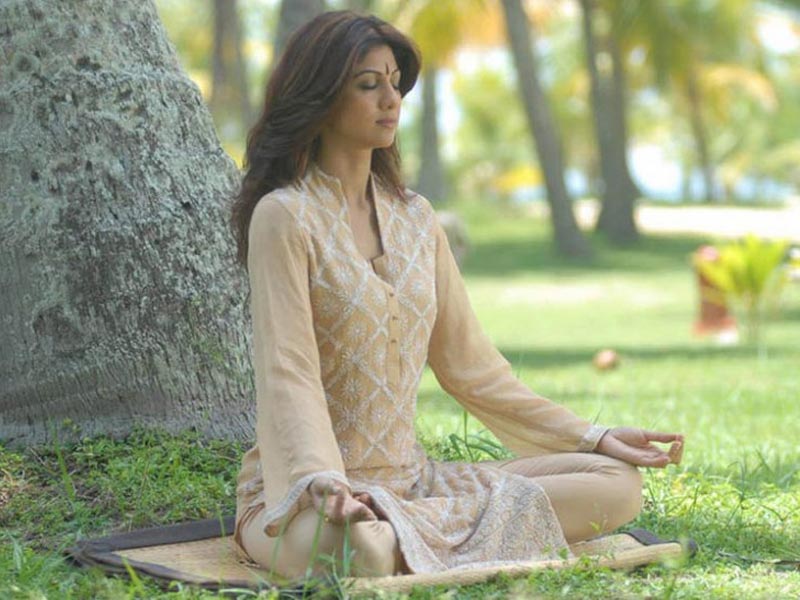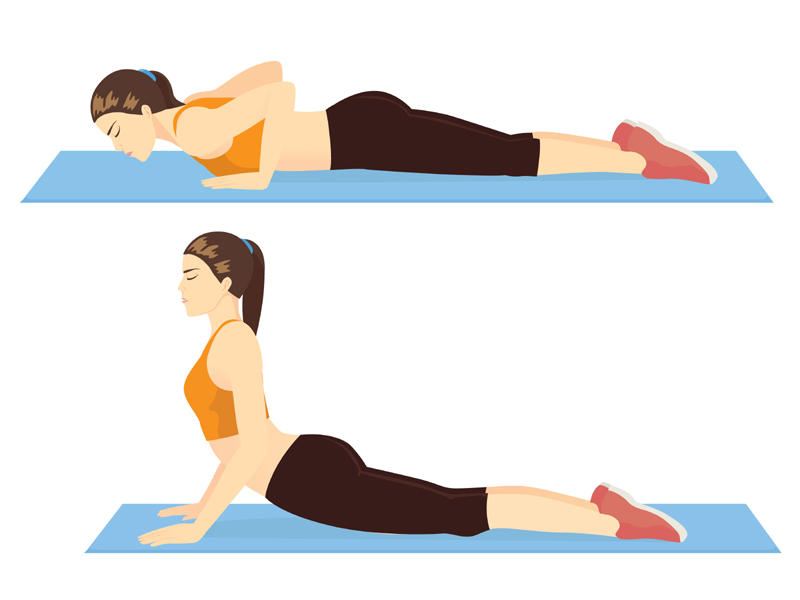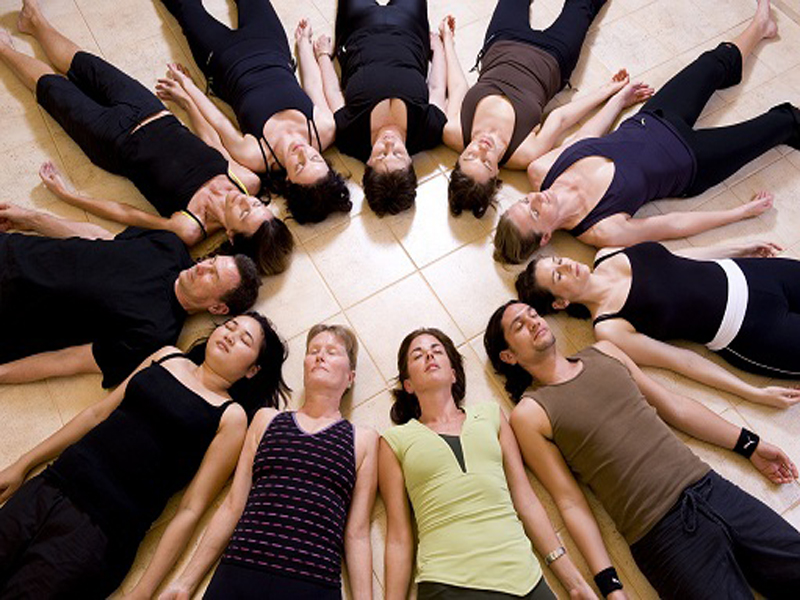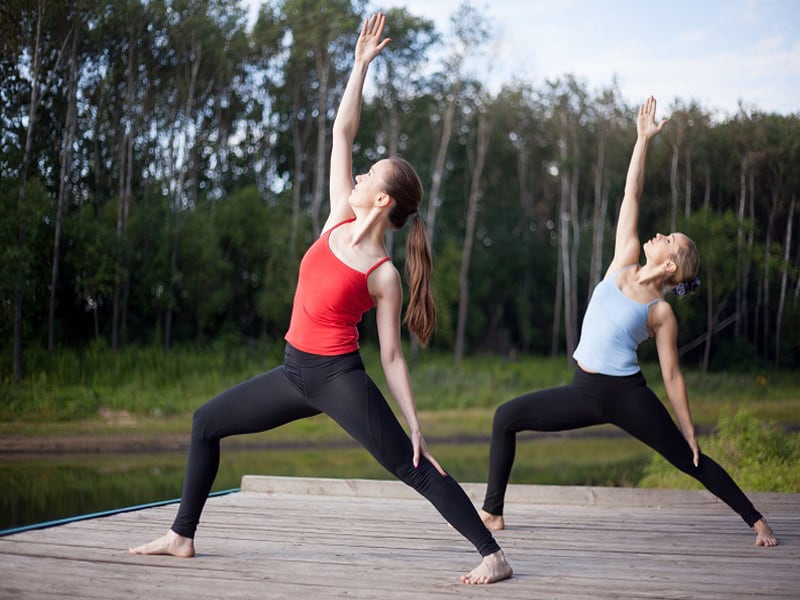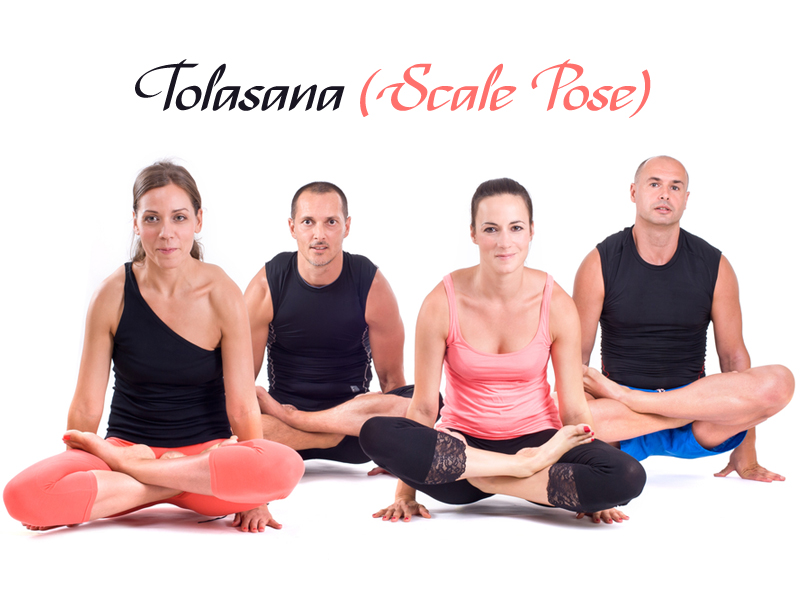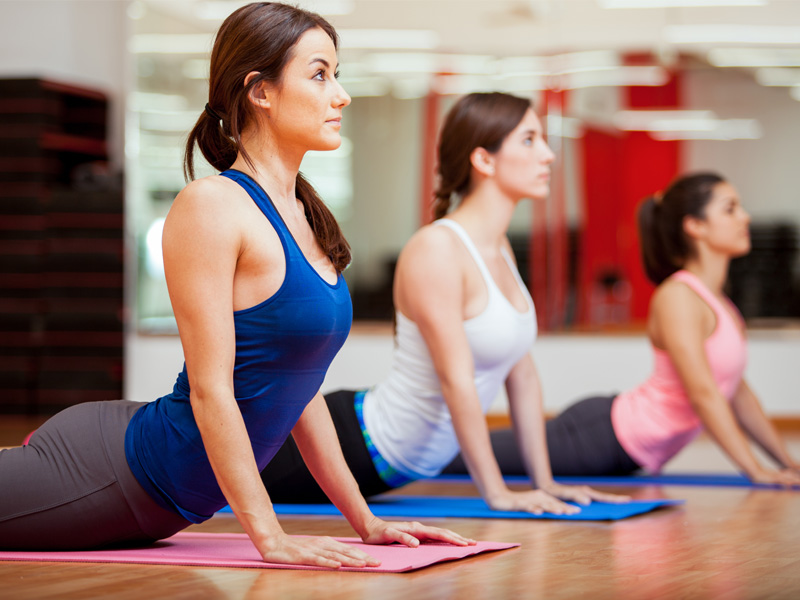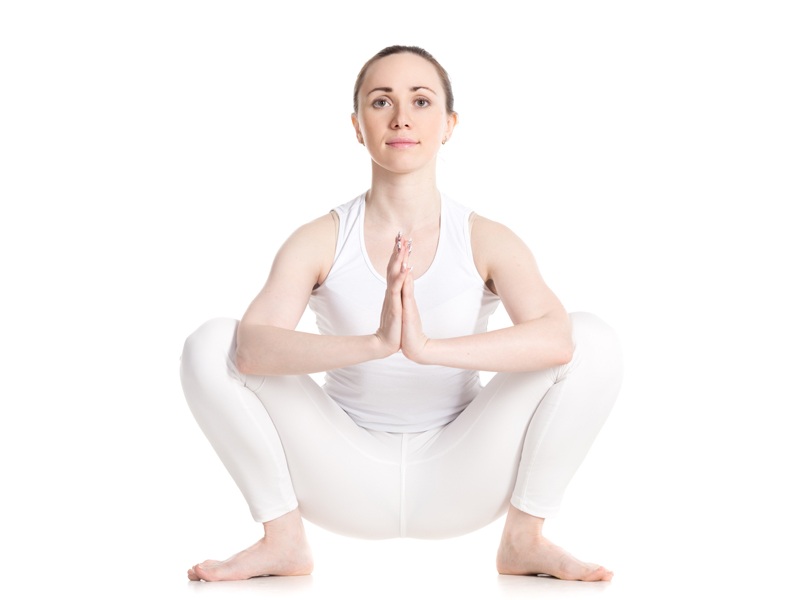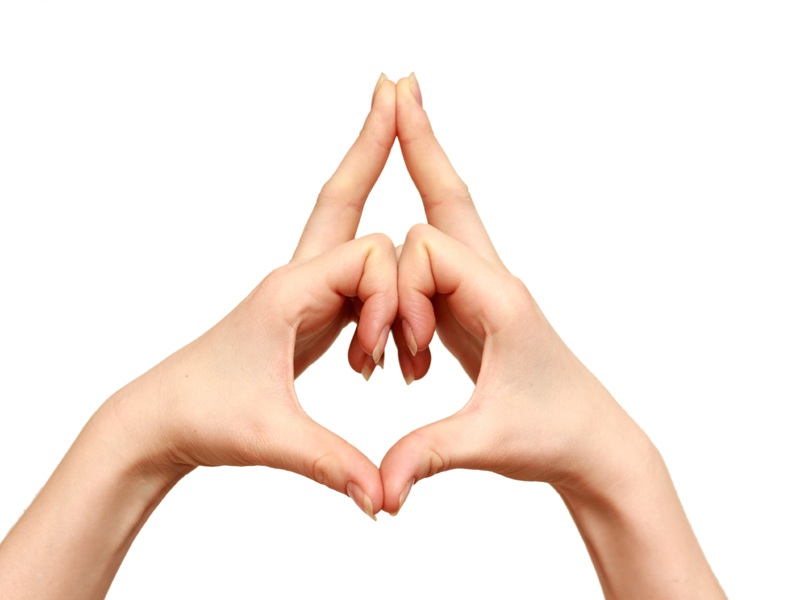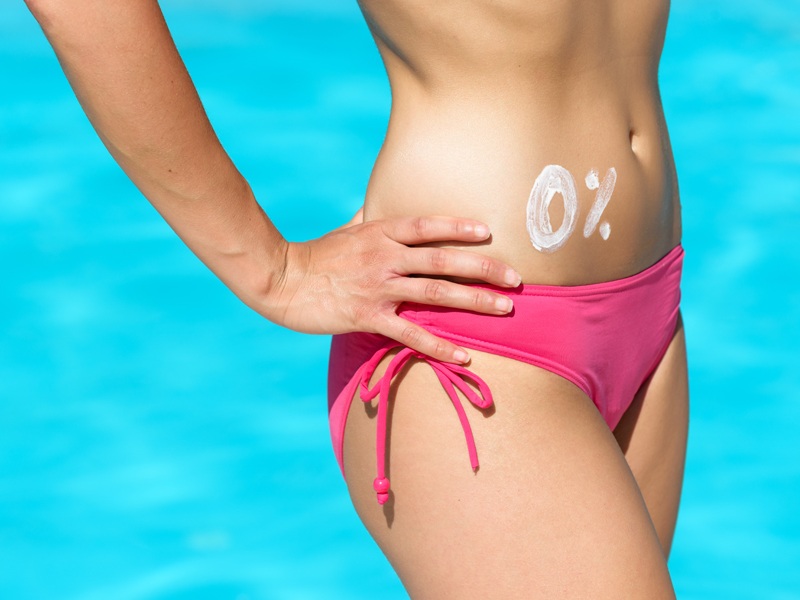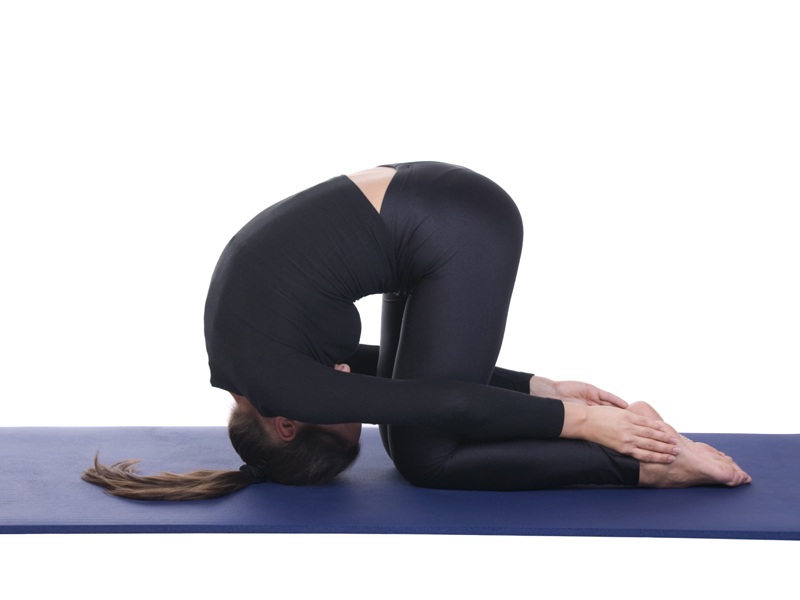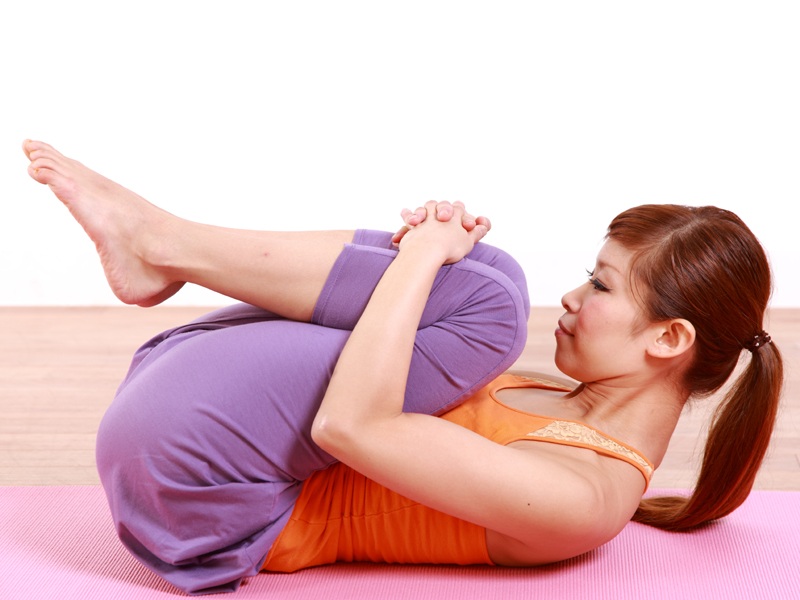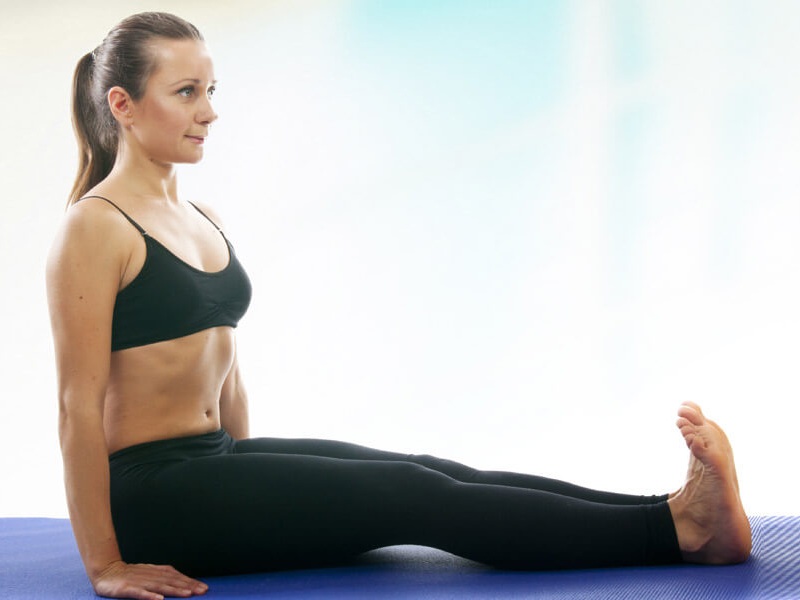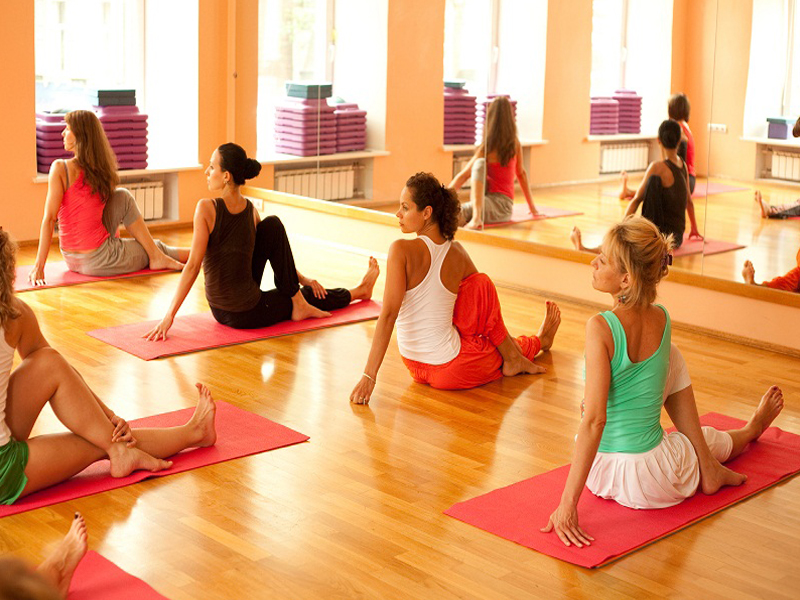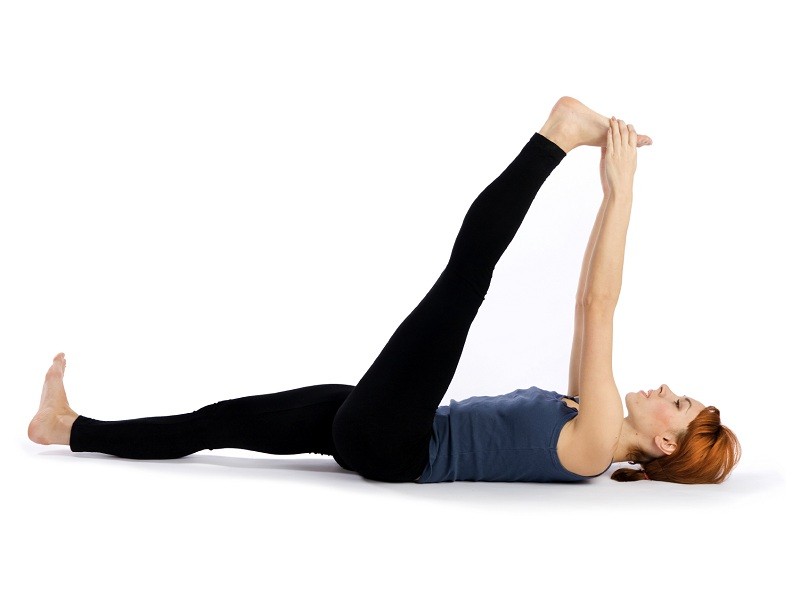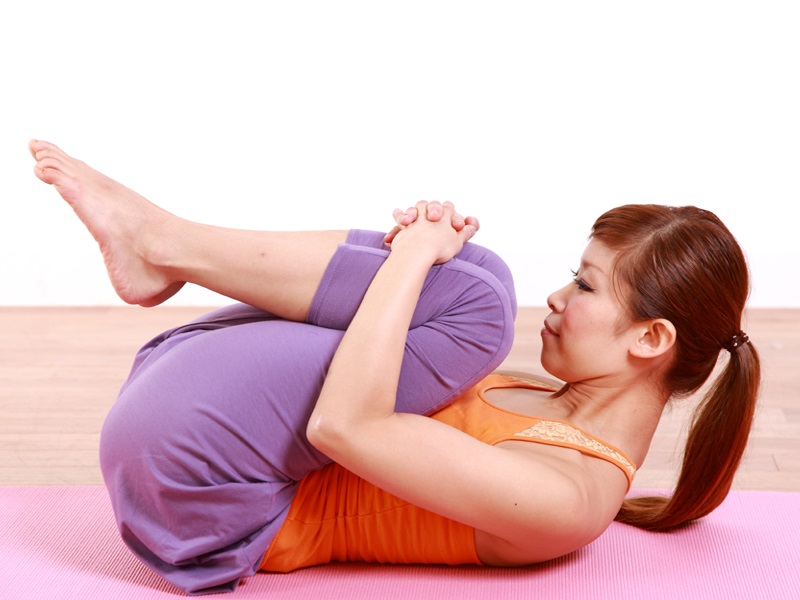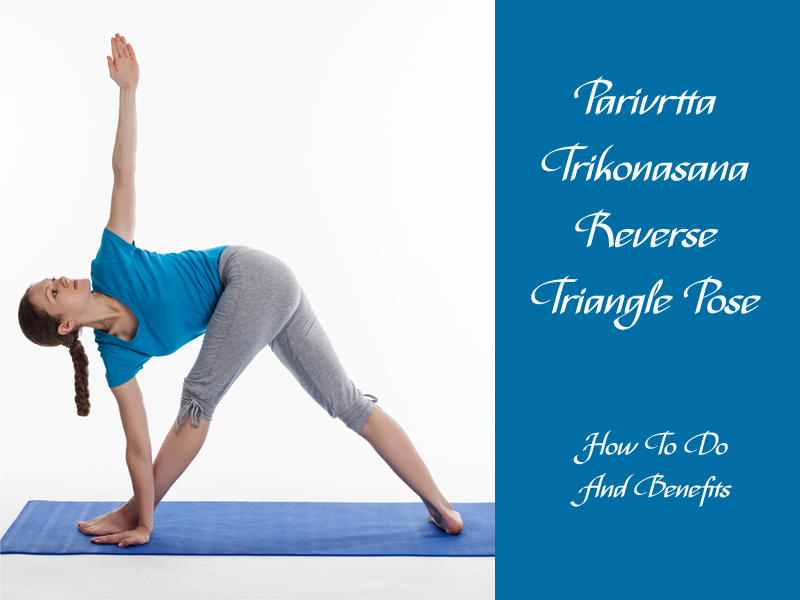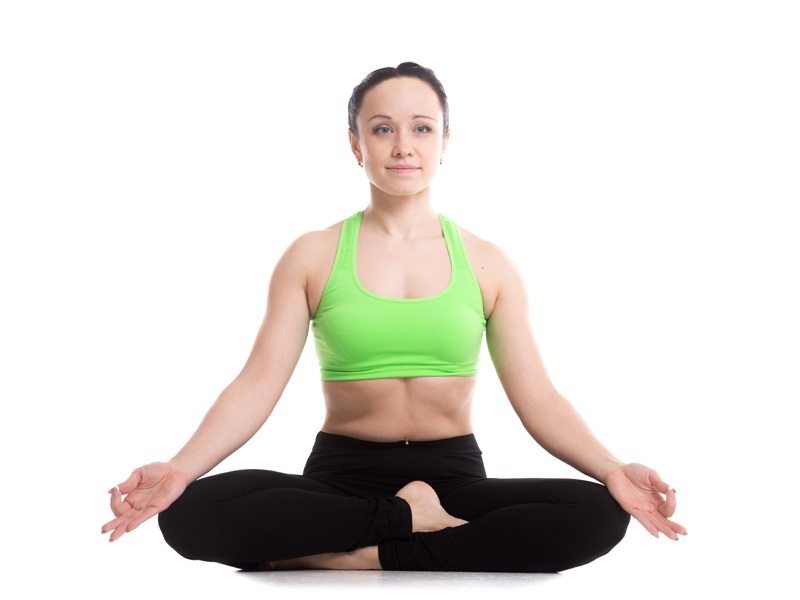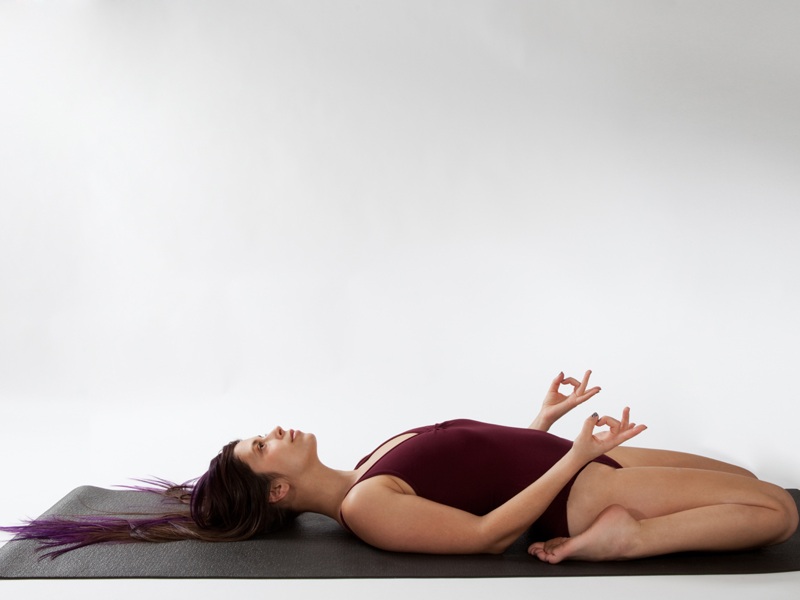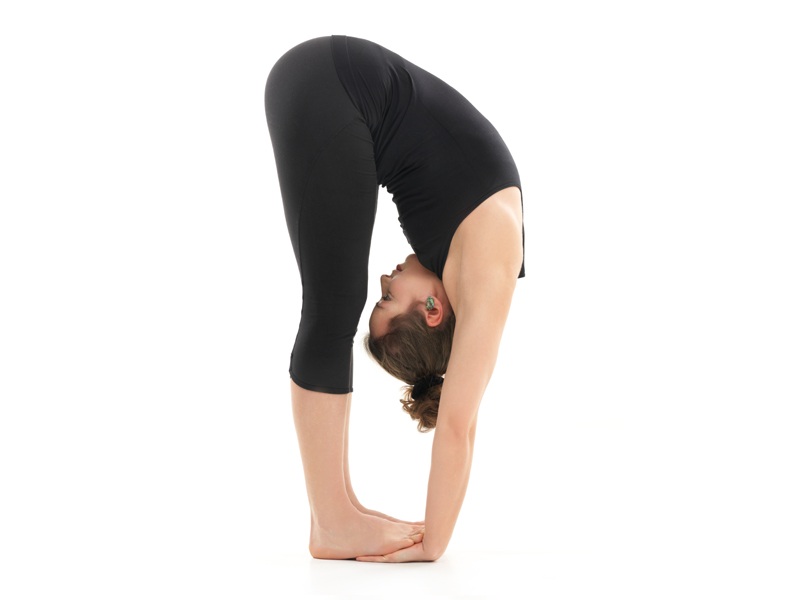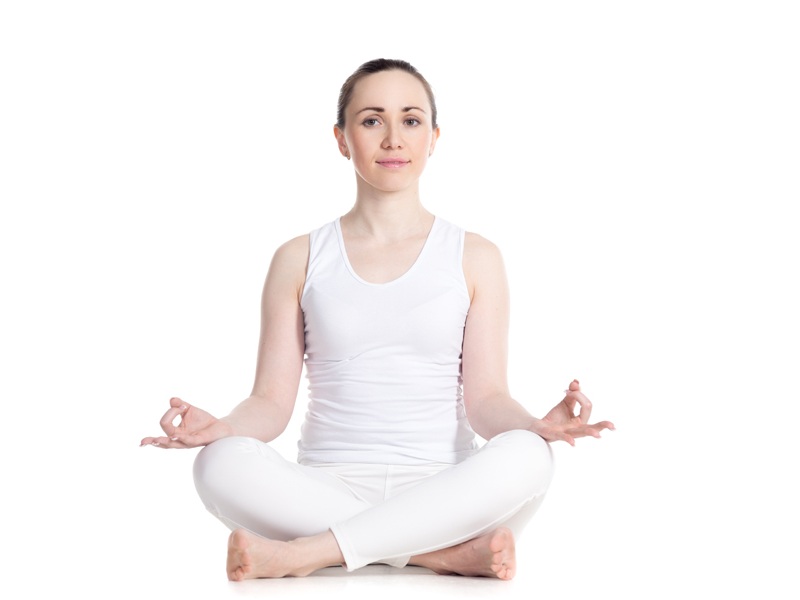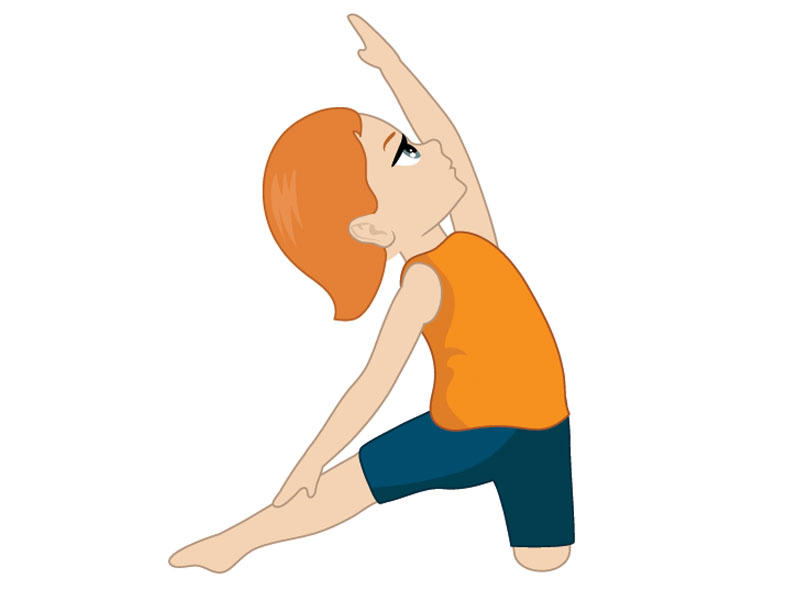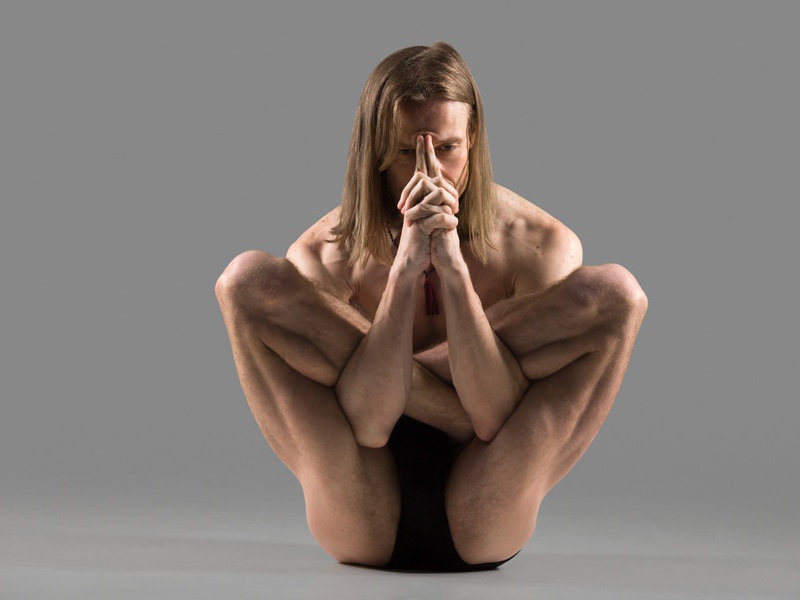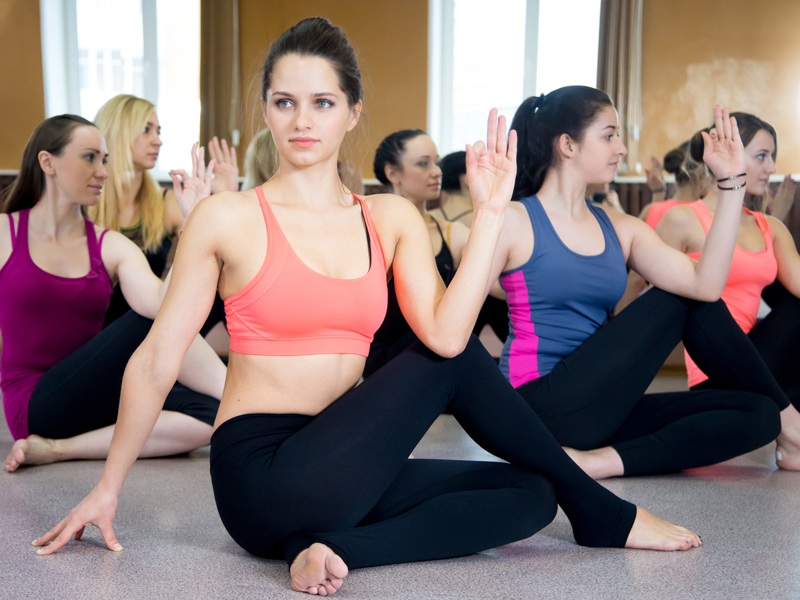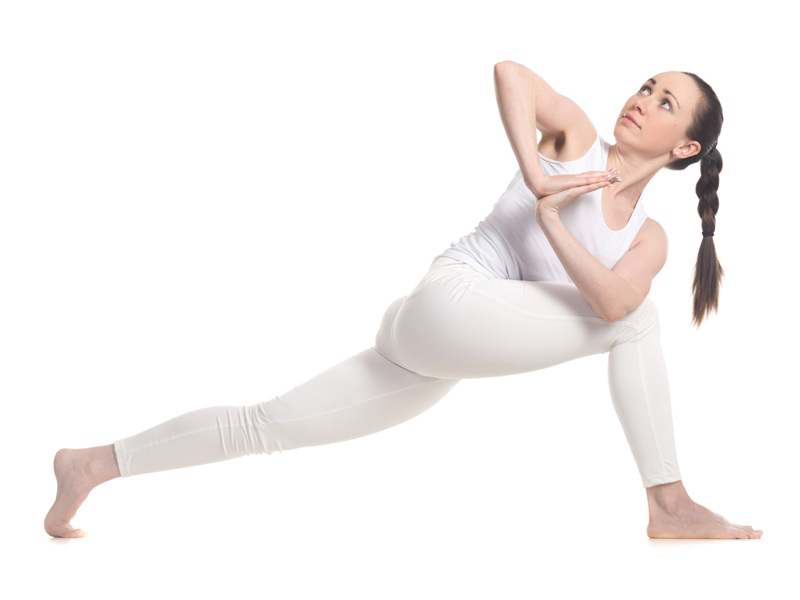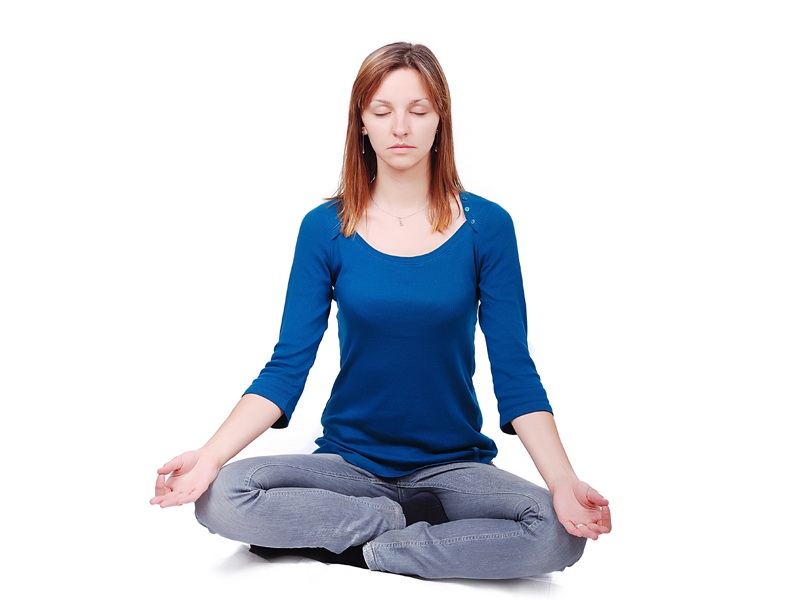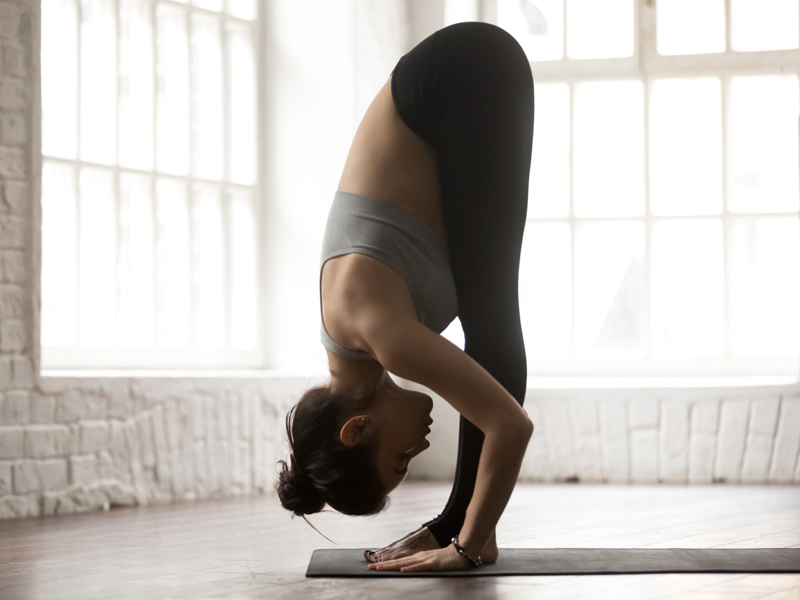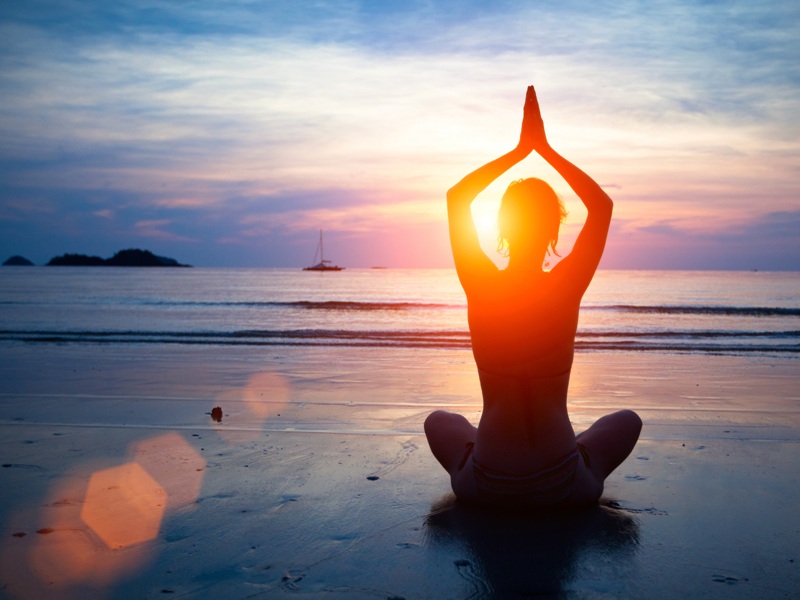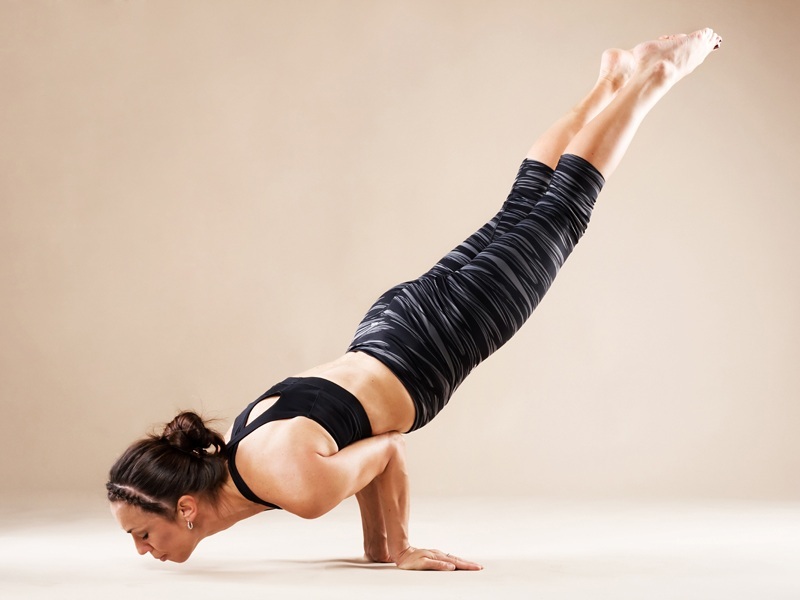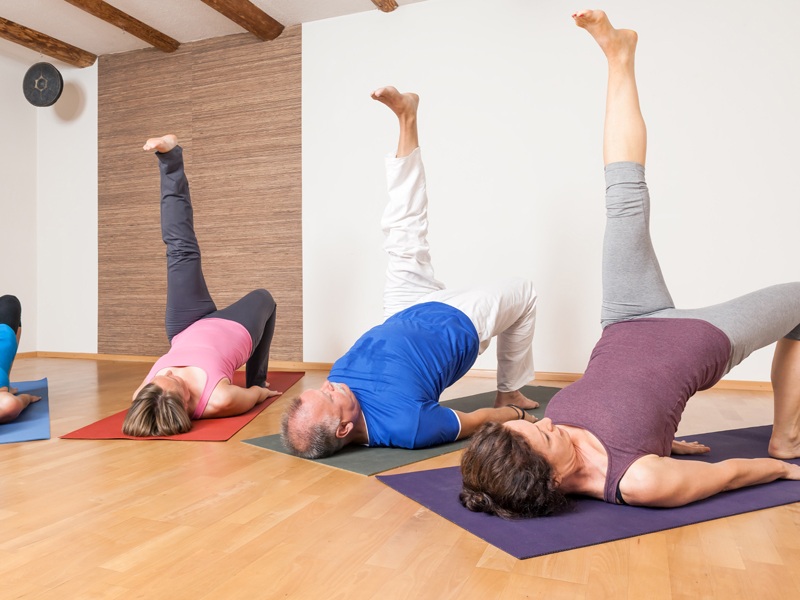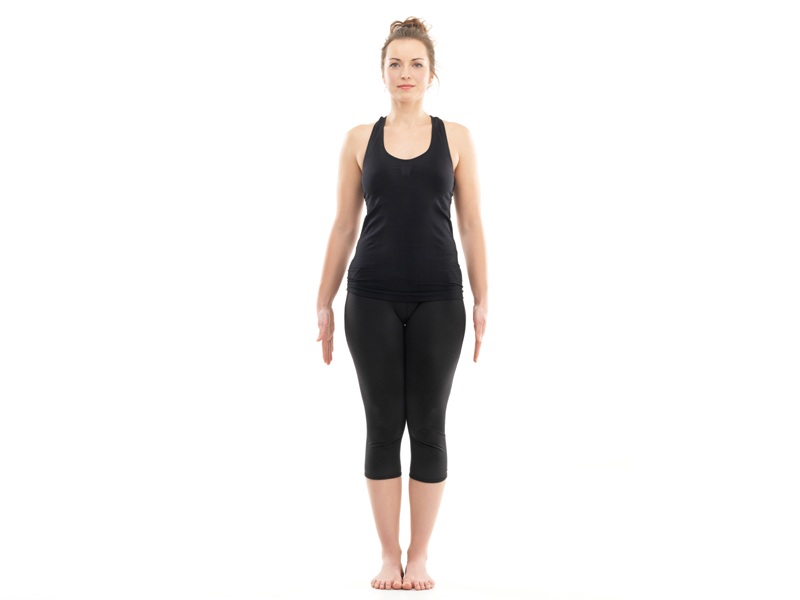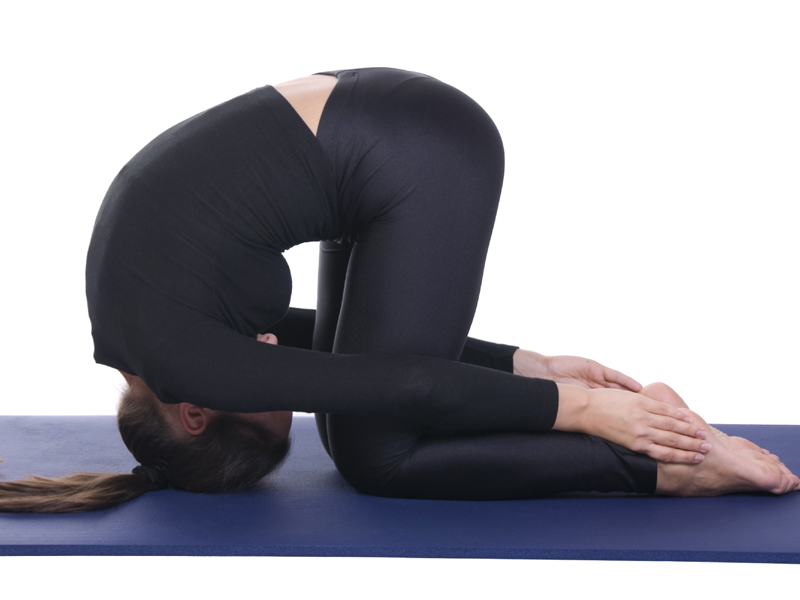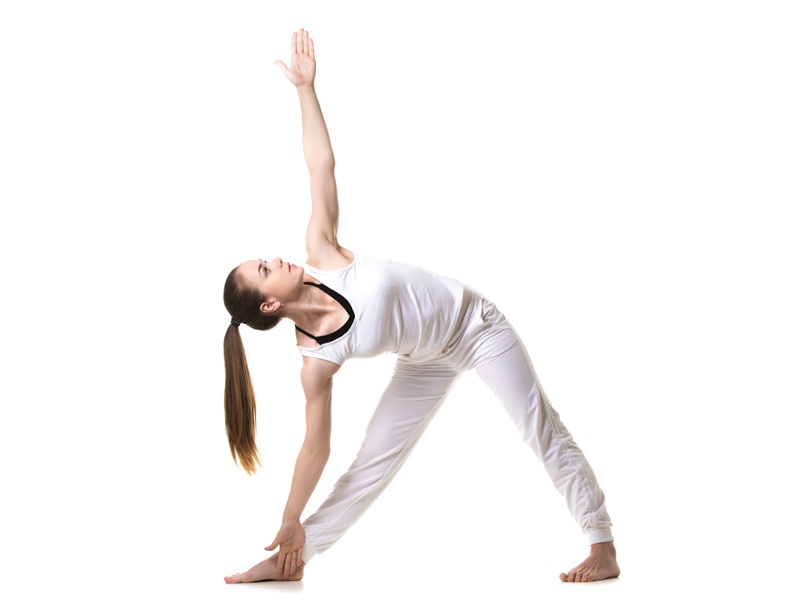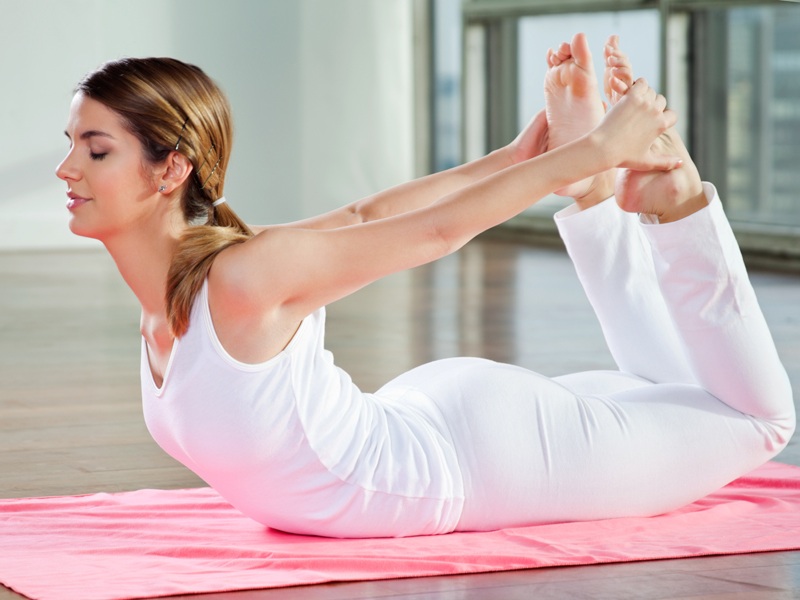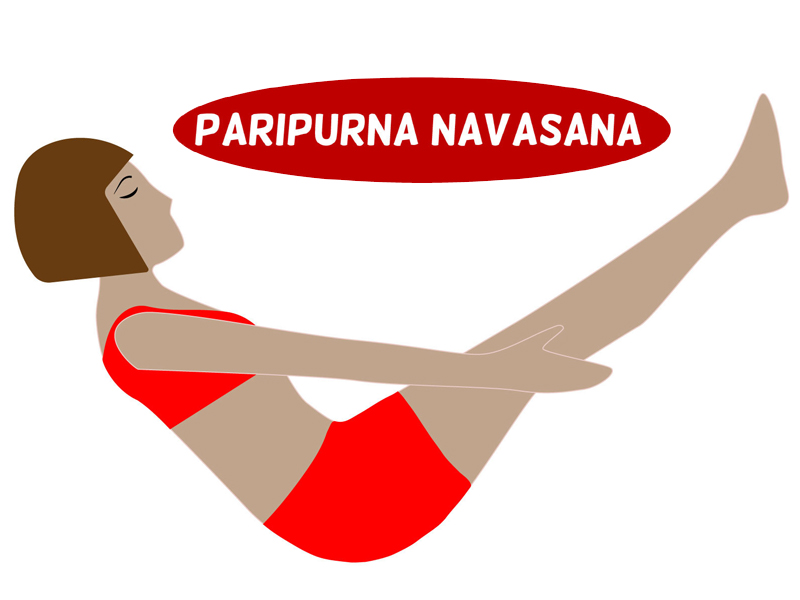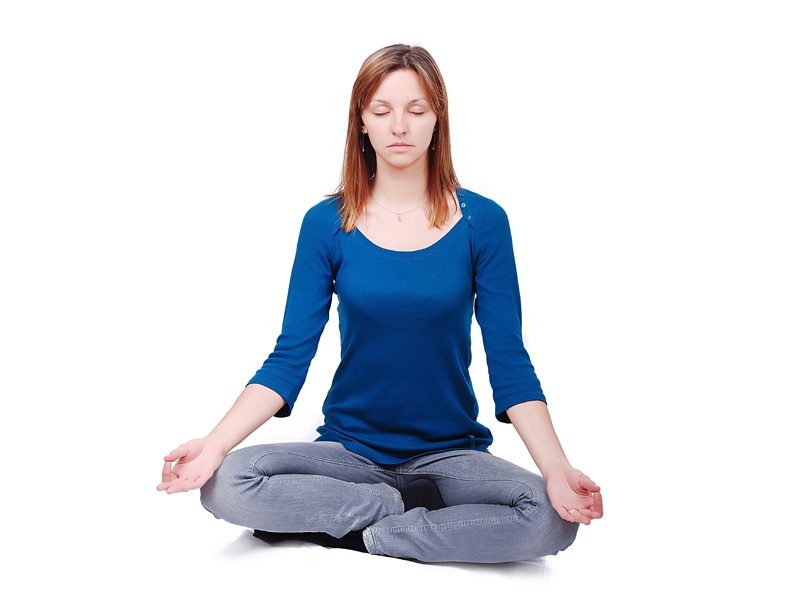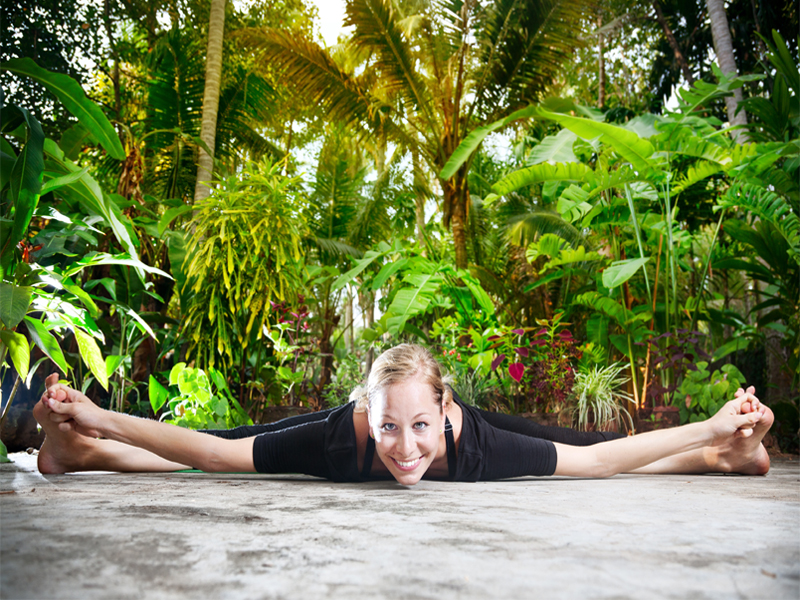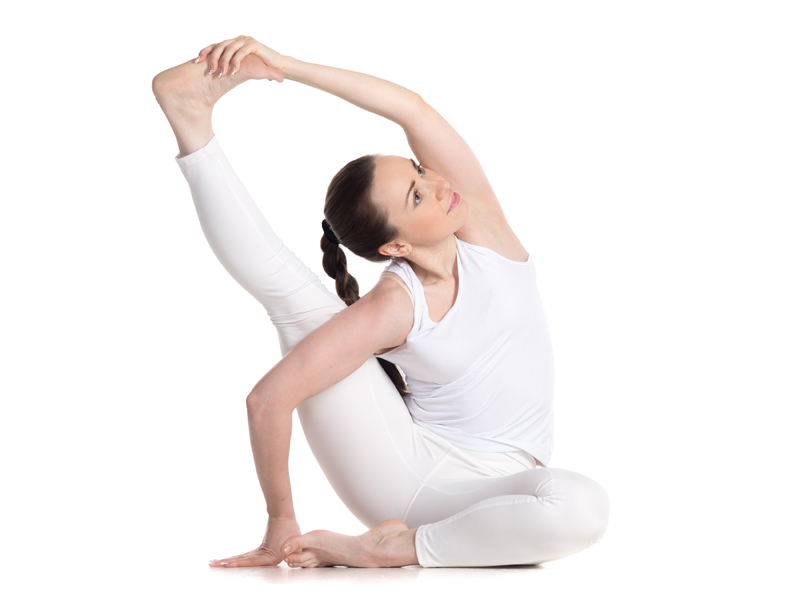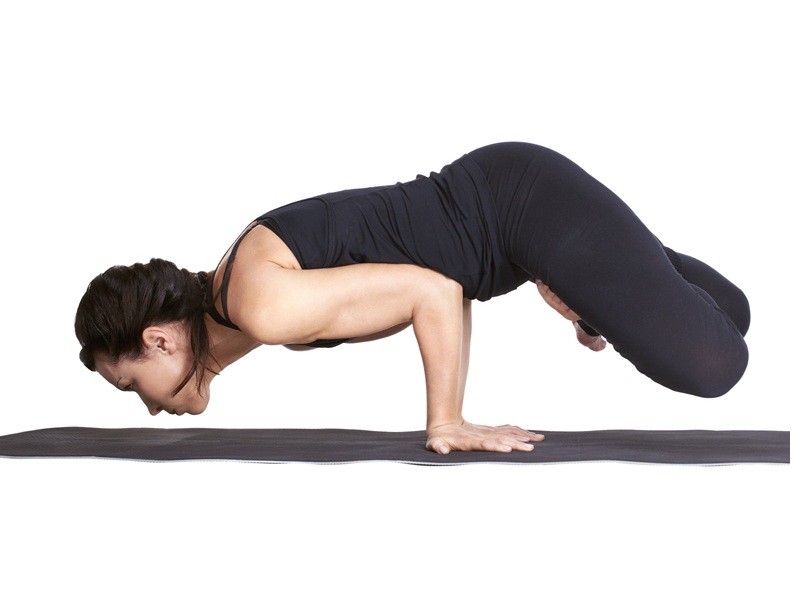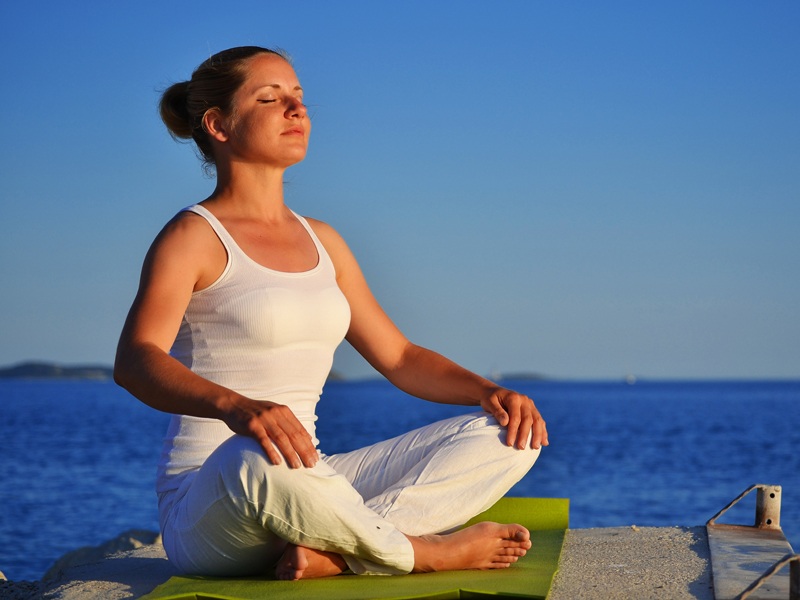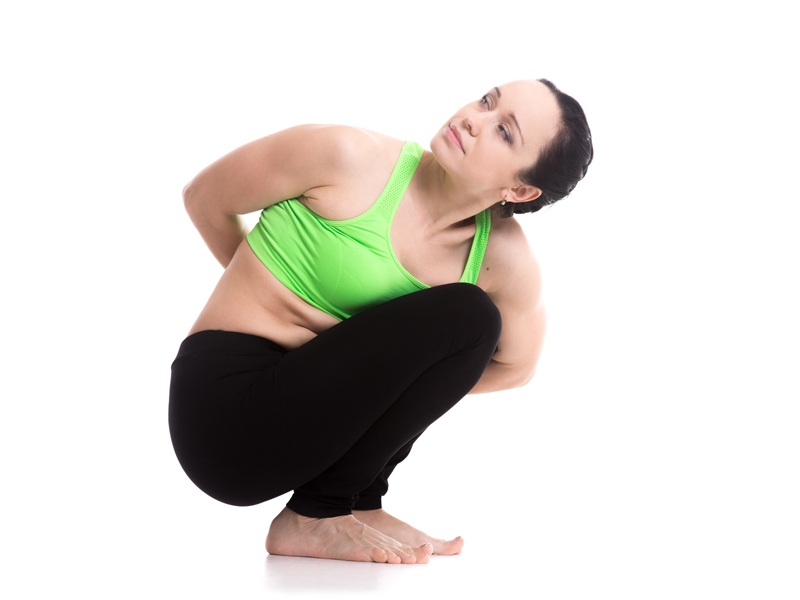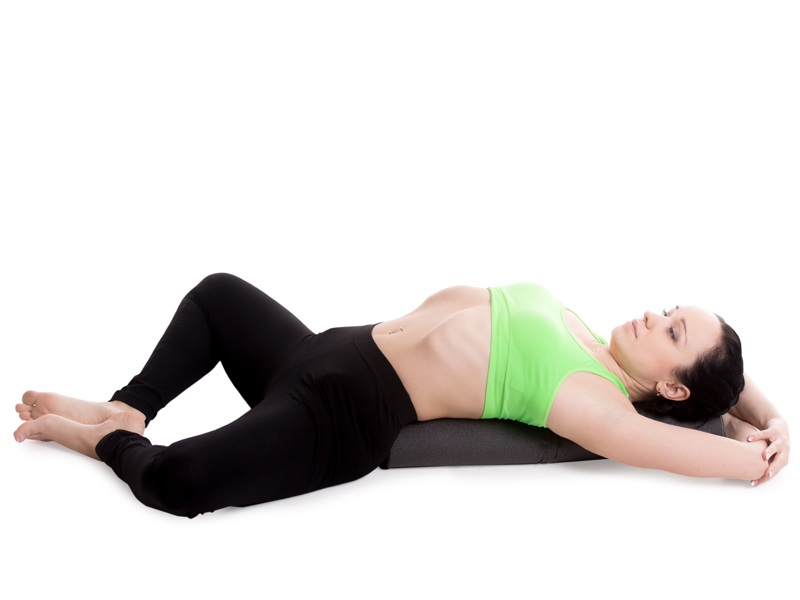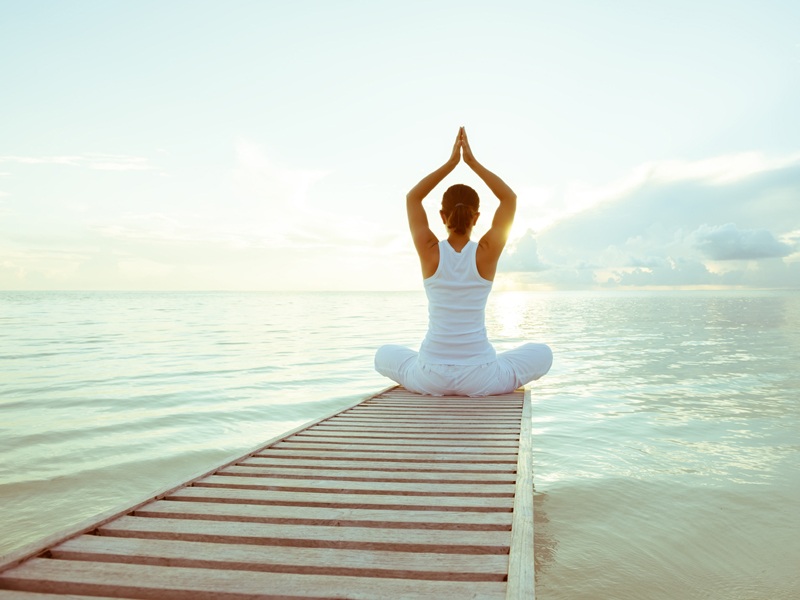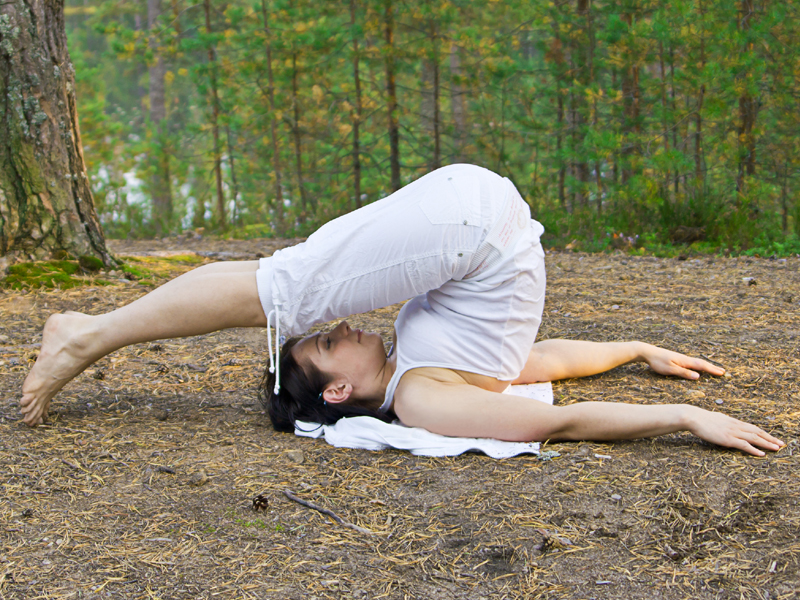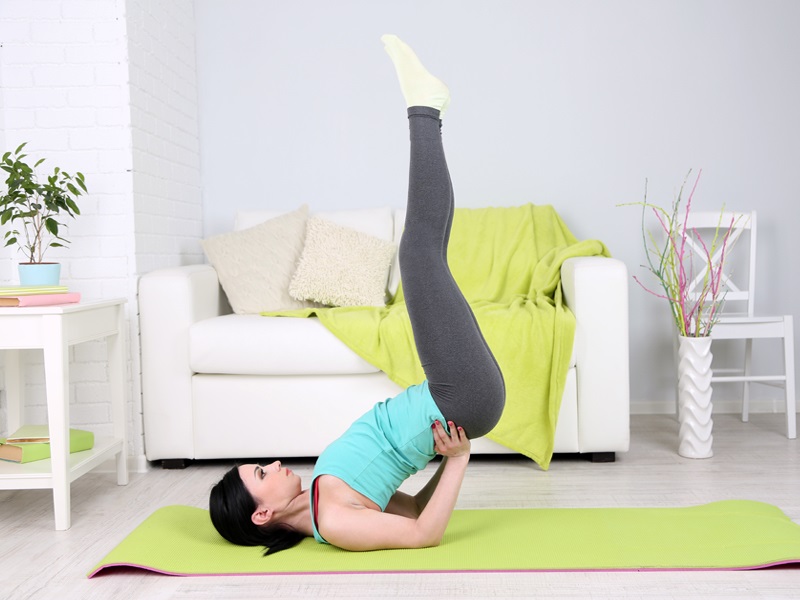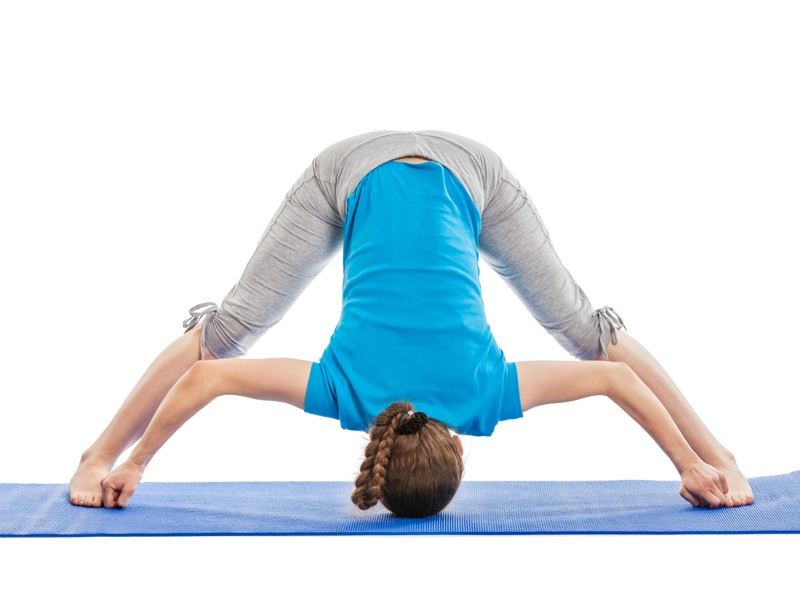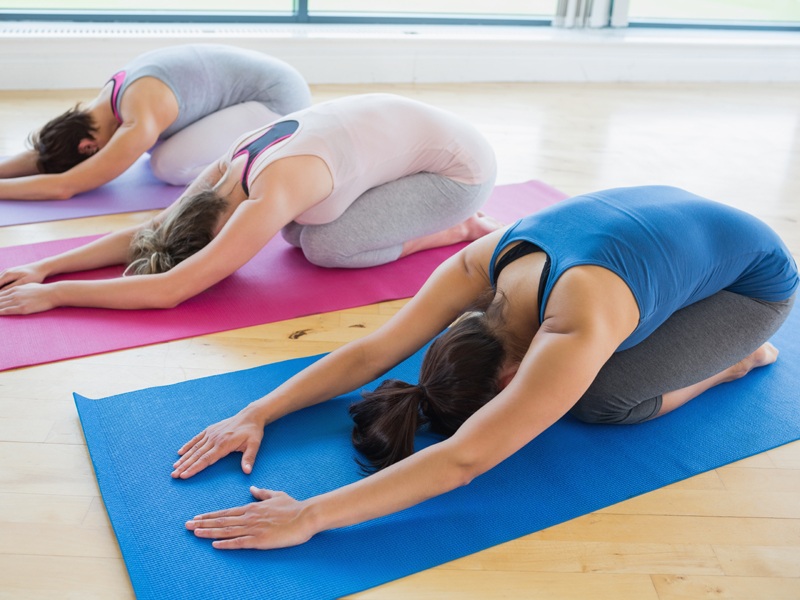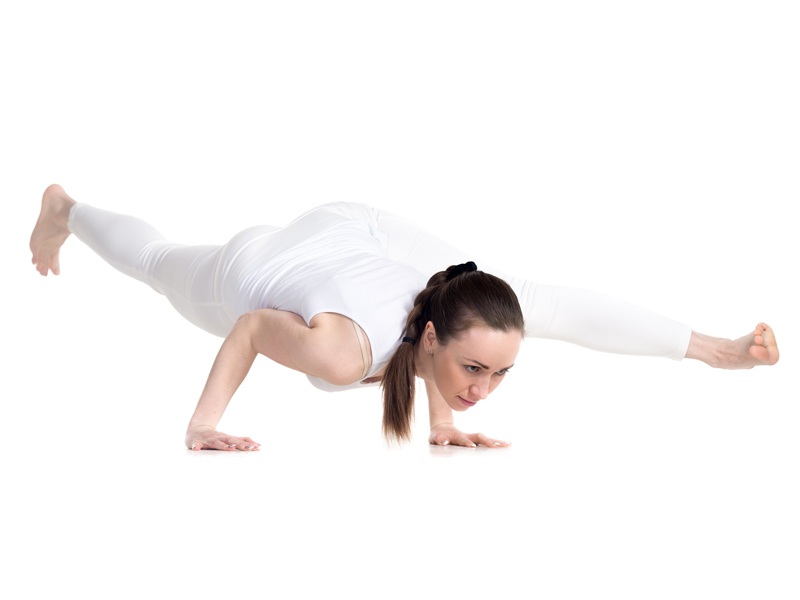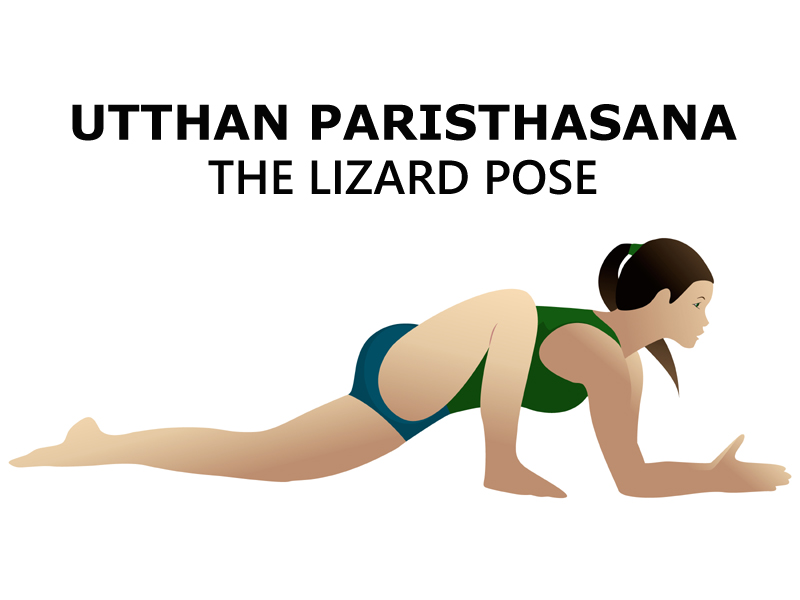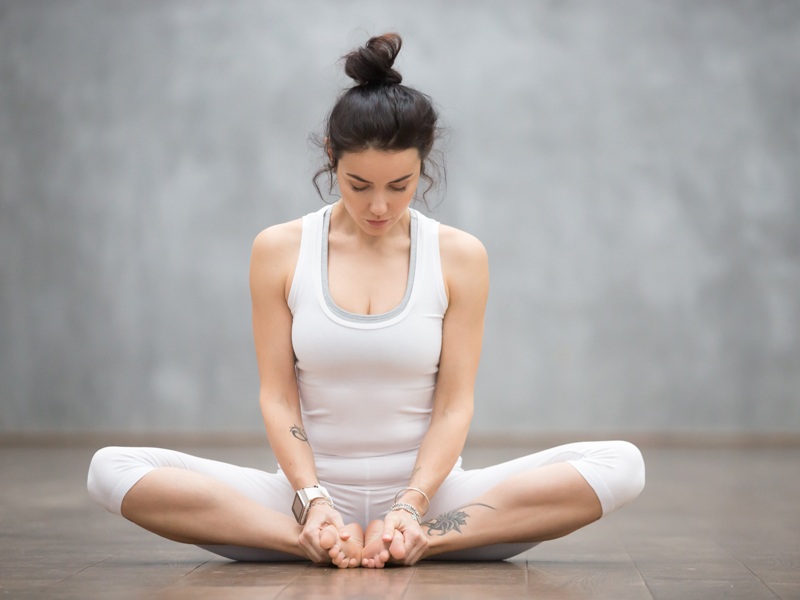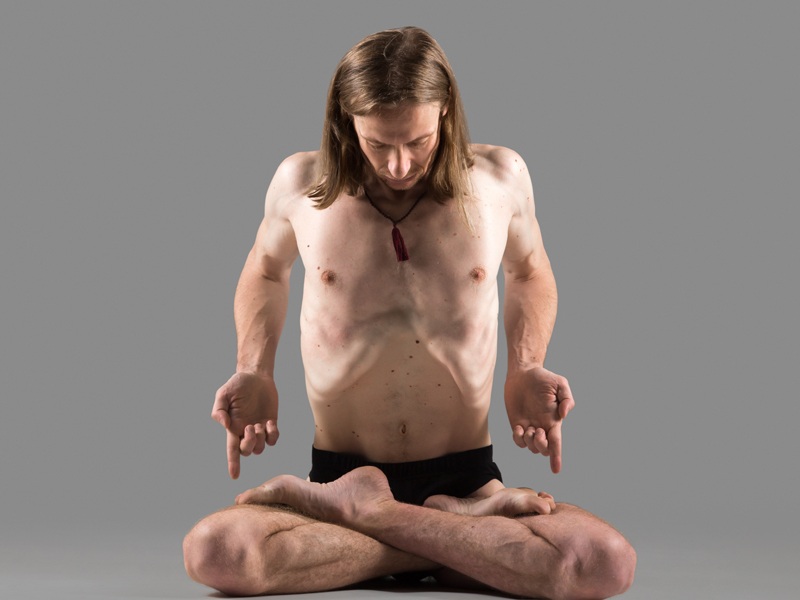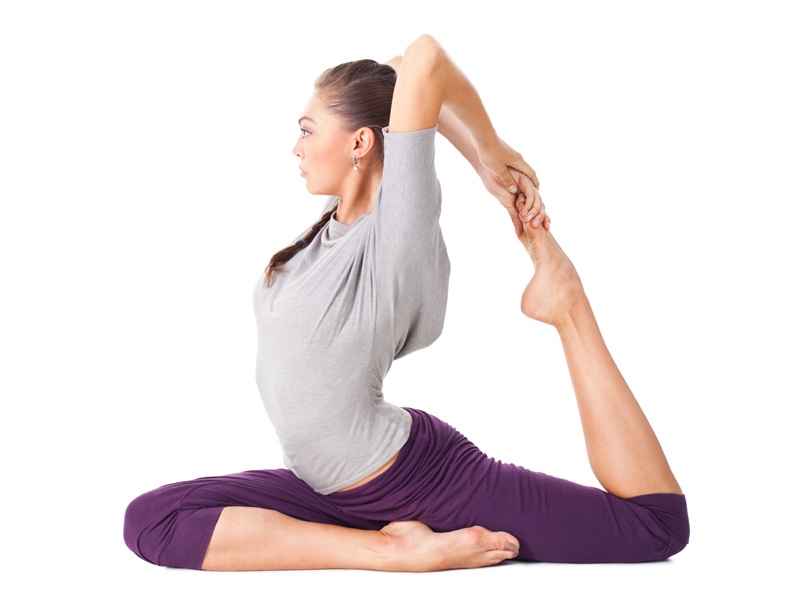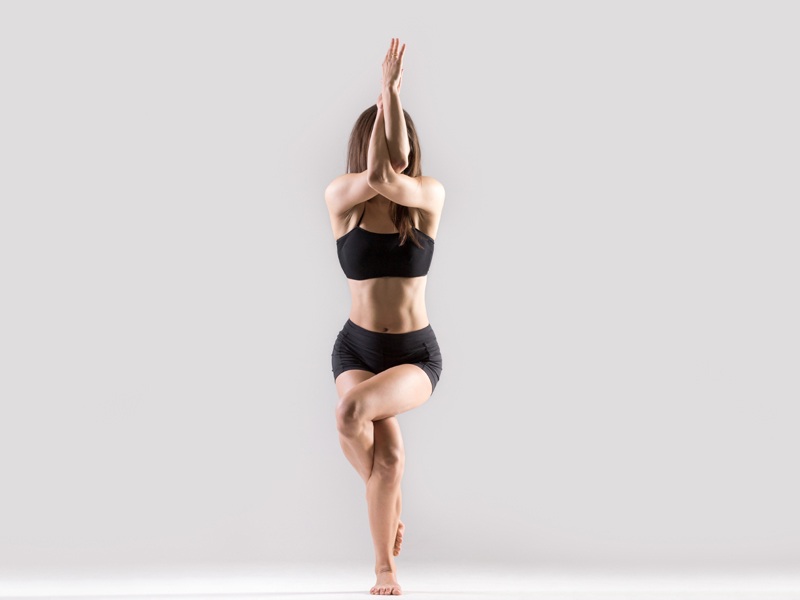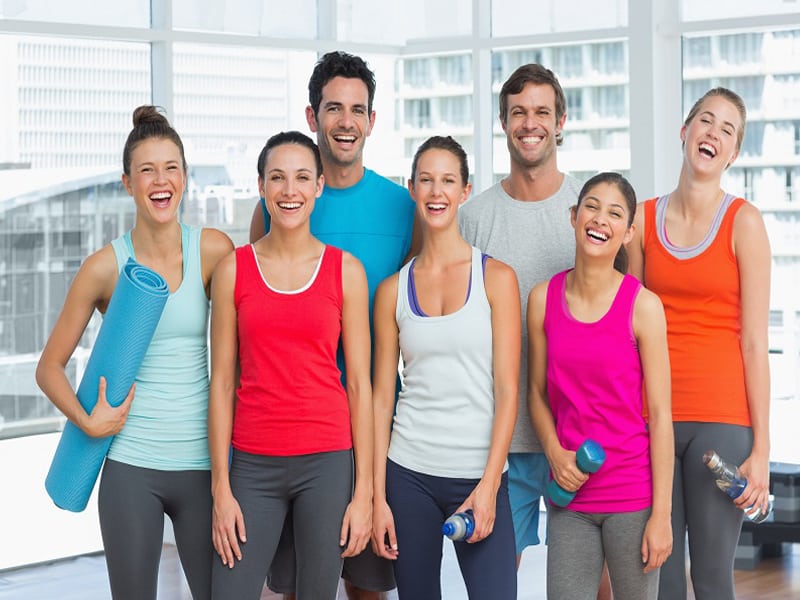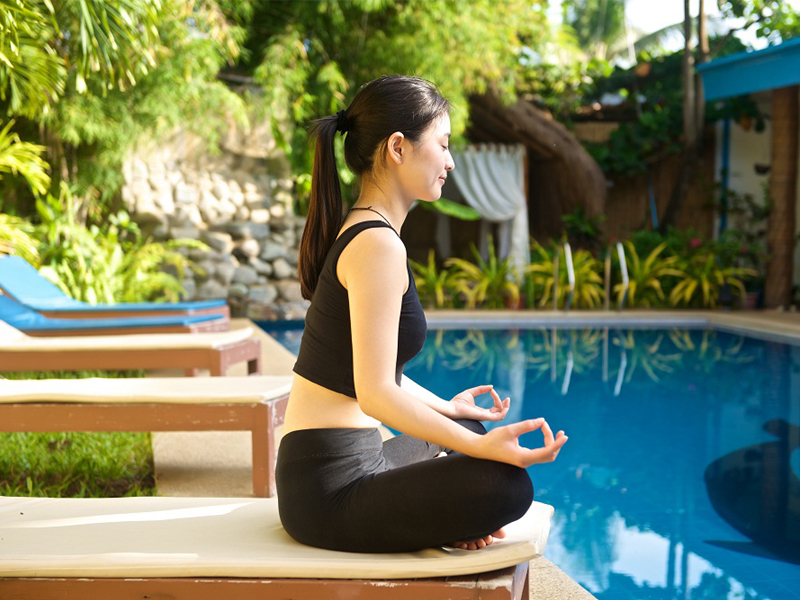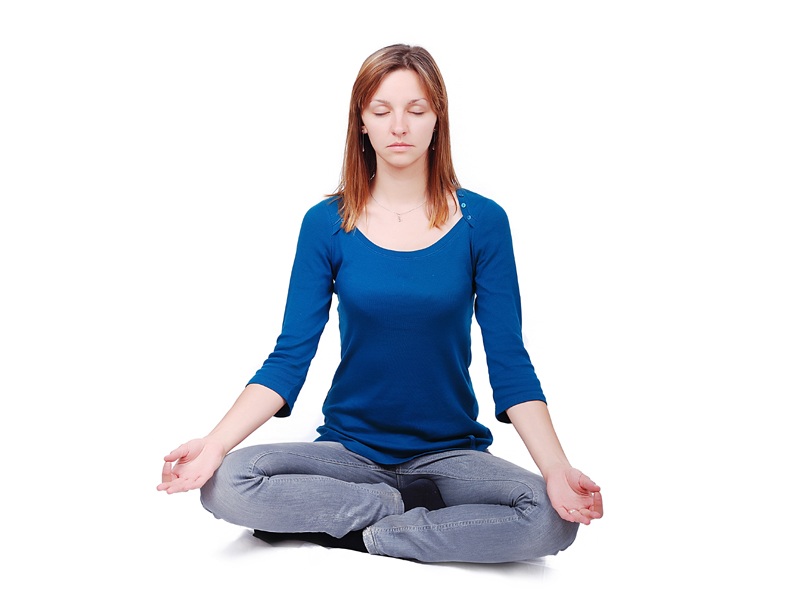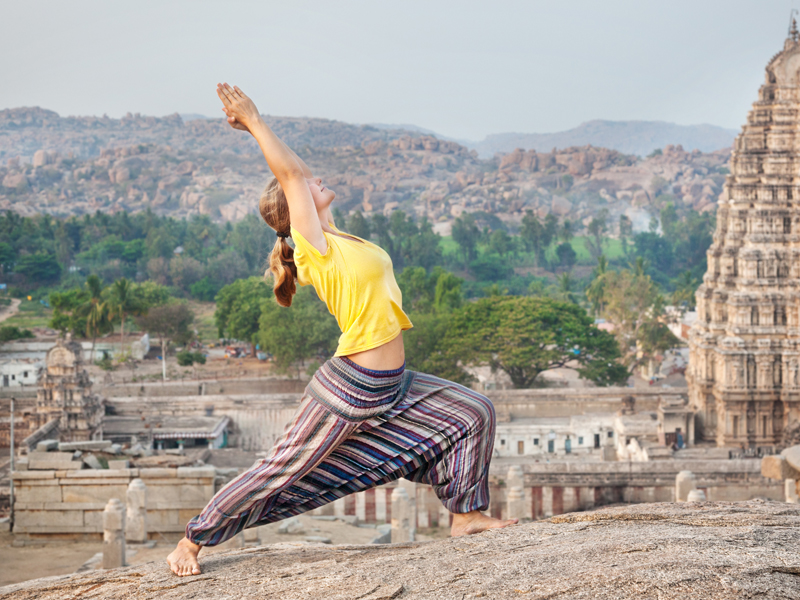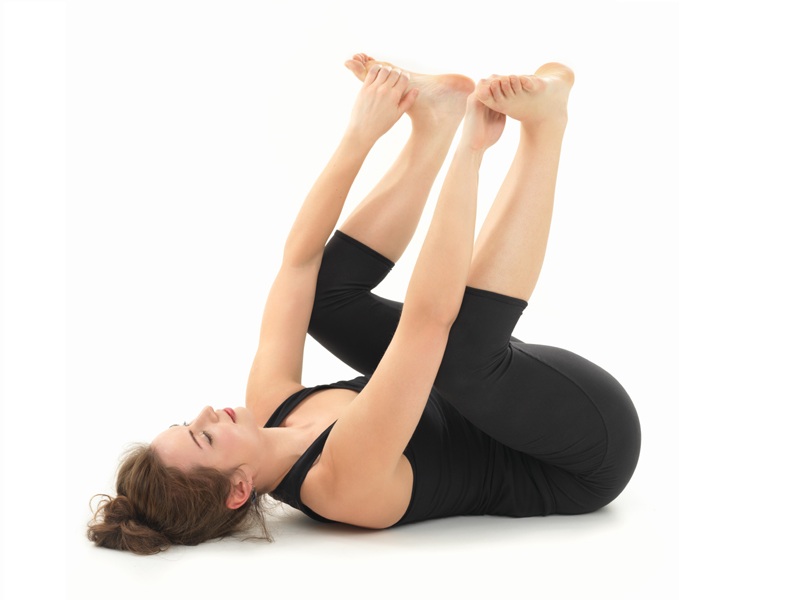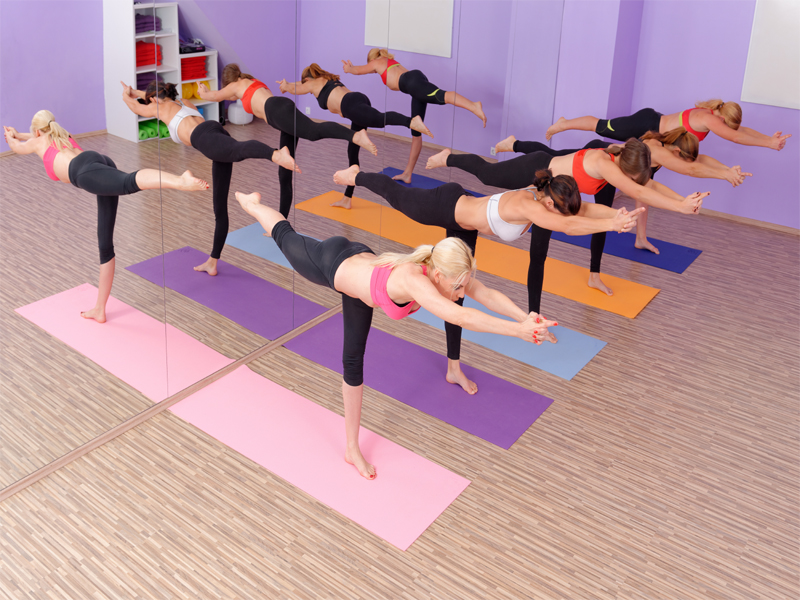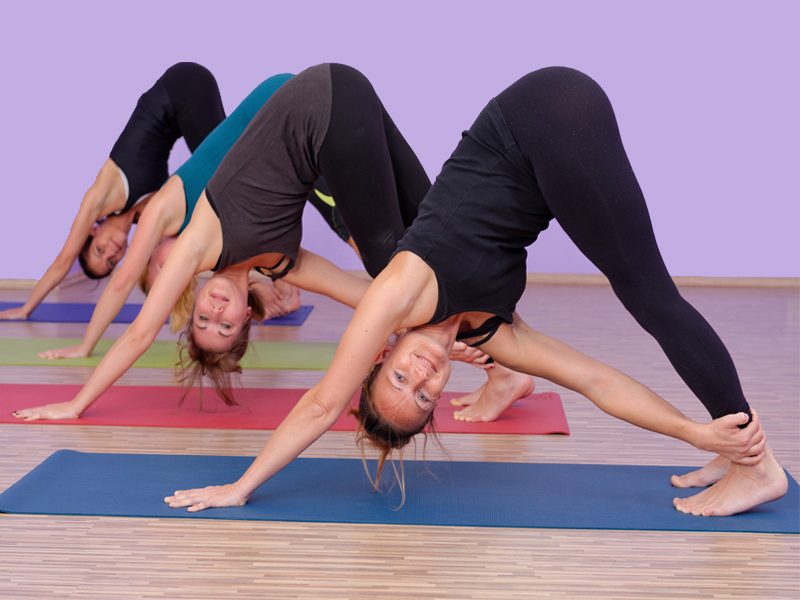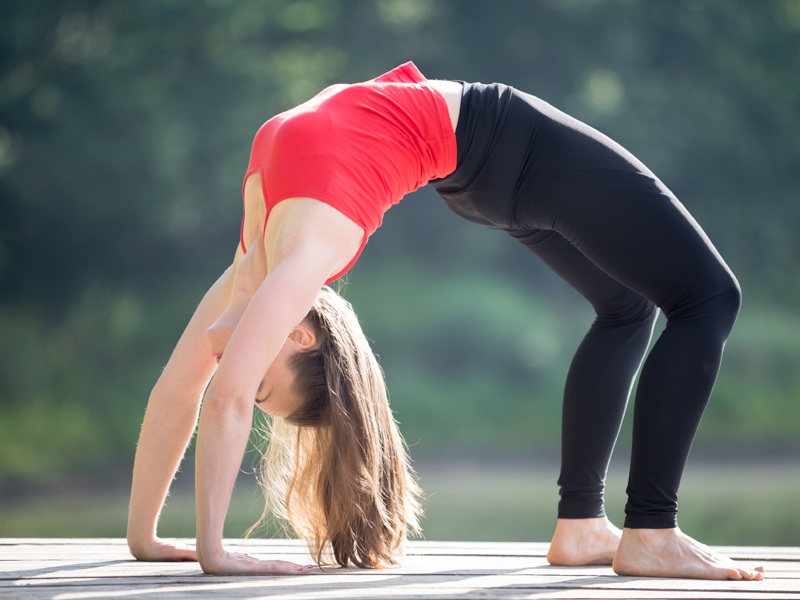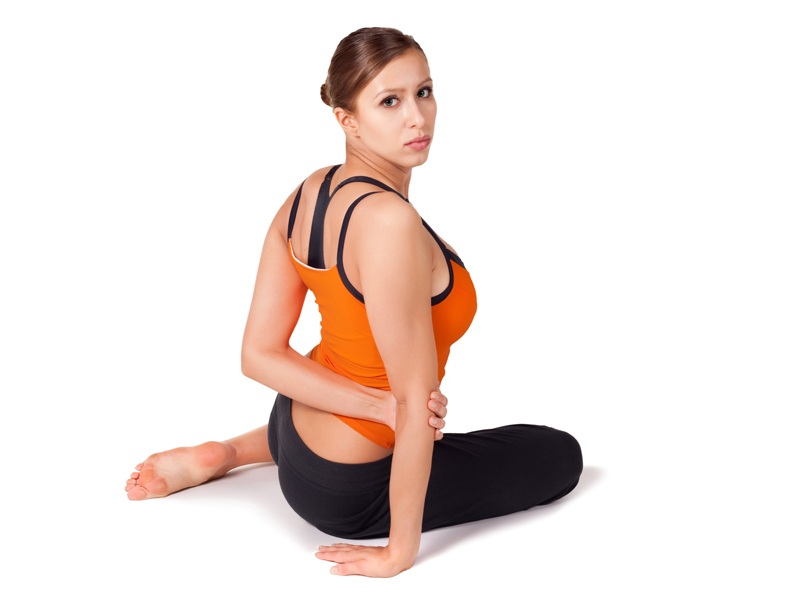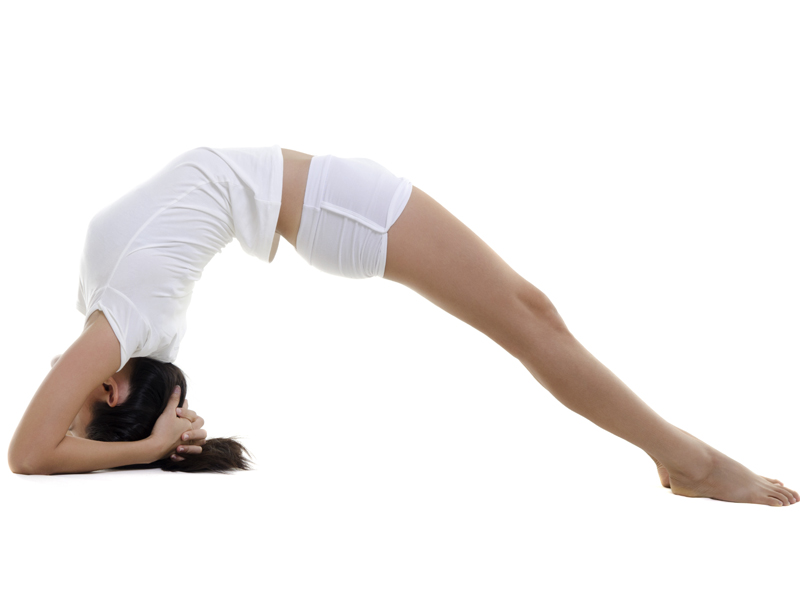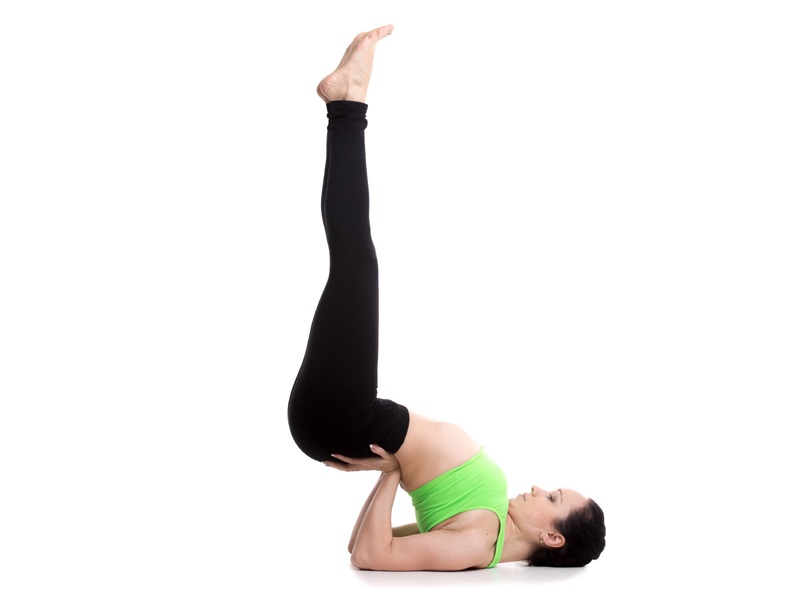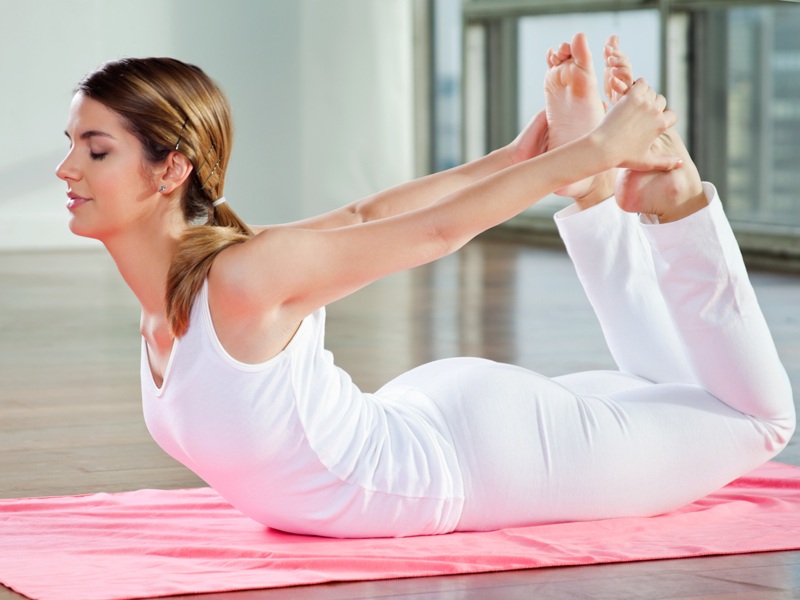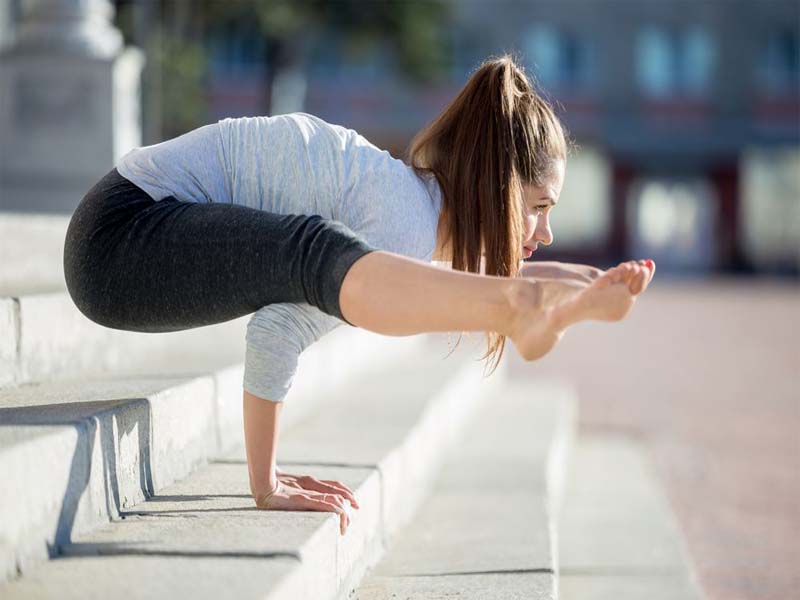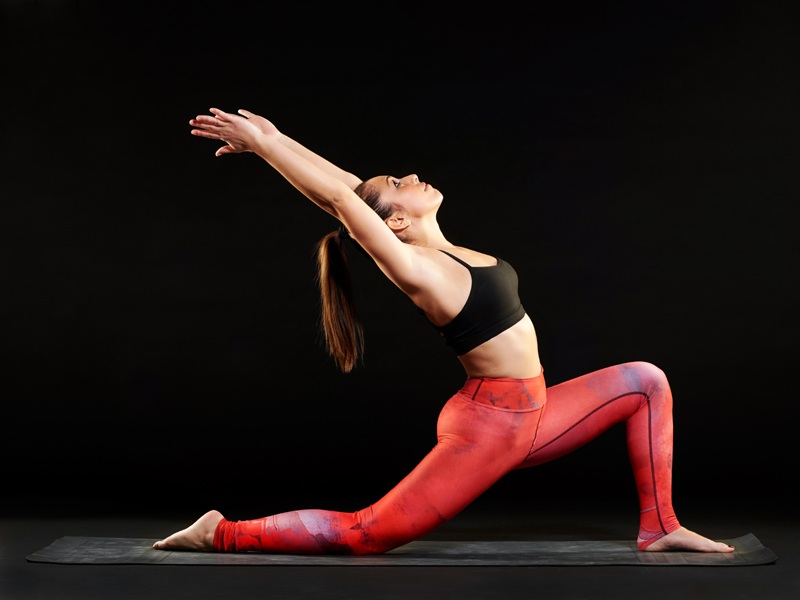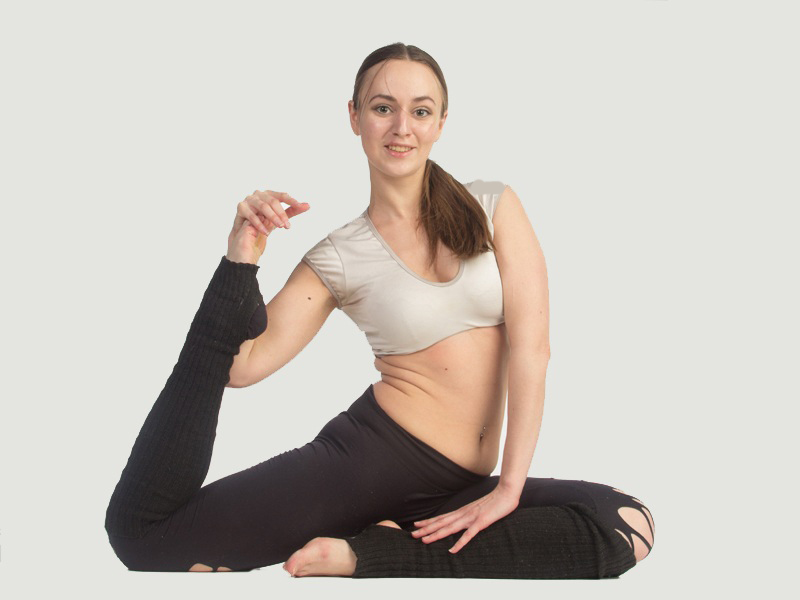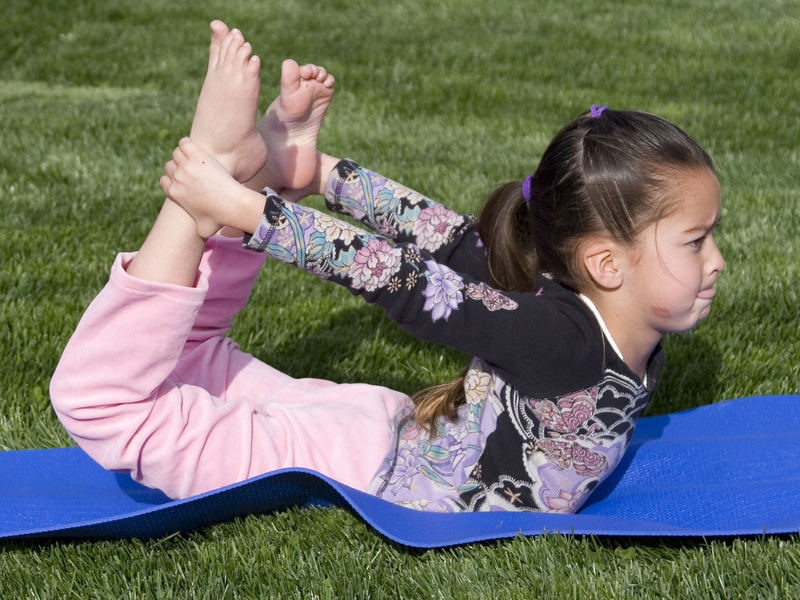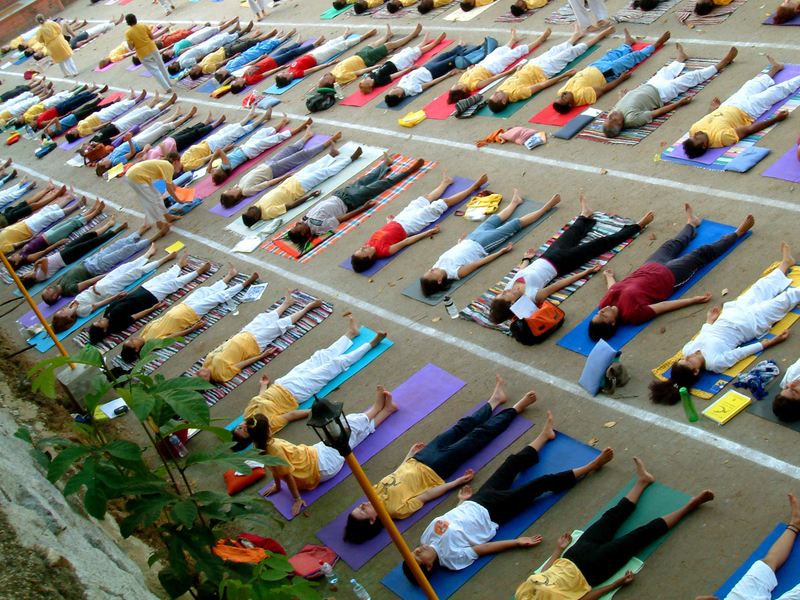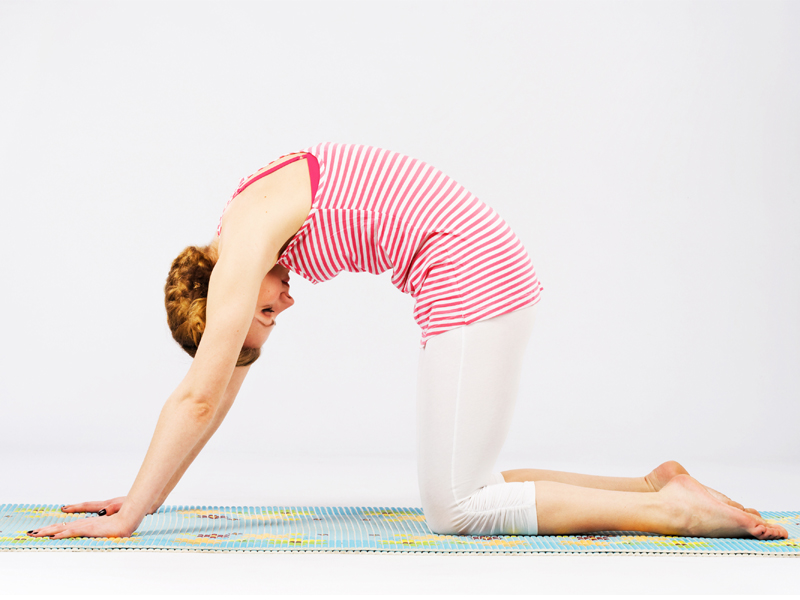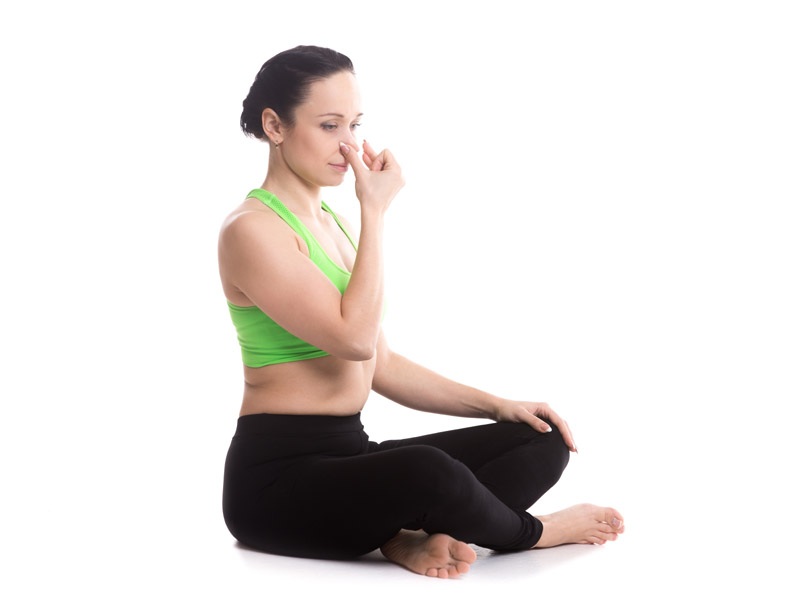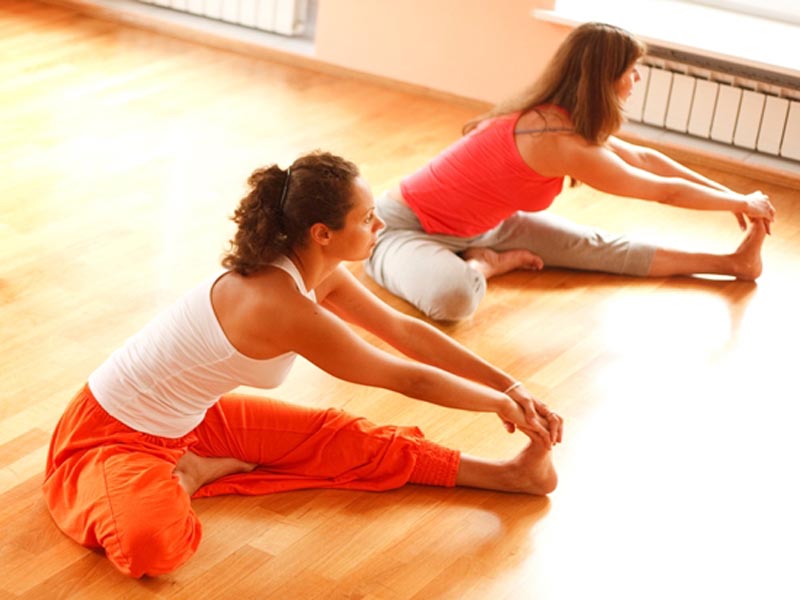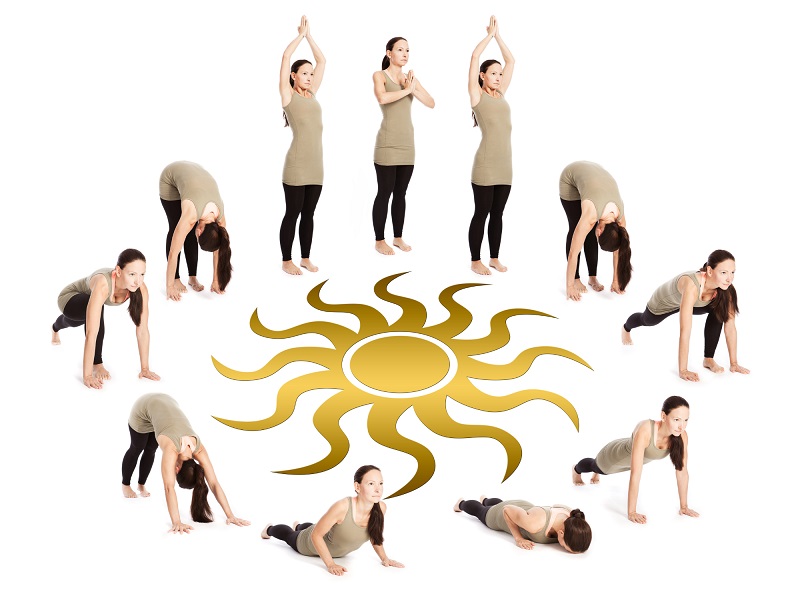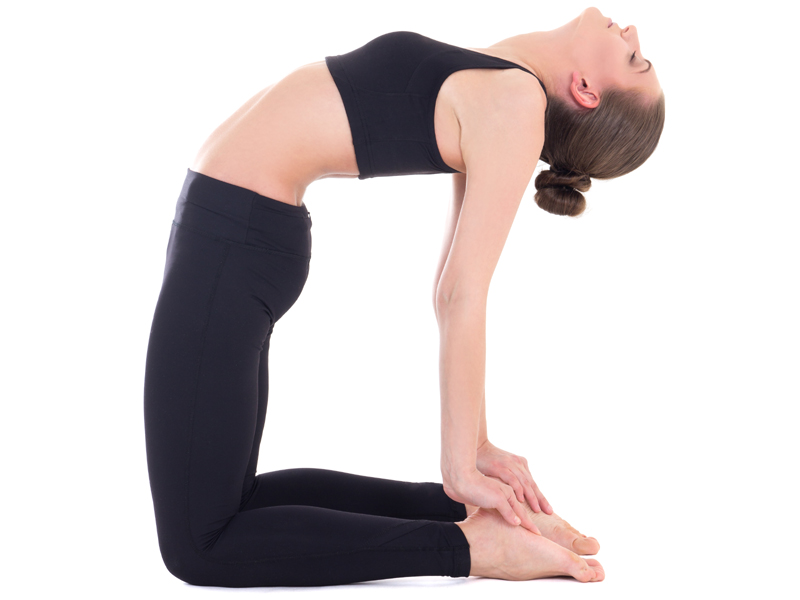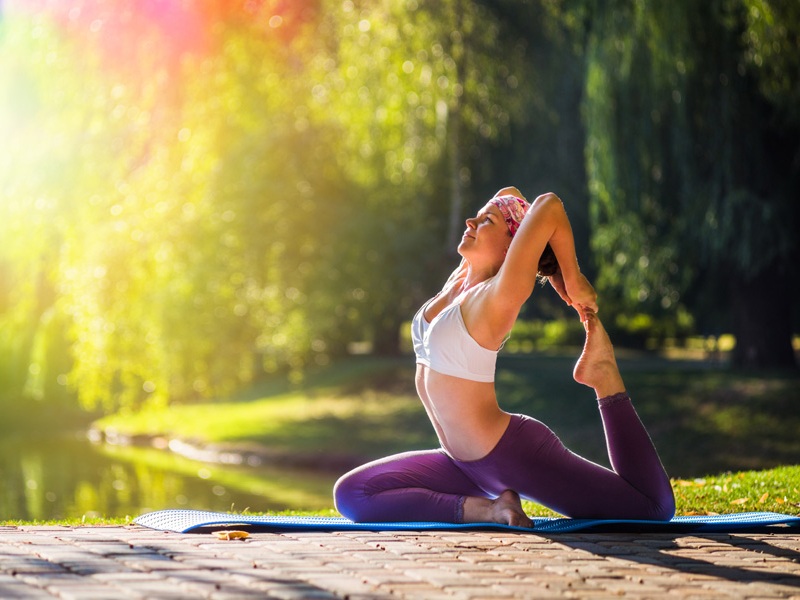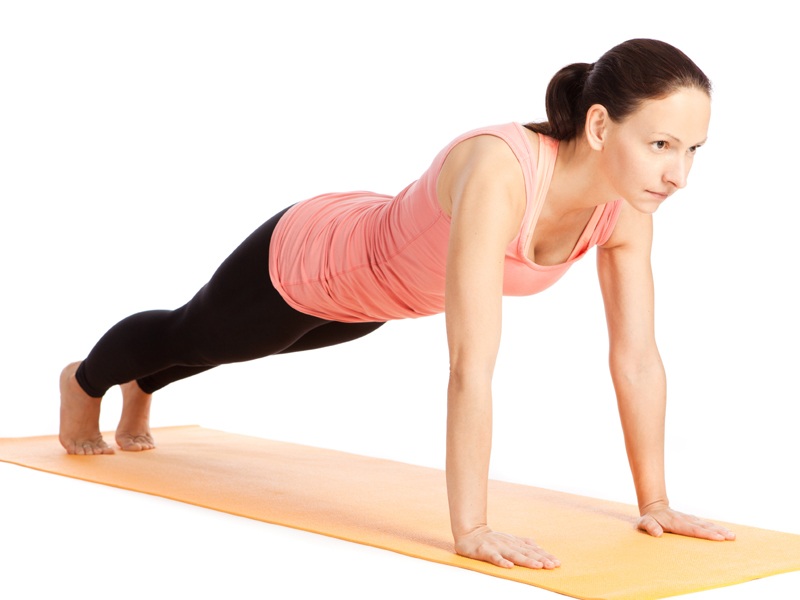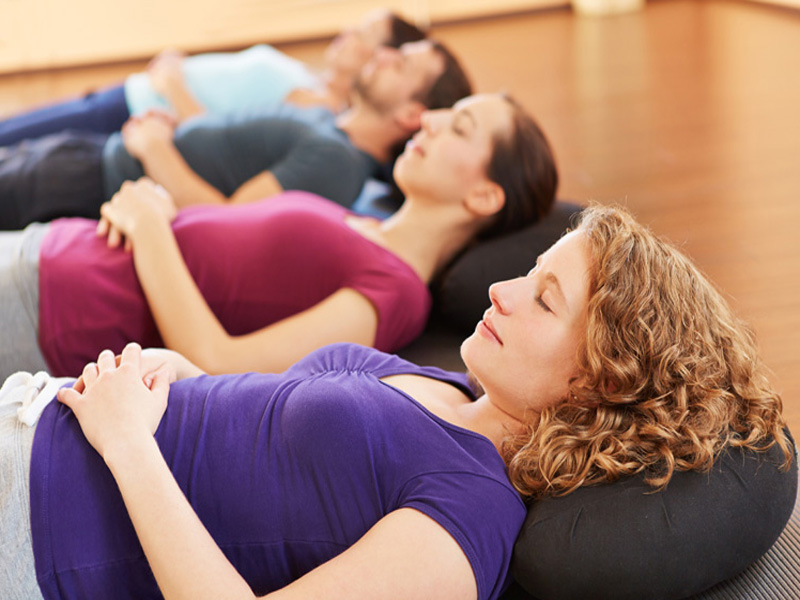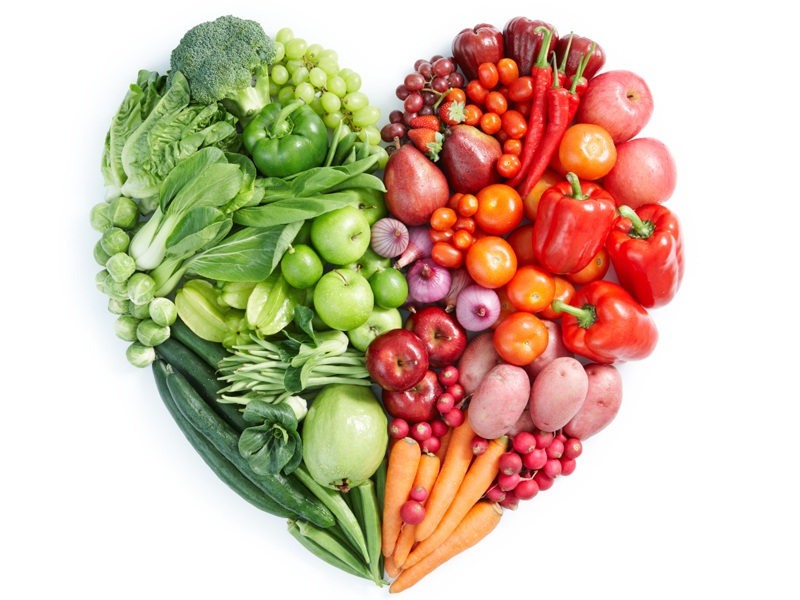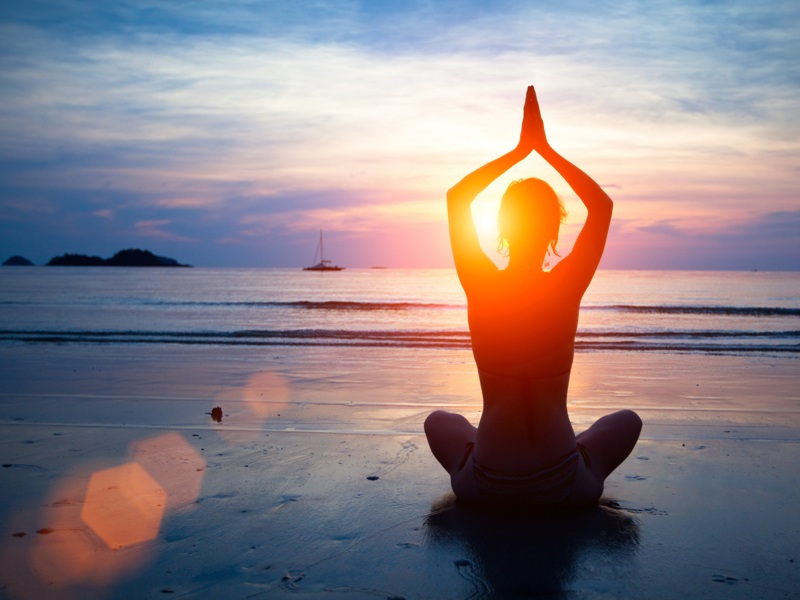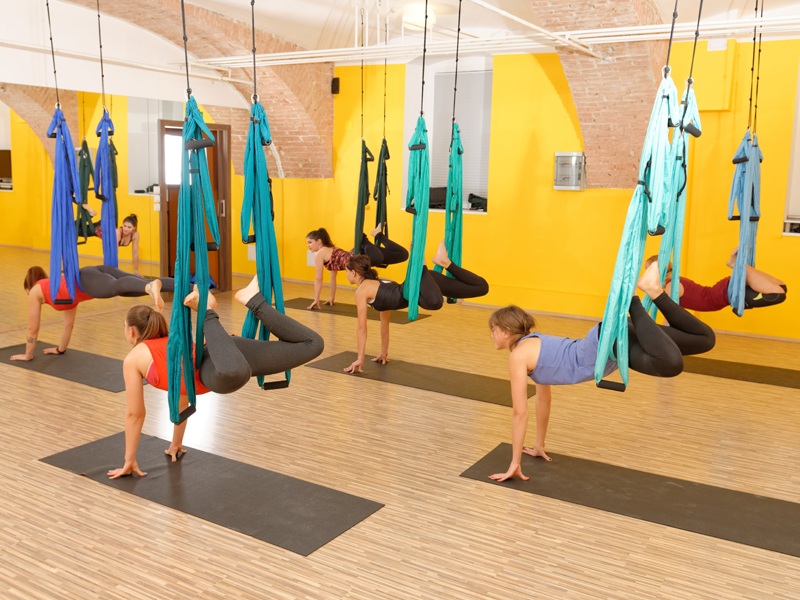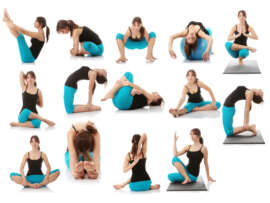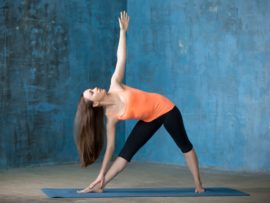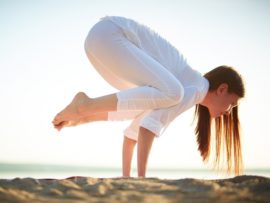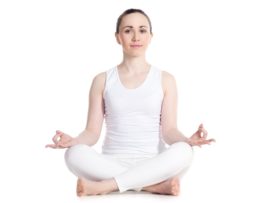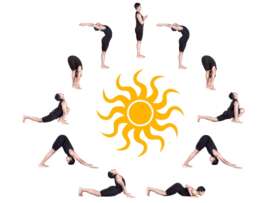Yoga is composed of postures, each offering its own benefits to the body and mind. However, not all Yoga postures are static in nature. Vinyasa Yoga is a form of Yoga which is opposite in nature to Bikram Yoga. Vinyasa Yoga, also called “Flow Yoga”, is made of a string of postures performed one after the other continuously. The unique feature of Vinyasa Yoga is that there is no defined or fixed sequence of postures. It can vary from time to time and hence, you will notice that no classes of Vinyasa Yoga session are the same. In this article, we shall learn about Vinyasa Flow Yoga, its benefits and tips to perform it well.
What Is Vinyasa Yoga and How Did It Originate?
Vinyasa yoga is a dynamic form of Yoga that does not consist of static Asanas but instead consists of one asana transitioning into another in a flow, like a dance. This interval of transition is equal to length of one inhale or exhale. So, basically, one need to synchronize breathes and moves. For this same reason, vinyasa yoga is also called as flow yoga. The best part about this form of yoga is its diversity and lack of a particular sequence or format. So, one can actually personalise it and enjoy it under some trained practitioner.
Vinyasa Yoga is originated from Hatha Yoga and was born from the Ashtanga School established by Sri Krishnamacharya. This was later embraced by the westerns and made it the most popular form of Yoga.
Forms of Vinyasa Yoga:
There are different forms of Vinyasa Yoga, those being:
- Anusara
- Ashtanga
- Bikram/Hot Yoga
- Forrest
- Jivamukti
- Moksha/Modo
- Power Yoga
This style of yoga was made popular by K. Pattabhi Jois. A standard vinyasa yoga session consists of 10 surya namaskaras. Sun Salutations is best done facing the sun during sun rise or early morning hours. It helps us soak in sun rays and get our daily punch of vitamin D. This asana when done regularly, leads to improved posture, stretches muscles and helps in losing unwanted flab. It helps in relieving anxiety. Then comes some standing asanas. This is followed by back-bending sequence and then a set of inverted asanas. Practice always ends with savasana.
Principles Of Vinyasa Yoga:
This style of yoga was made popular by K. Pattabhi Jois. A standard vinyasa yoga session consists of 10 Surya Namaskaras.
- Sun Salutations is best done facing the sun during sun rise or early morning hours.
- It helps us soak in sun rays and get our daily punch of vitamin D.
- This asana when done regularly, leads to improved posture, stretches muscles and helps in losing unwanted flab. It helps in relieving anxiety.
- Then comes some standing asanas.
- This is followed by back-bending sequence and then a set of inverted asanas.
- Practice always ends with Savasana.
- In the back bending asanas, the flow is from ‘Phalakasana’ or ‘plank’ to ‘Chaturanga Dandasana’ or ‘low plank’ to ‘upward-facing dog’ to ‘downward-facing dog’ asana.
- The breathing style practiced with Vinyasa Yoga is ‘Ujjayi’.
- This breathing technique is relaxed breathing marked by a resonating sound in the practitioner’s throat.
- Vinyasa and Ujjayi lead to heating up of body and thus, making the person sweat.
- This leads to flushing out of toxins from body.
- There is also another component of Vinyasa Yoga called ‘Bandha’ that involves contractions or muscles to be synced with the breaths too.
[Read: The Best Yin Yoga Sequence for Beginners]
How To Do Vinyasa Yoga Step By Step?
Check out the step by step process of Vinyasa Yoga For Beginners:
1. Plank Pose:
This Asana is called the Palakasana or the Plank Pose. Palakasana works wonders to the torso region by tightening the abdominal muscles. It also helps in strengthening the wrist and hand muscles to make them flexible. If you want strong biceps, this is one of the best asanas.
How To Do:
- Come in push up position.
- Spread your fingers wide apart.
- Keep the arms are straight.
- Keep your spine straight so that legs, hips and torso are aligned in one straight line.
- Press the head forward and press the heels back.
- Release the asana by folding your knees in child pose.
Benefits:
- Strengthens neck and hand muscles
- Offers strength to spinal muscles
- Alleviates back and neck pain
- Tones Buttocks
2. Low Plank Pose:
Low Plank Pose or Chaturanga Dandasana is similar to the plank pose, but the difficulty level is slightly high. This is one of the best asanas to tighten your arms, torso, neck and back muscles. It also helps in giving you good body balance and maintaining posture.
How To Do:
- Lie on the ground and form the plank pose
- Exhale and place your body parallel to the ground supported by your palms and toes
- Ensure your elbows are in a right angle to your shoulders
- Maintain the posture for 15 seconds
- Get back to original position
Benefits:
- Strengthens arms and wrists
- Boosts metabolism
- Tones abdominal muscles
3. Urdhva Mukha Svanasana:
This pose is also called the Upward facing Dog Pose. This is one of the traditional poses in sun salutations or the Surya Namaskarams. This pose can help in strengthening spine and toning the muscles in the abdomen. Check out the steps to perform this asana:
How To Do:
- After chaturanga, make a transition so that you lie on your stomach.
- Bring your spine into extension and face upwards.
- Make the tops of the feet and toes to come in contact with the floor and spread the toes.
- Place your hands and fingers spread wide close to your chest.
- You may also bring shoulder blades towards each other.
Benefits:
- This asana helps in improving the posture
- It can stretch and strengthen the spine and abdominal muscles
- This is also great for people who suffer from asthma, as it opens up the chest muscles.
[Read: How to Do Samadhi Yoga]
4. Adho Mukha Svanasana:
It means to be in a pose like a dog with head facing downwards. The Dog Pose improves flexibility of your spine, stretches the muscles of back. Again, this Yoga Asana should not be performed if you have serious back pain or injury.
How To Do:
- Place your hands on the floor shoulder width apart. Then press your palm down.
- Align your knees in line with your hands and your feet in line with your knees.
- Heels of the feet are to be turned slightly out.
- Keep the knees behind your shoulder line.
- Then, lengthen your spine, breathe out and lift your knee up.
Benefits:
- It improves blood circulation
- This asana helps in proper digestion
- It can aid in toning the abdominal muscles
5. Cat/Cow Pose:
In cat-cow stretch asana, that is said to improve spinal flexibility and strength, each moment is done in sync with inhalation or exhalation. The spine is arched on an inhale and rounded on an exhale. This asana helps in maintaining posture of the body and enabling better control of breath.
How To Do:
- Kneel down on a Yoga Mat
- Place your palms on the ground and get into four legged position.
- Inhale slowly and lift your chin up and fix your gaze on the ceiling
- This is the cow pose
- Now exhale slowly and round your back facing the ceiling
- Repeat this for 10-20 times.
Benefits:
- Helps in warming up the body
- Stretches the muscles in back, torso and abdomen
- Alleviates stress and helps in maintaining calm
Benefits Of Vinyasa Yoga:
With regular practise, Vinyasa Yoga can offer great benefits to the body like:
- Strengthens arms and tones your biceps
- Enables better control of inhale and exhale movements
- Helps in opening up our mind
- Creates self-awareness
- Aids in weight loss
- Alleviates stress and tensions
Precautions and Contraindications:
Vinyasa Yoga is a next level Yoga and cannot be performed by beginners, without gaining knowledge on the basic Bikram Yoga poses:
- If you are suffering from back and spinal issues, it’s better to stay away from Vinyasa Yoga
- Unless you learn how to control your breath, performing Vinyasa Yoga can be exhausting and cause breathlessness
- You need to understand your pace before trying to catch up with others
- Begin slow to train your body
[Read: Simple Tips To Start Your Sadhana Yoga]
Vinyasa Yoga is best performed in groups with an instructor supervising your postures. This form of Yoga is extremely strenuous to the body and can be exhausting. You need to learn each posture separately with the techniques of inhalation and exhalation. Beginners might feel a little overwhelmed with Vinyasa Yoga, and end up taking shorter breaths. However, you need not worry about gaining perfection. Start slowly to master the techniques and perform these asanas seamlessly over a period of time.


